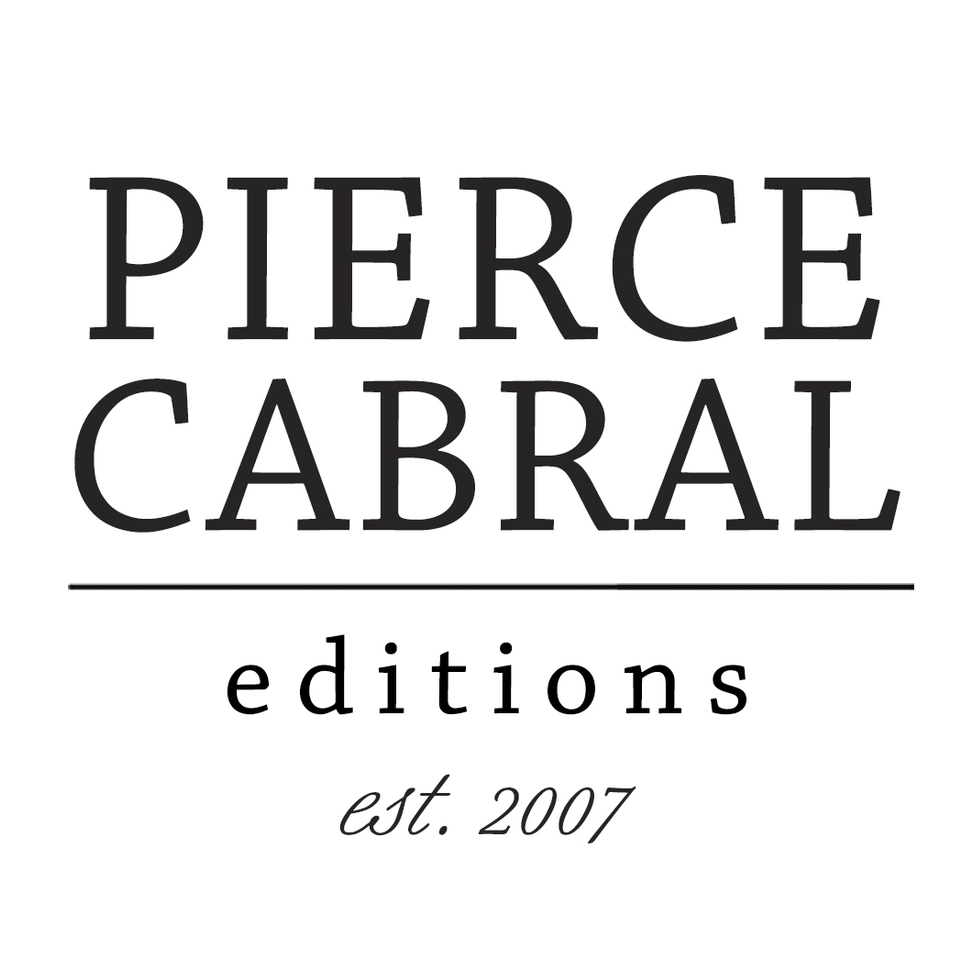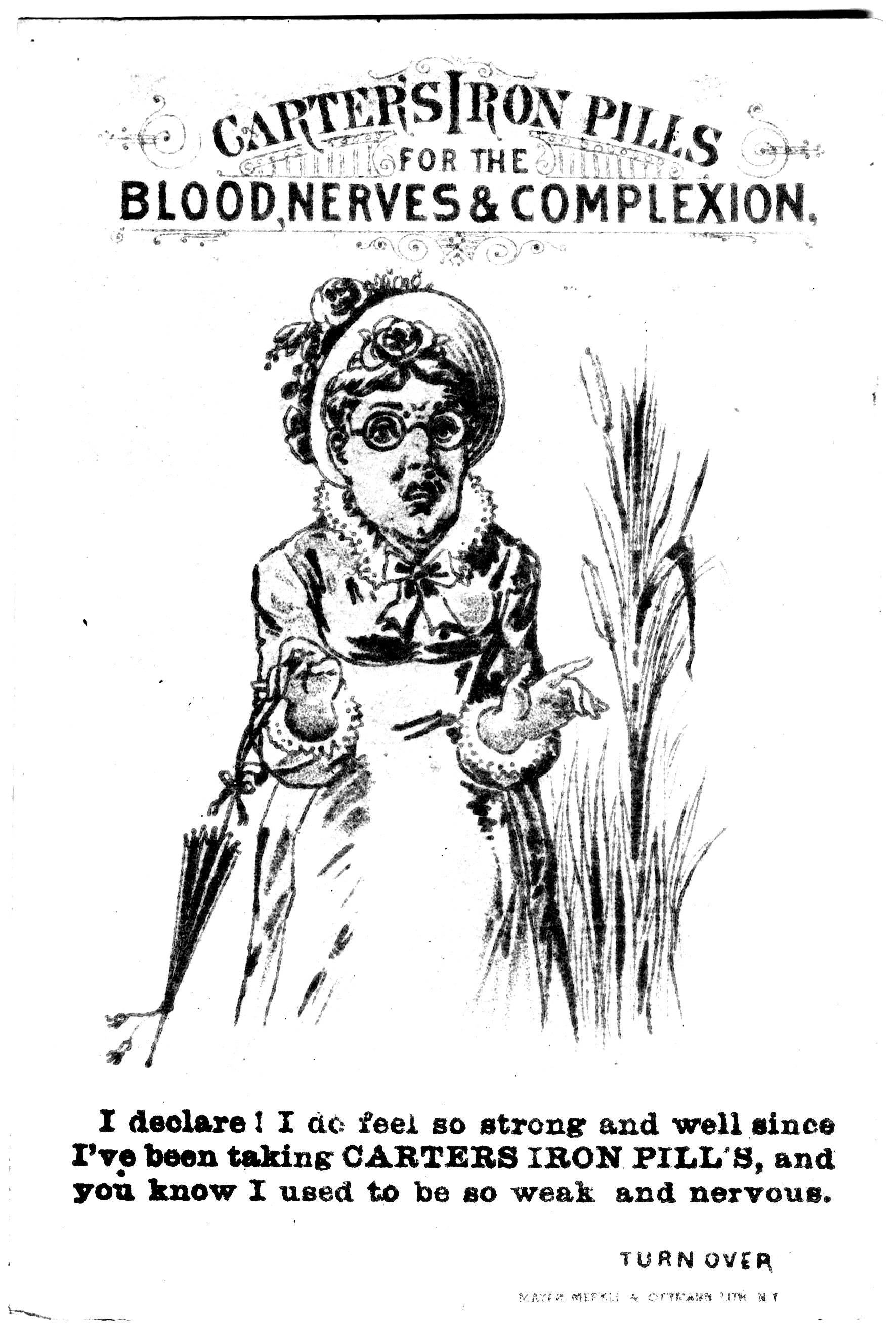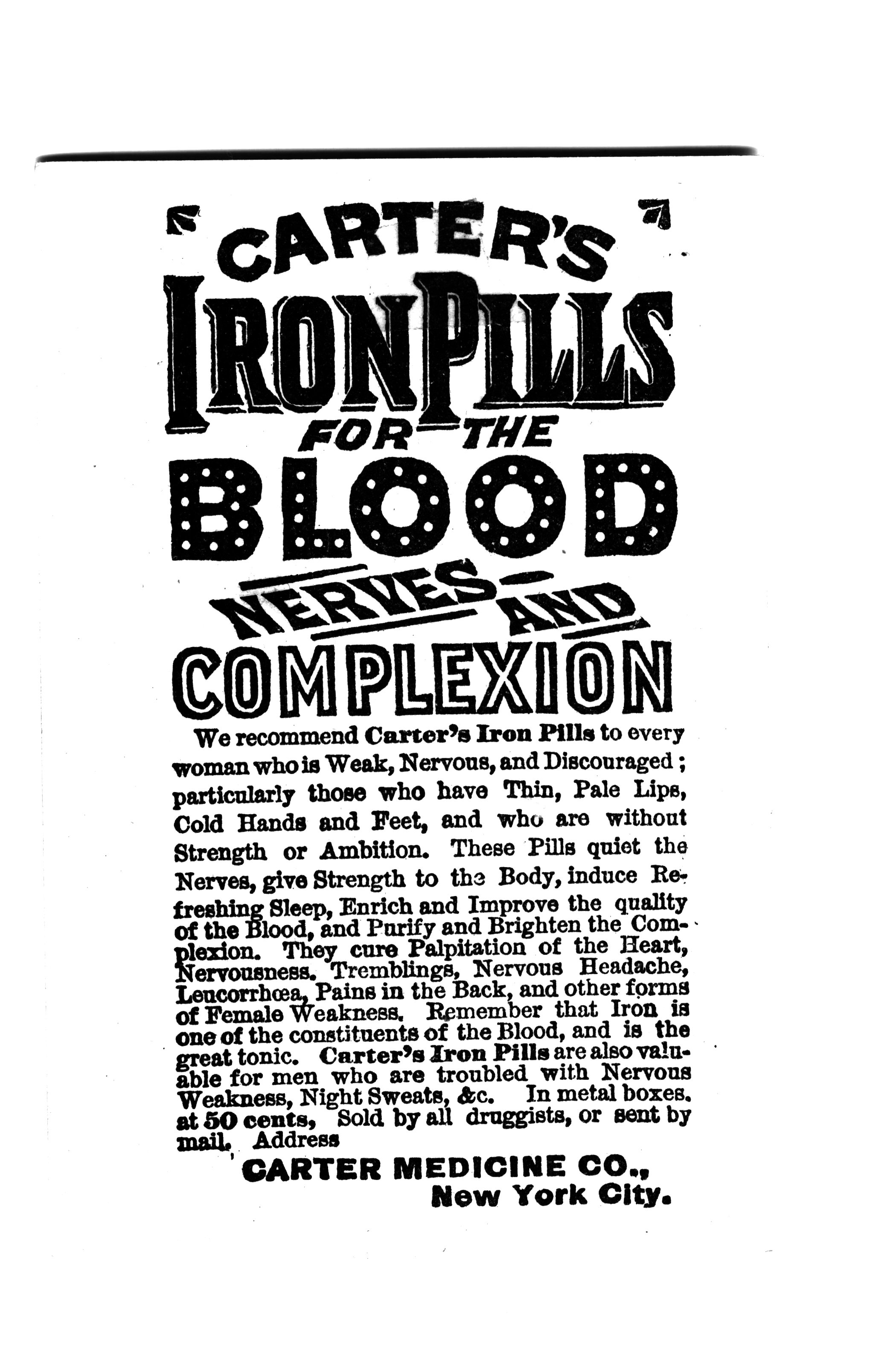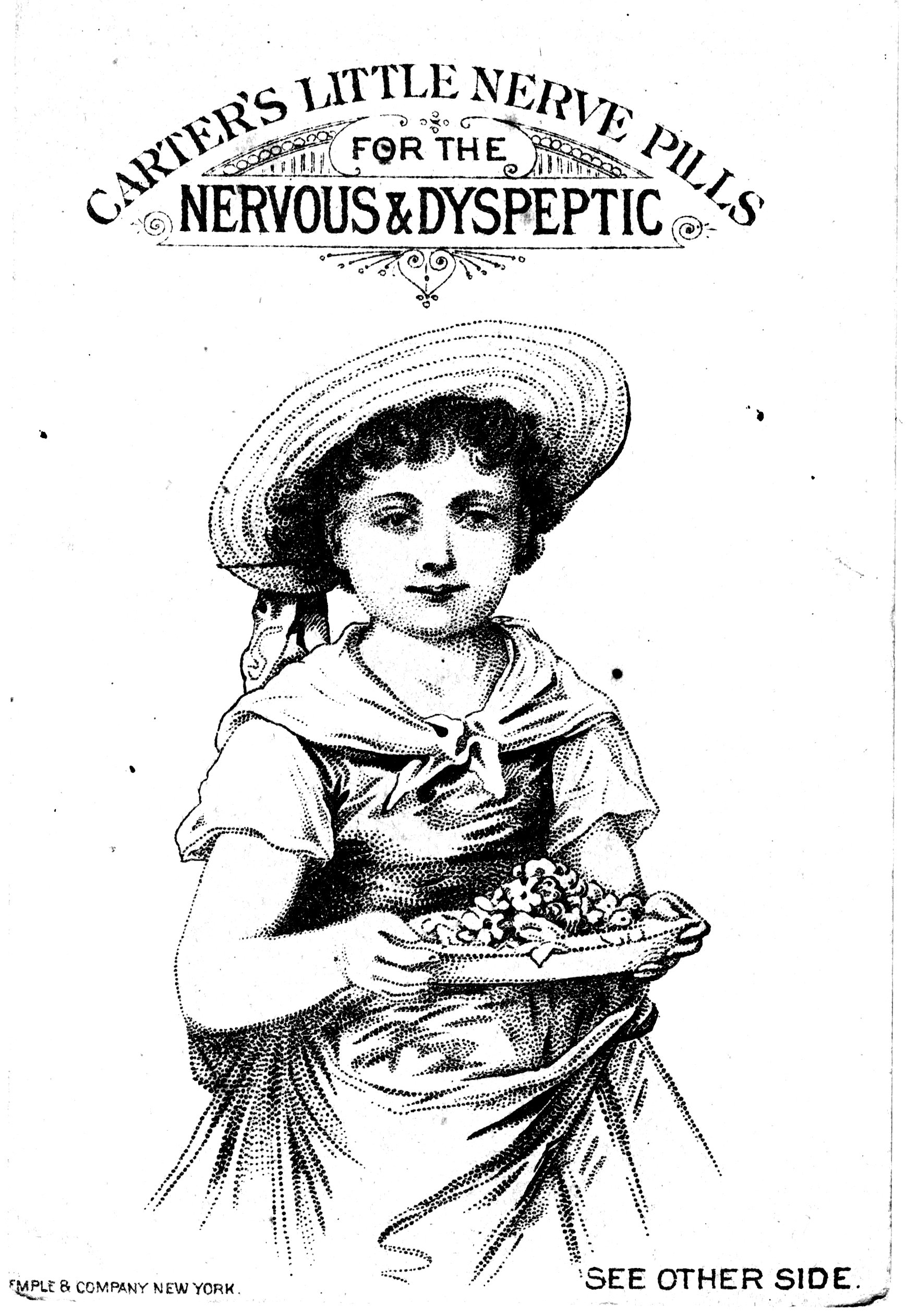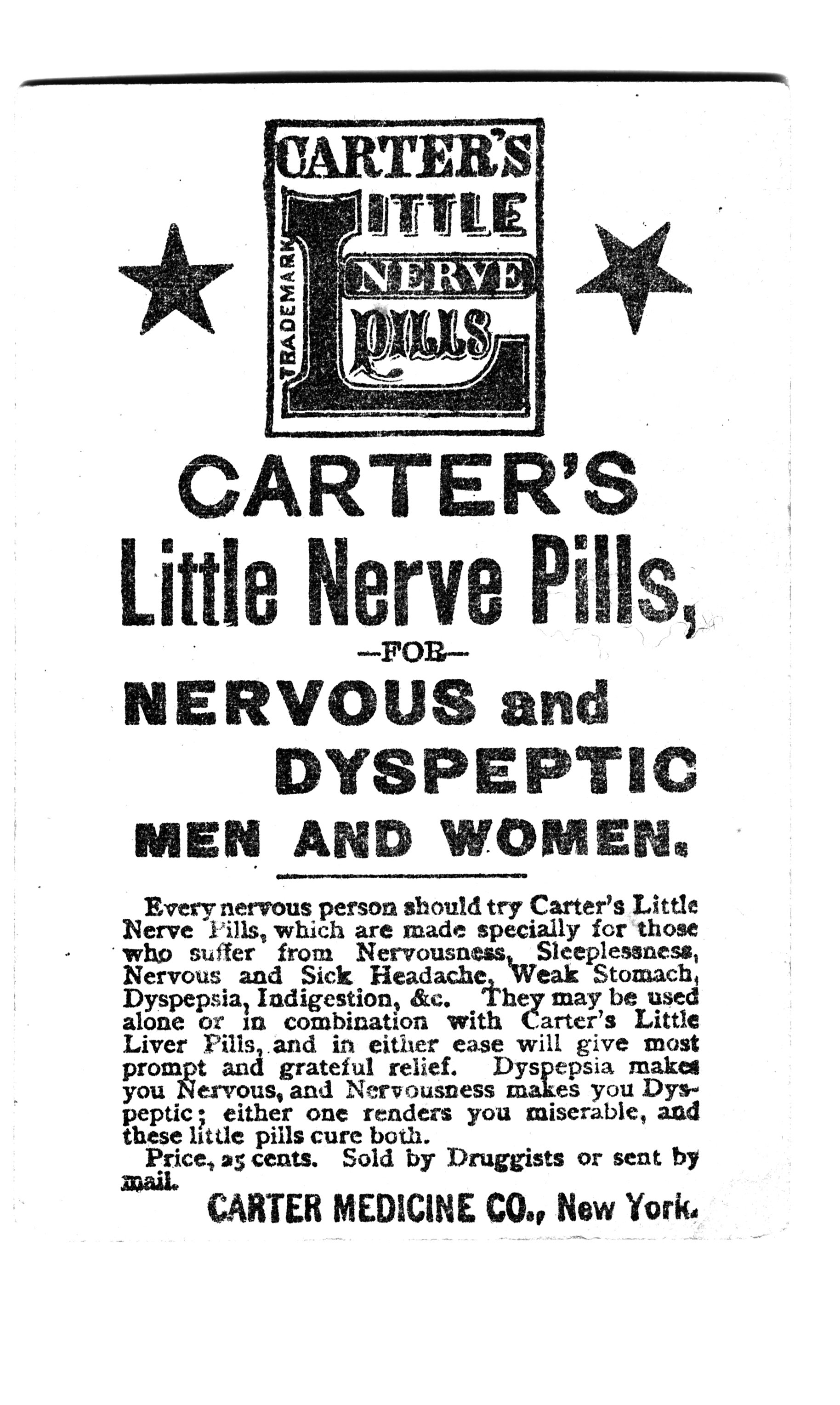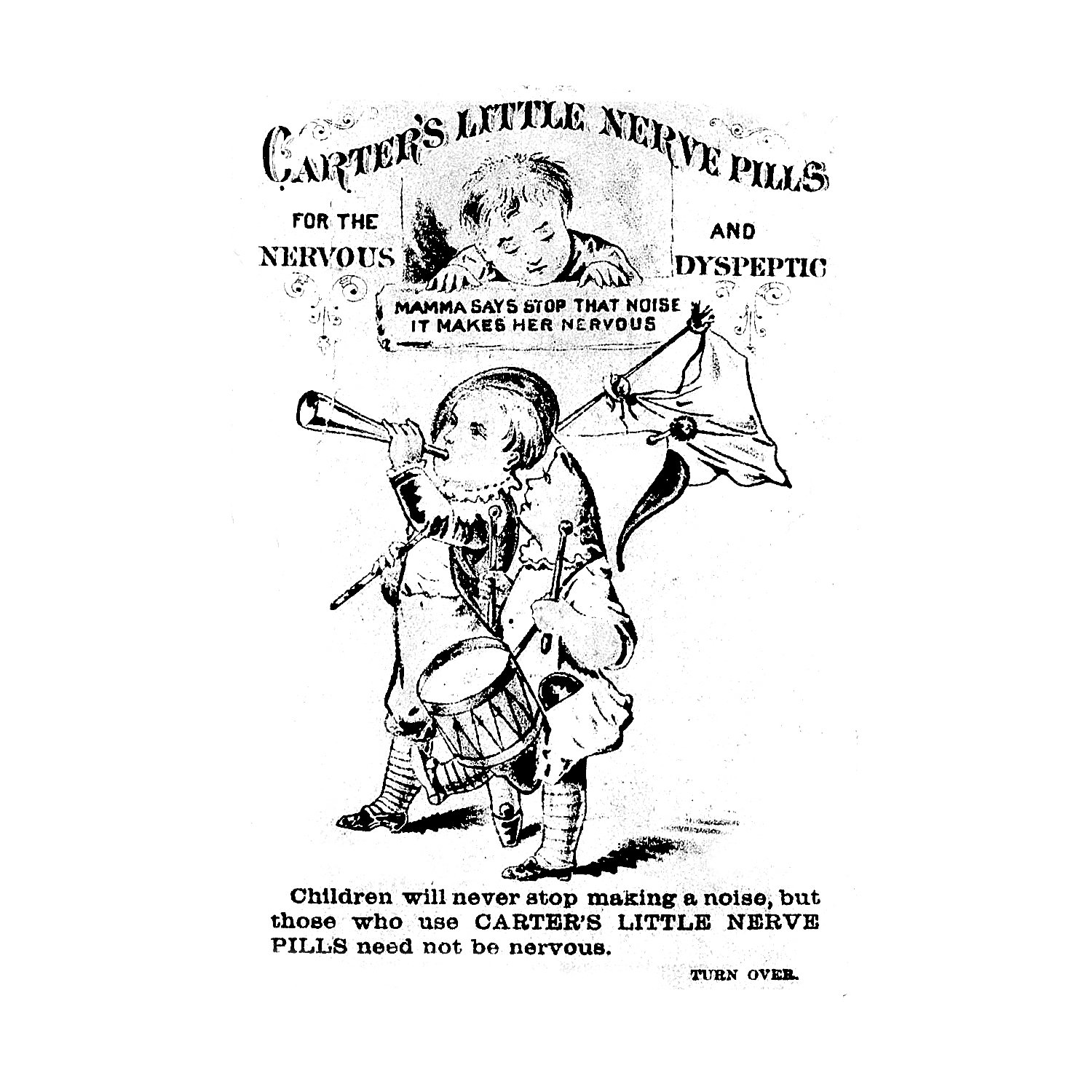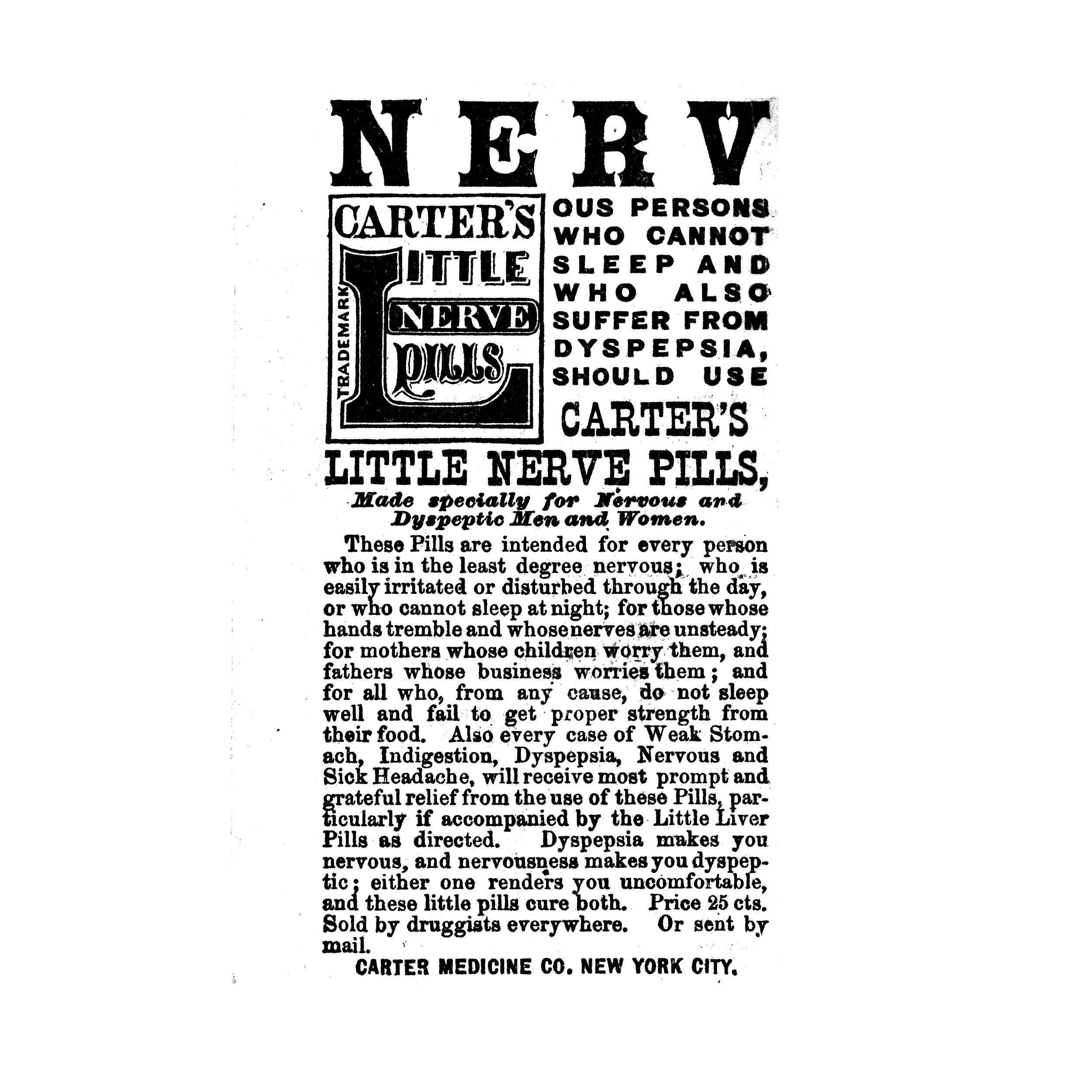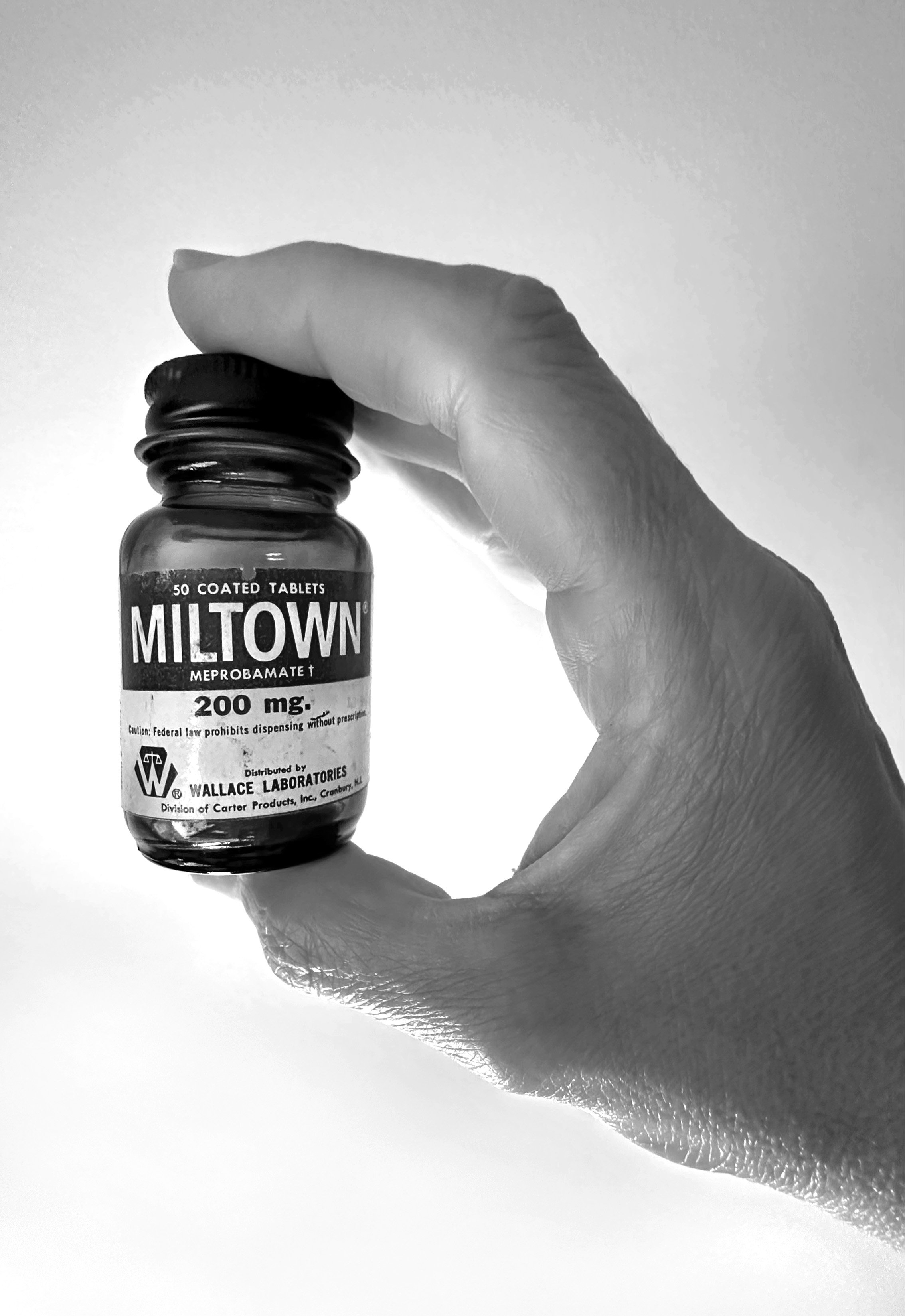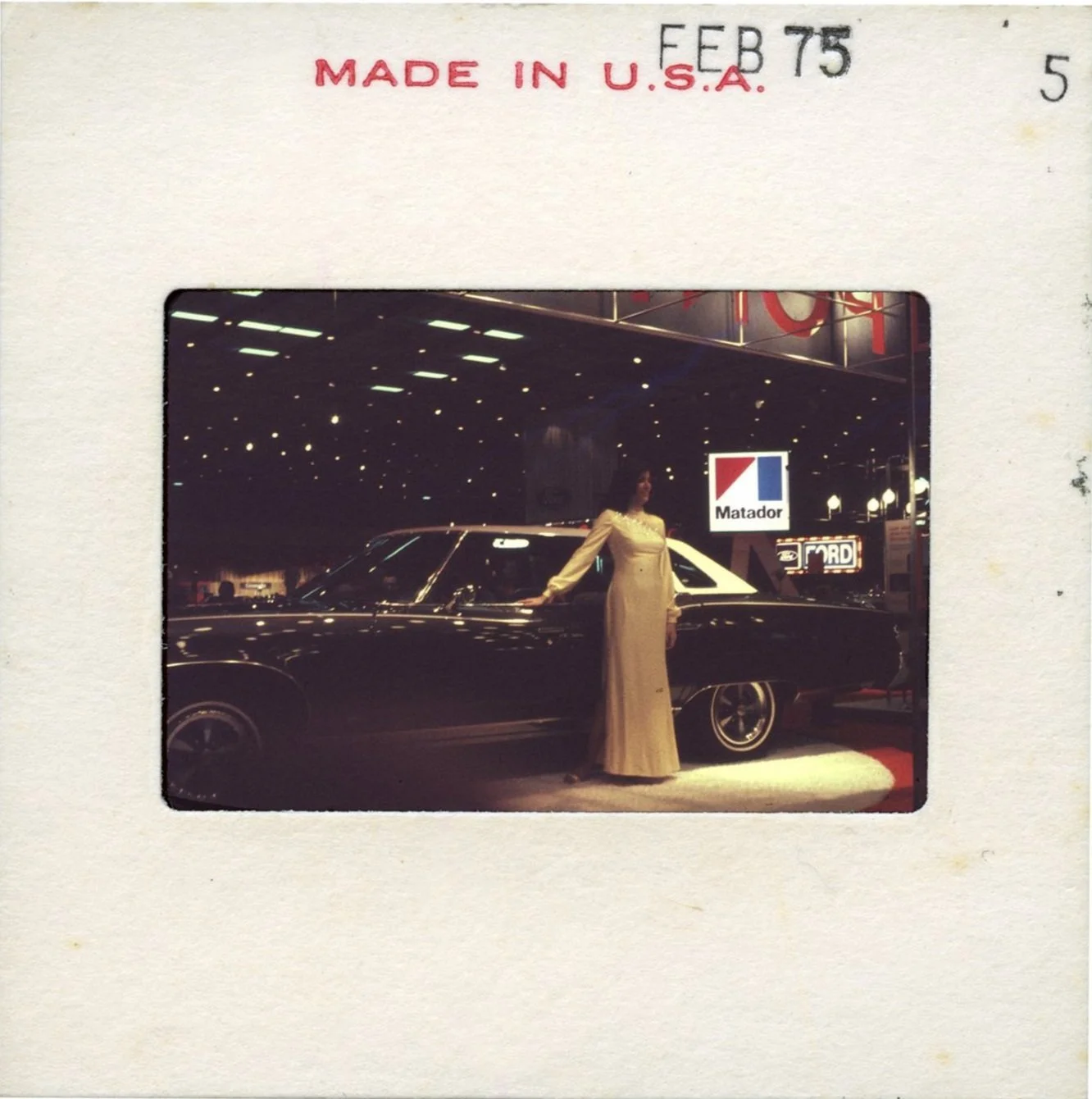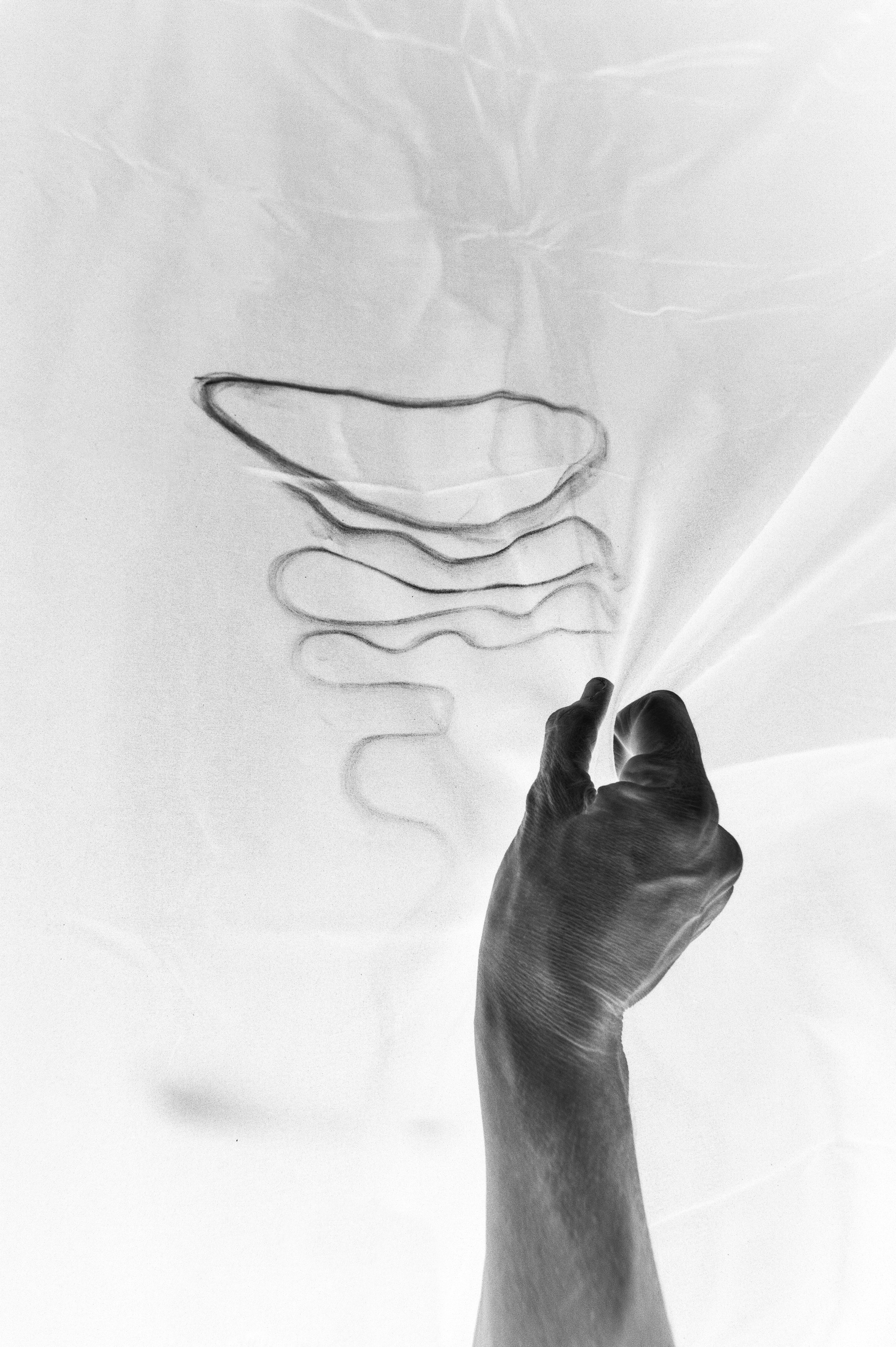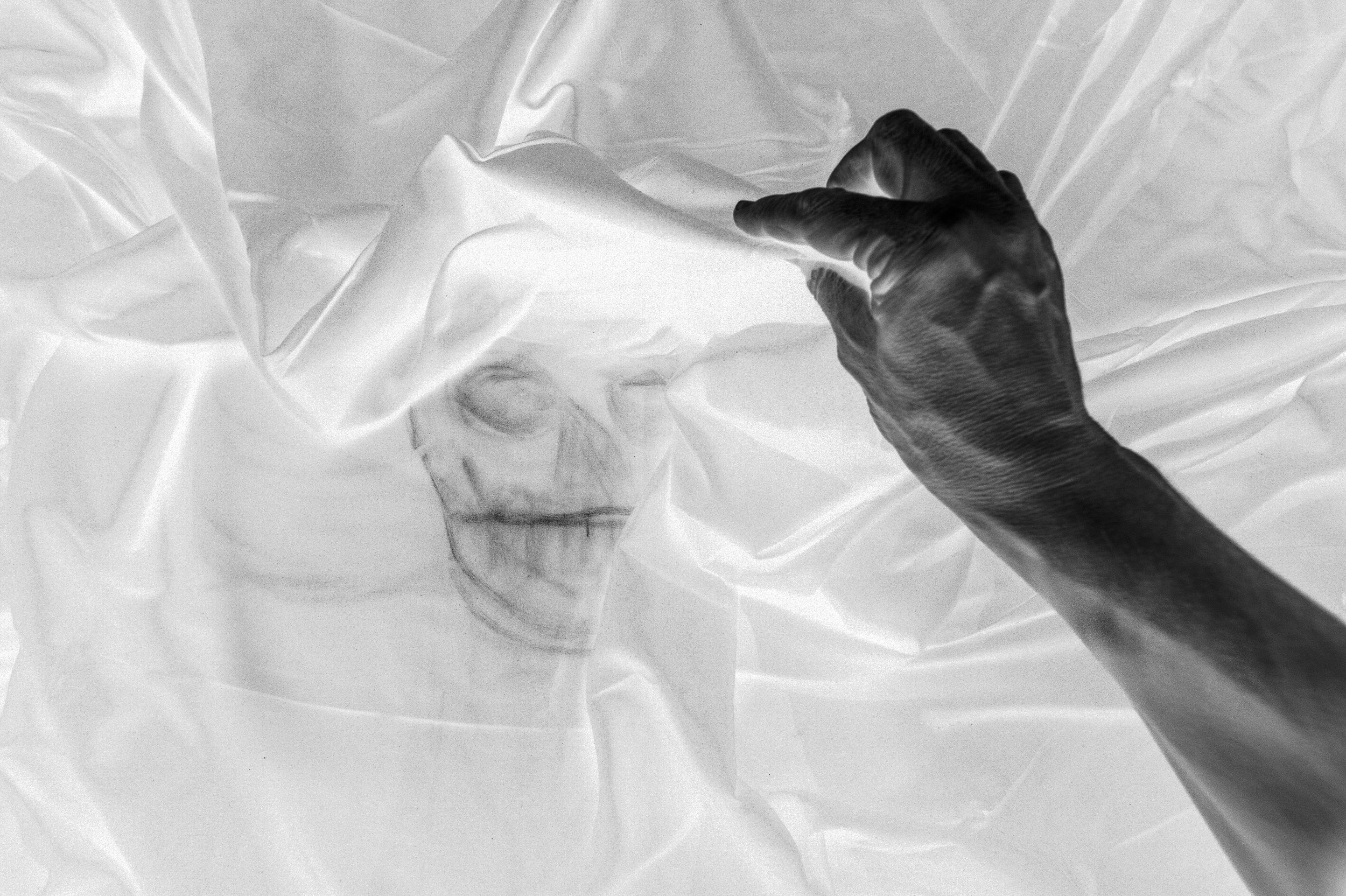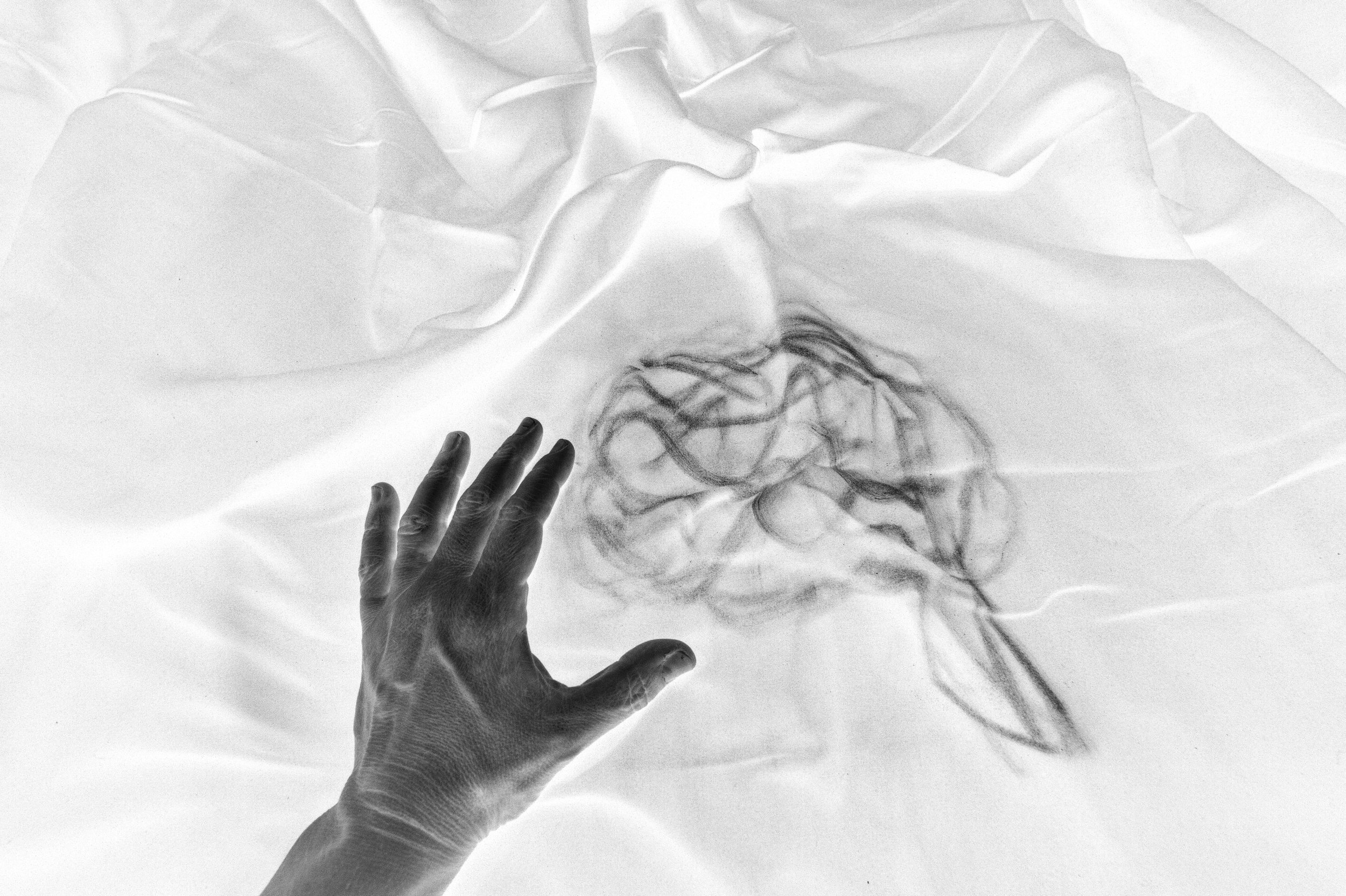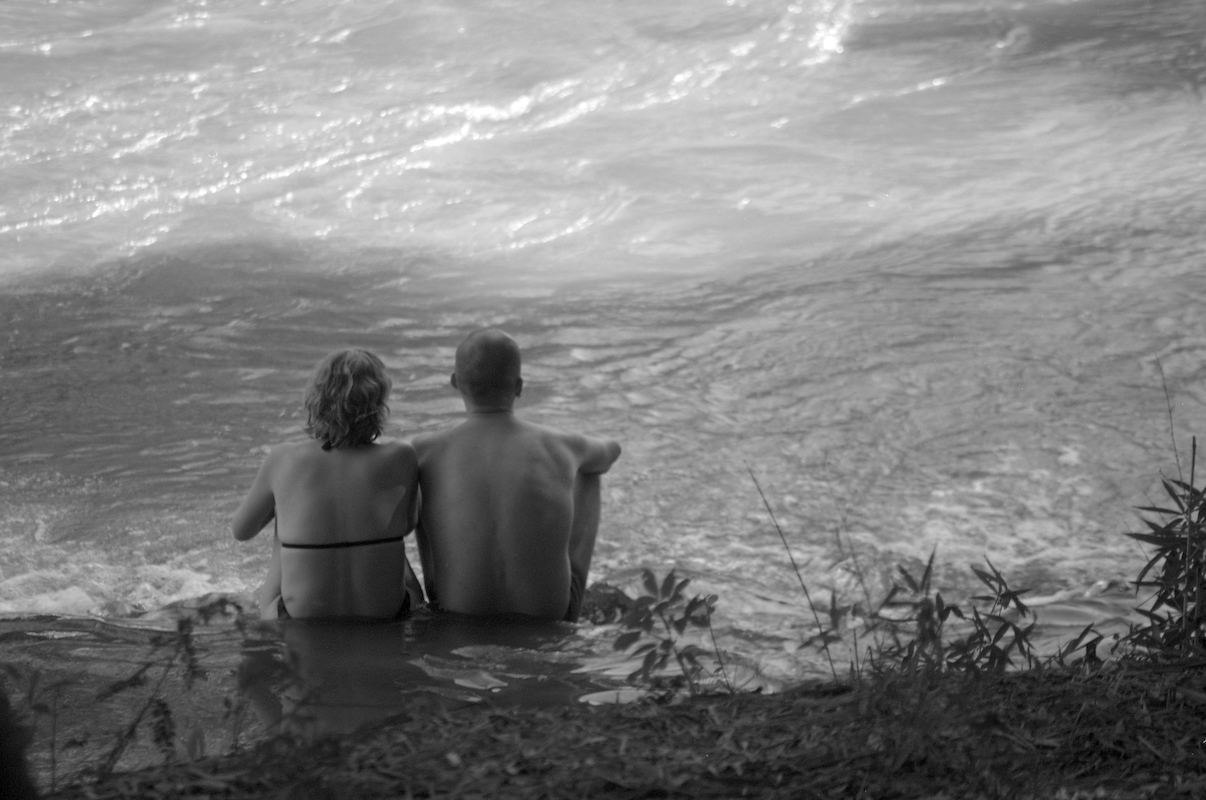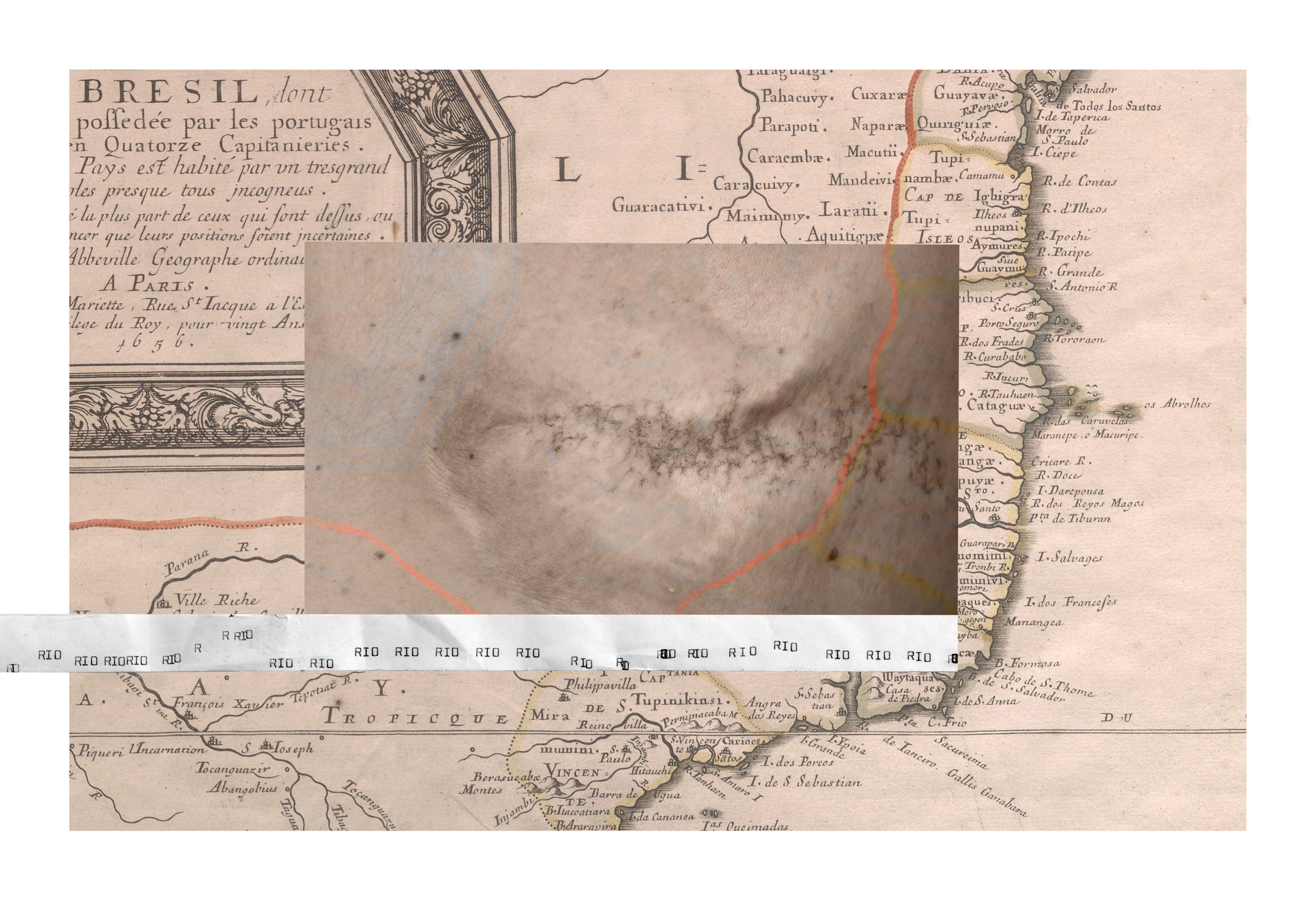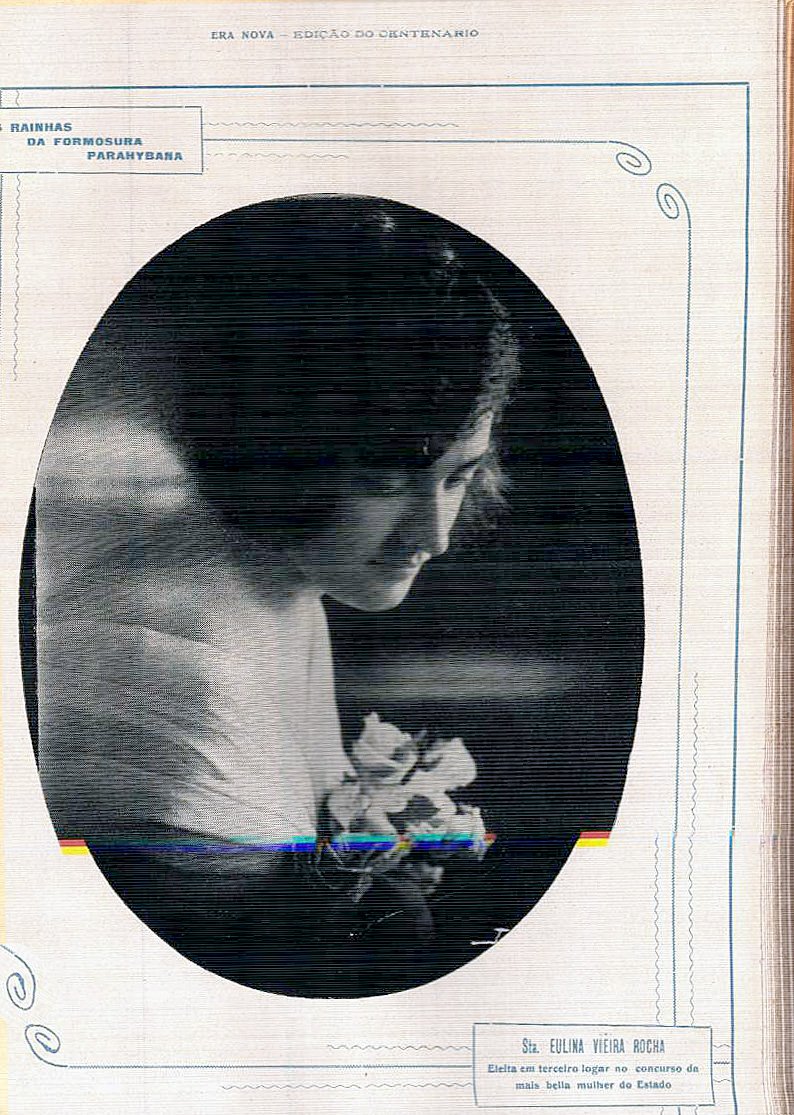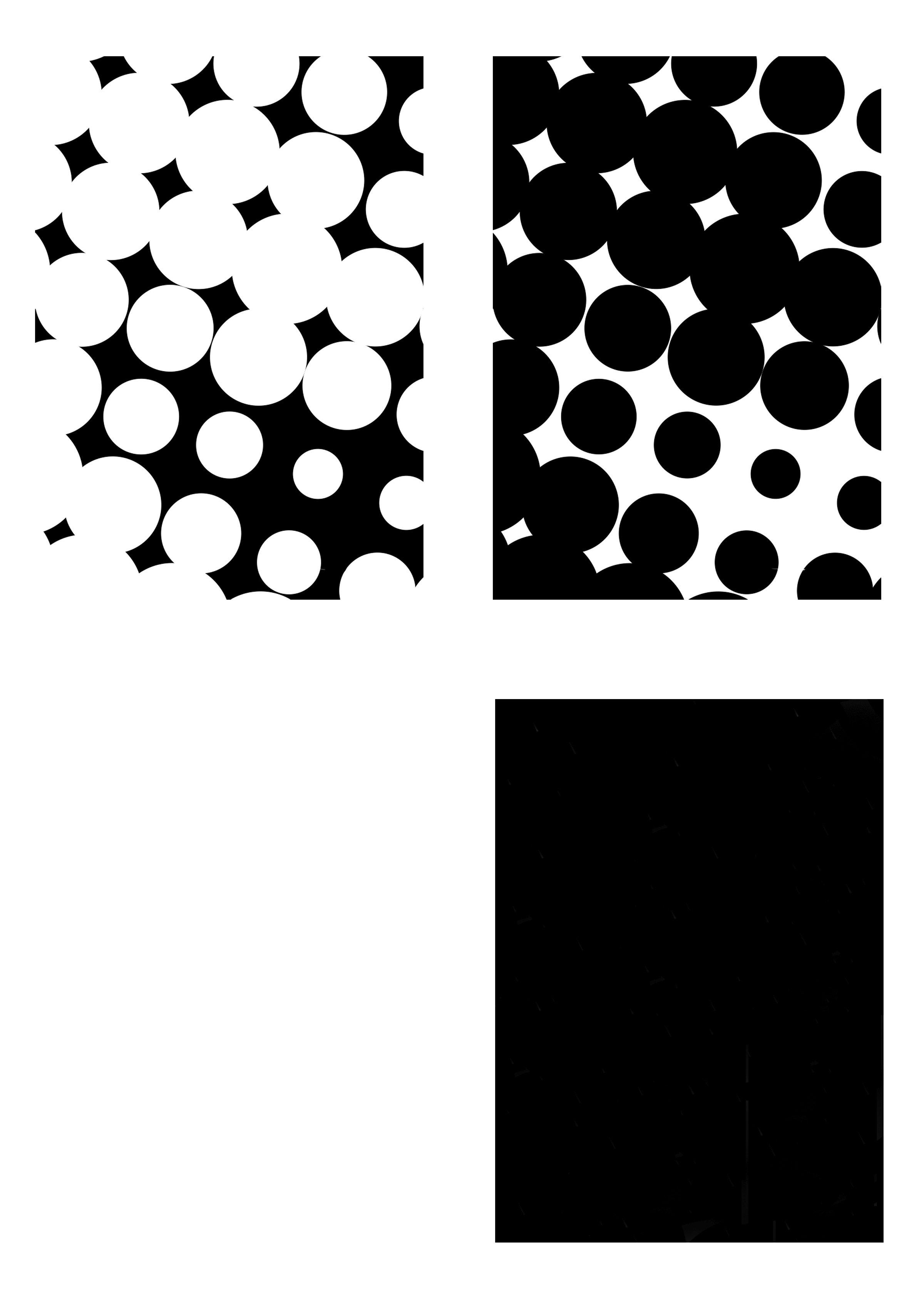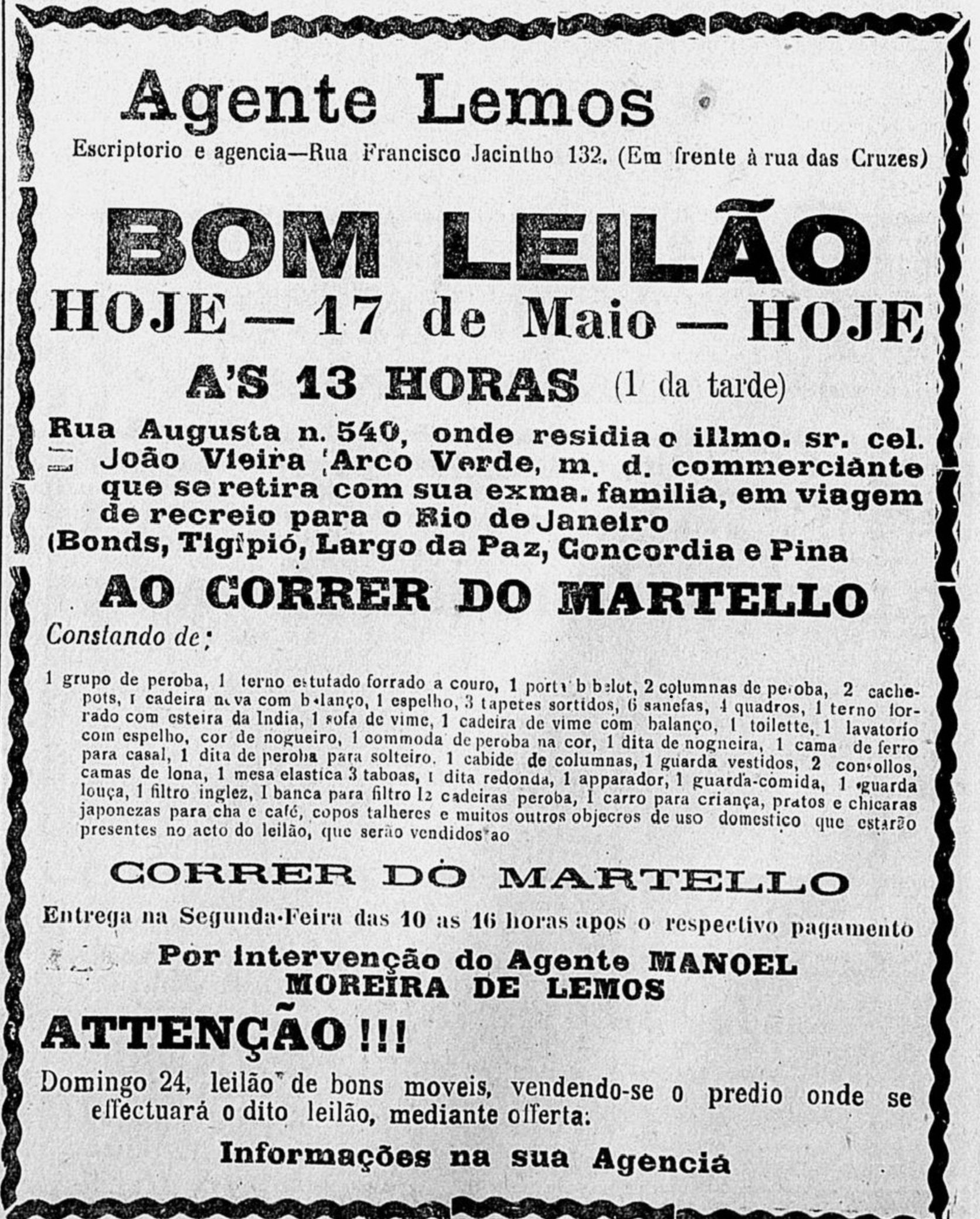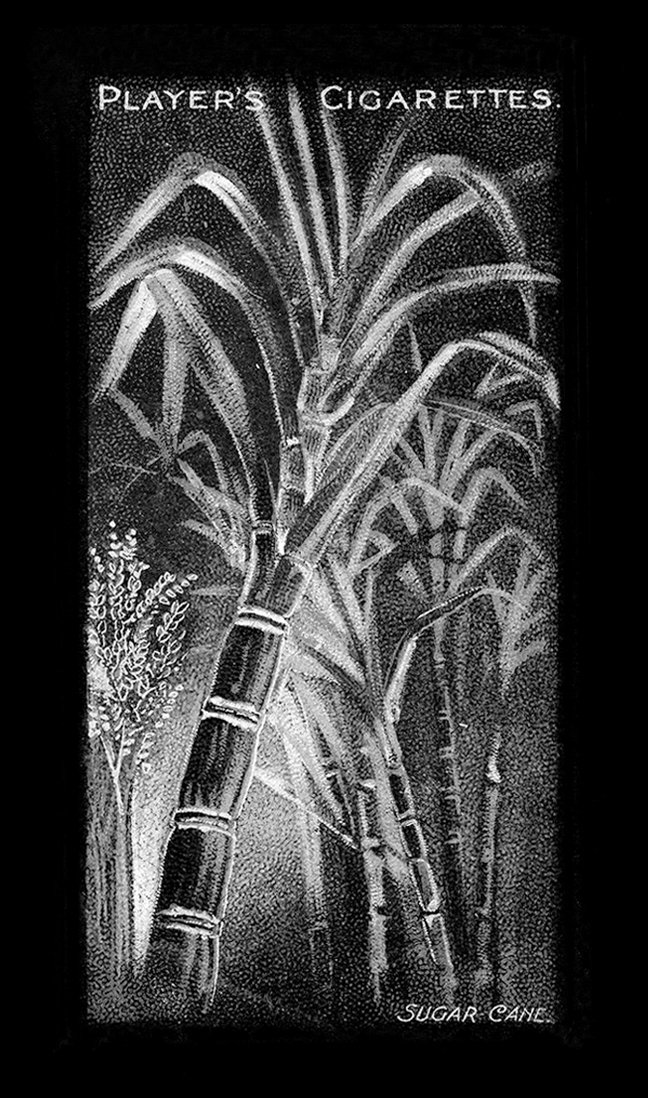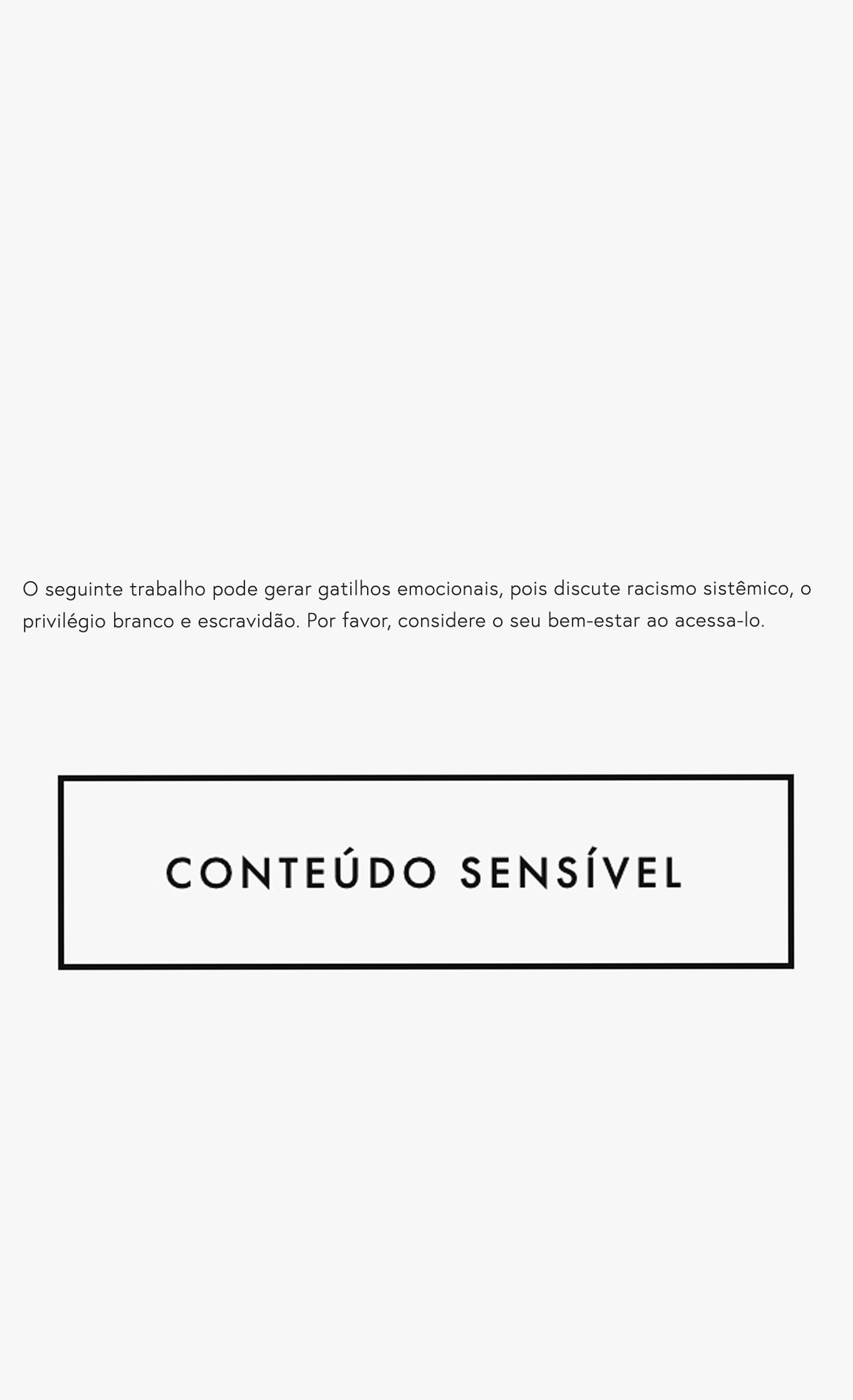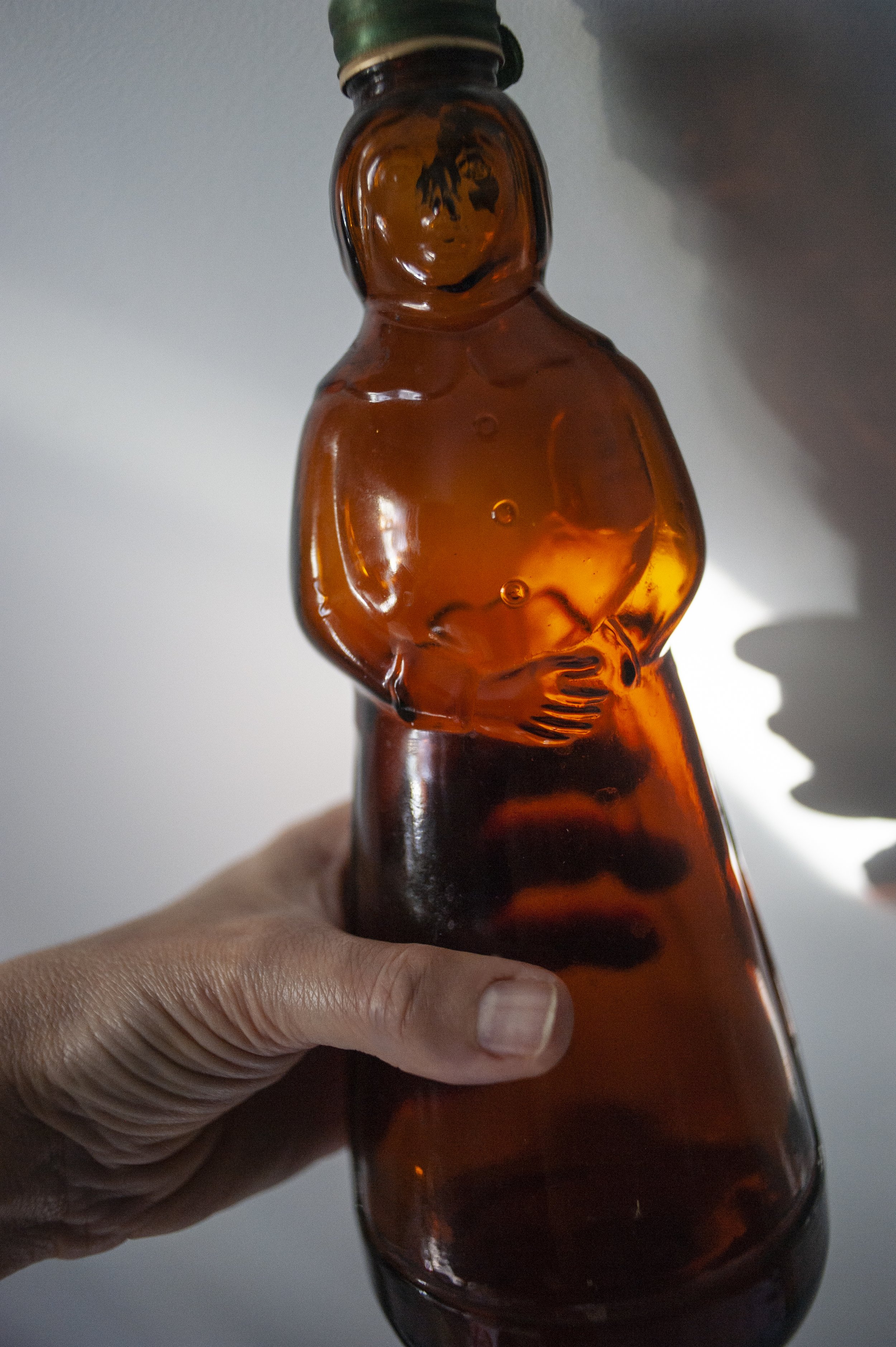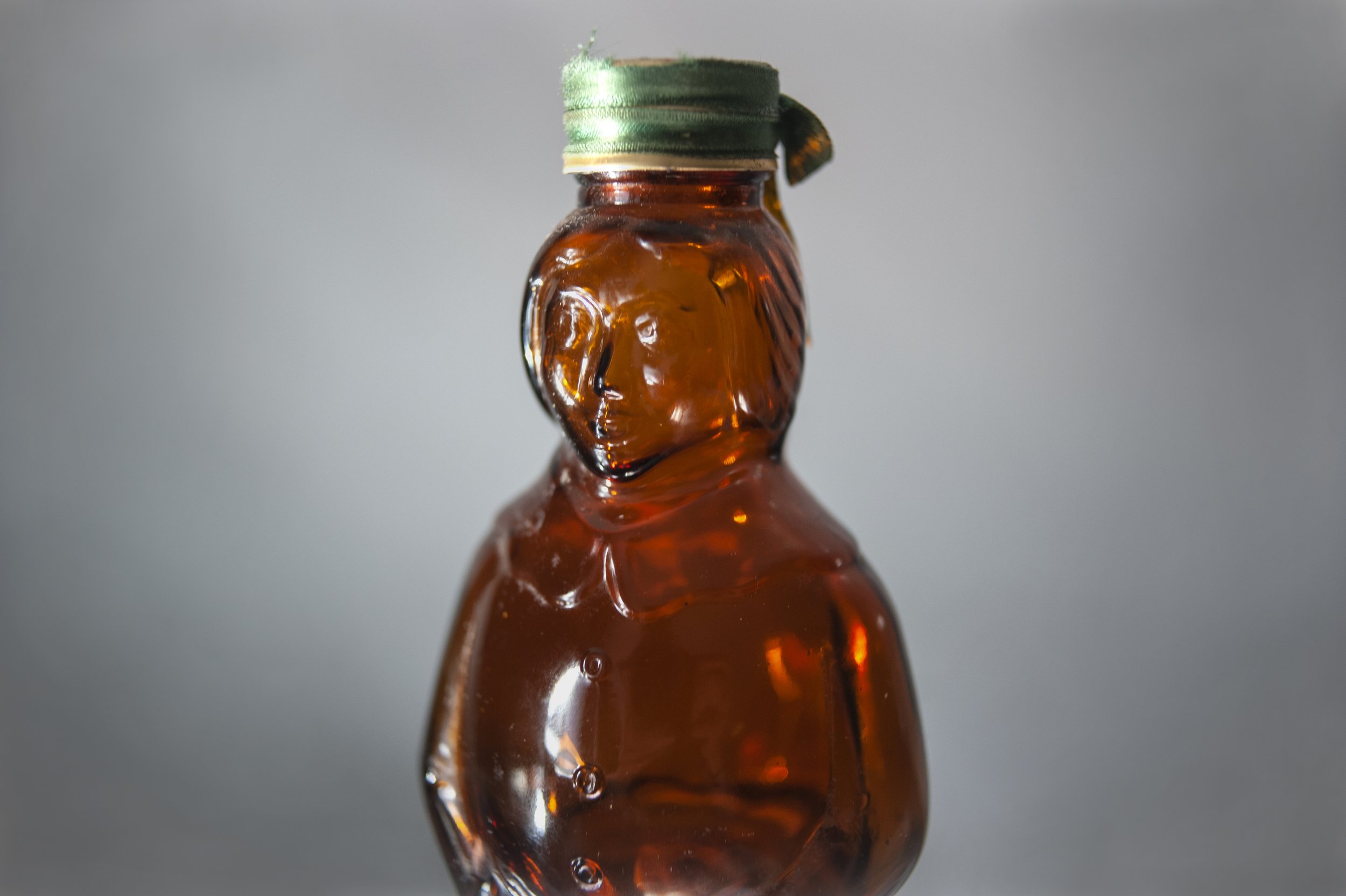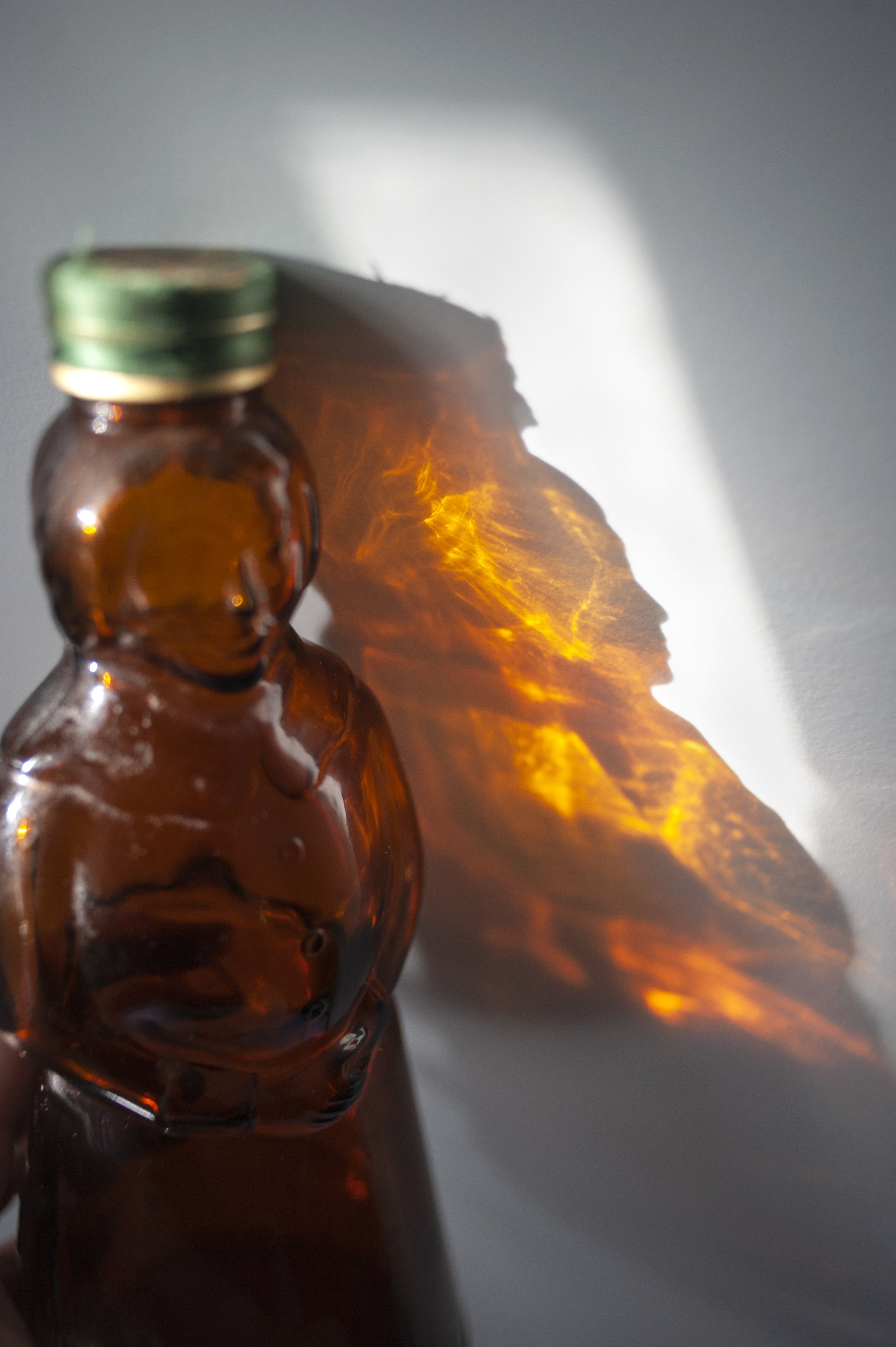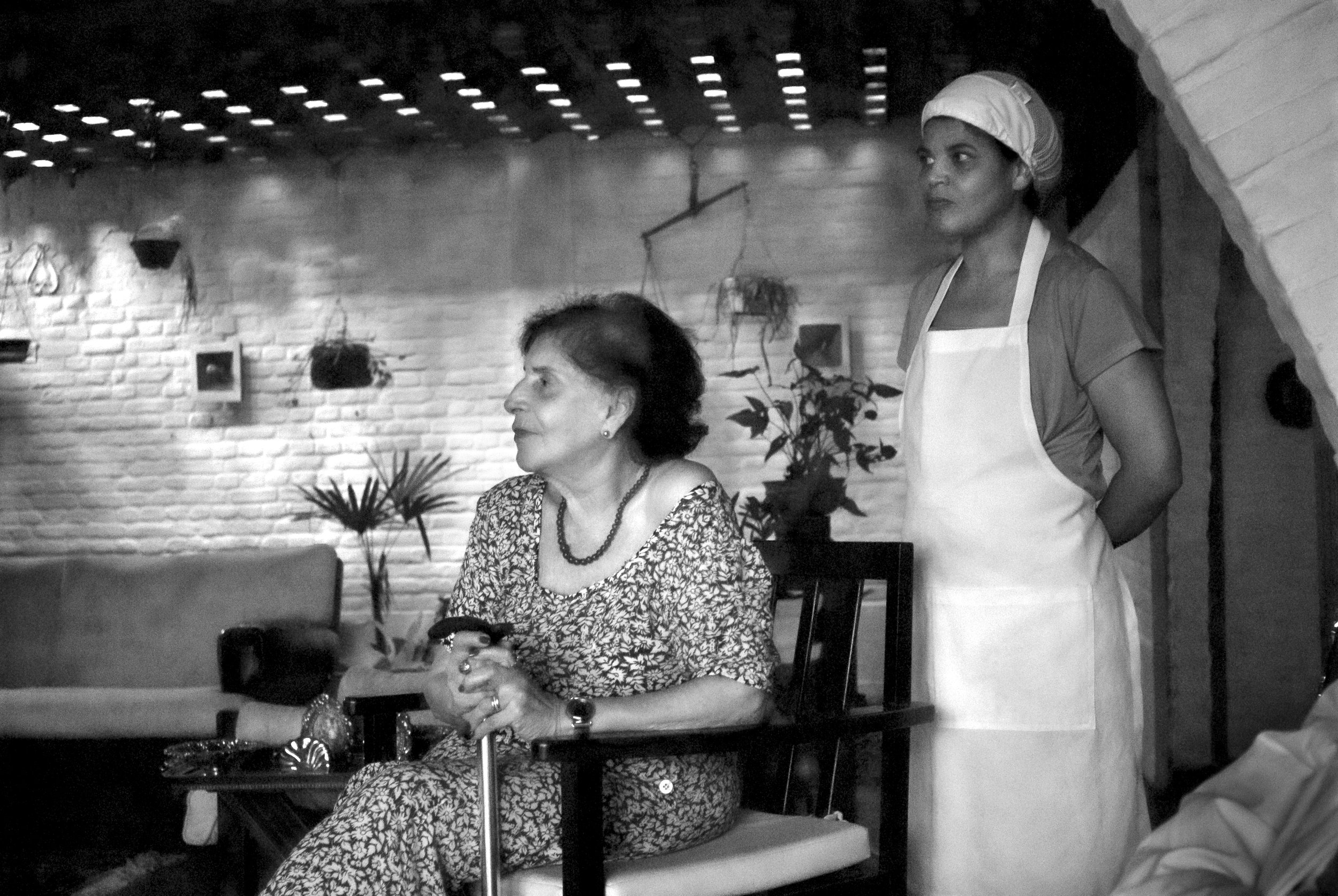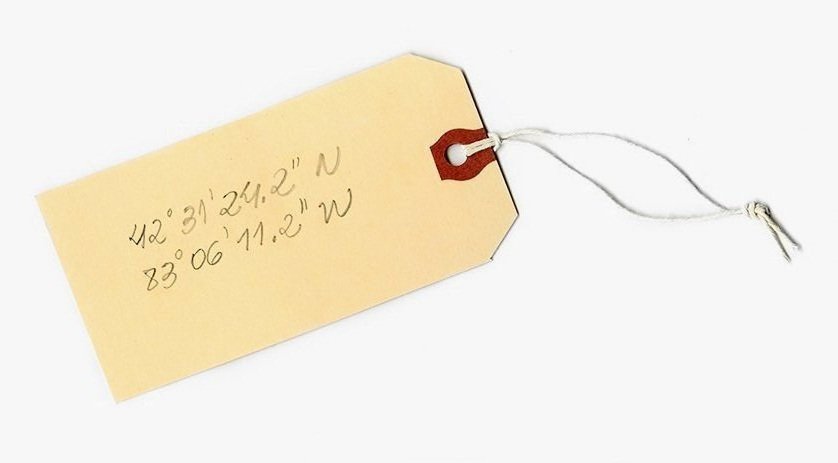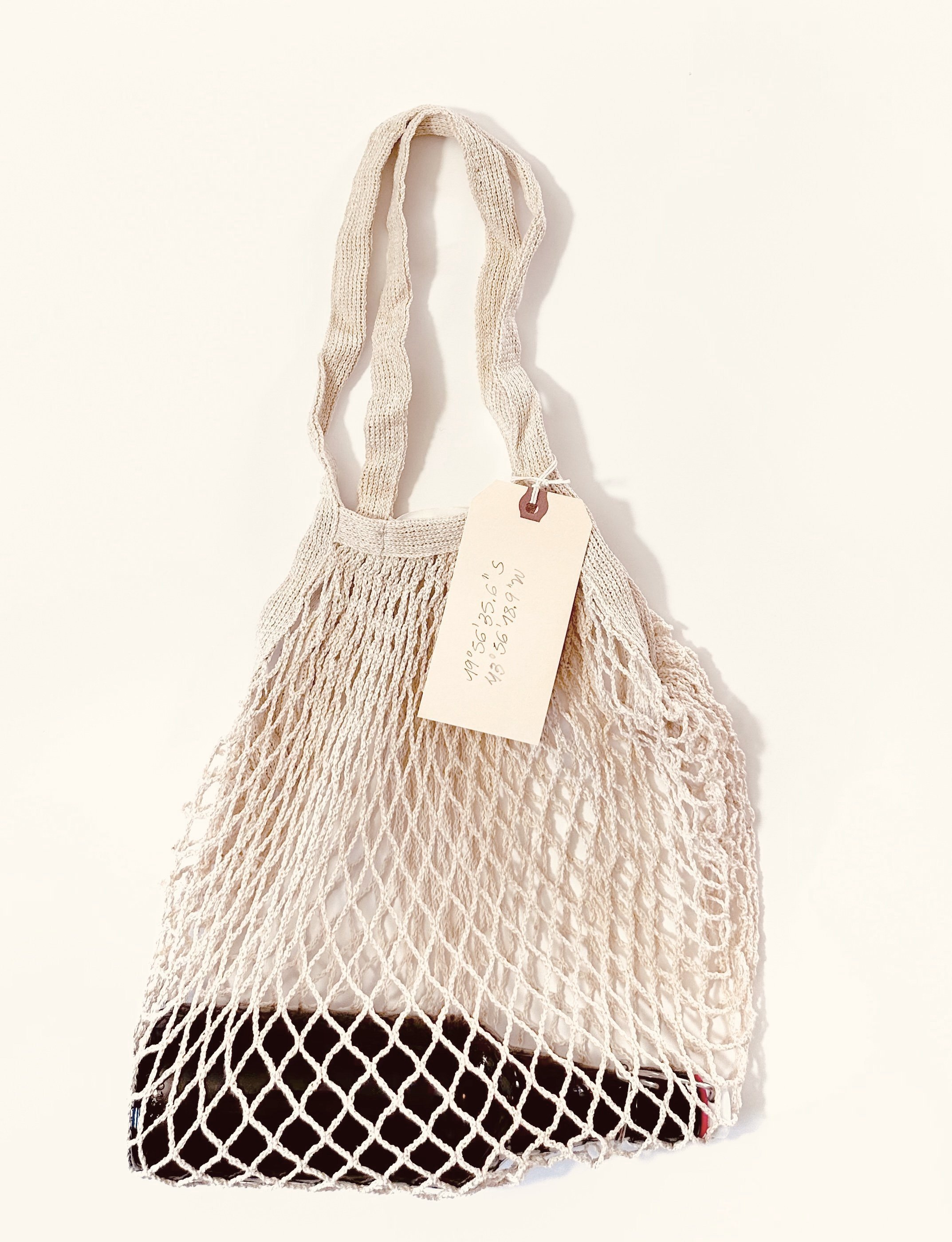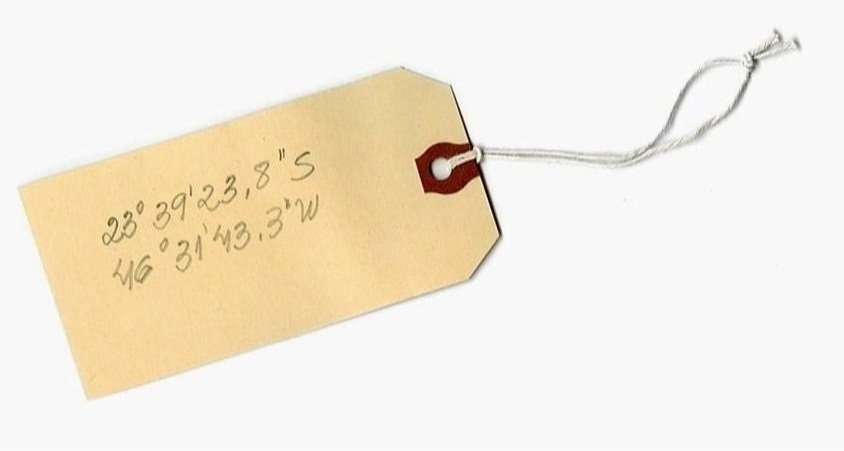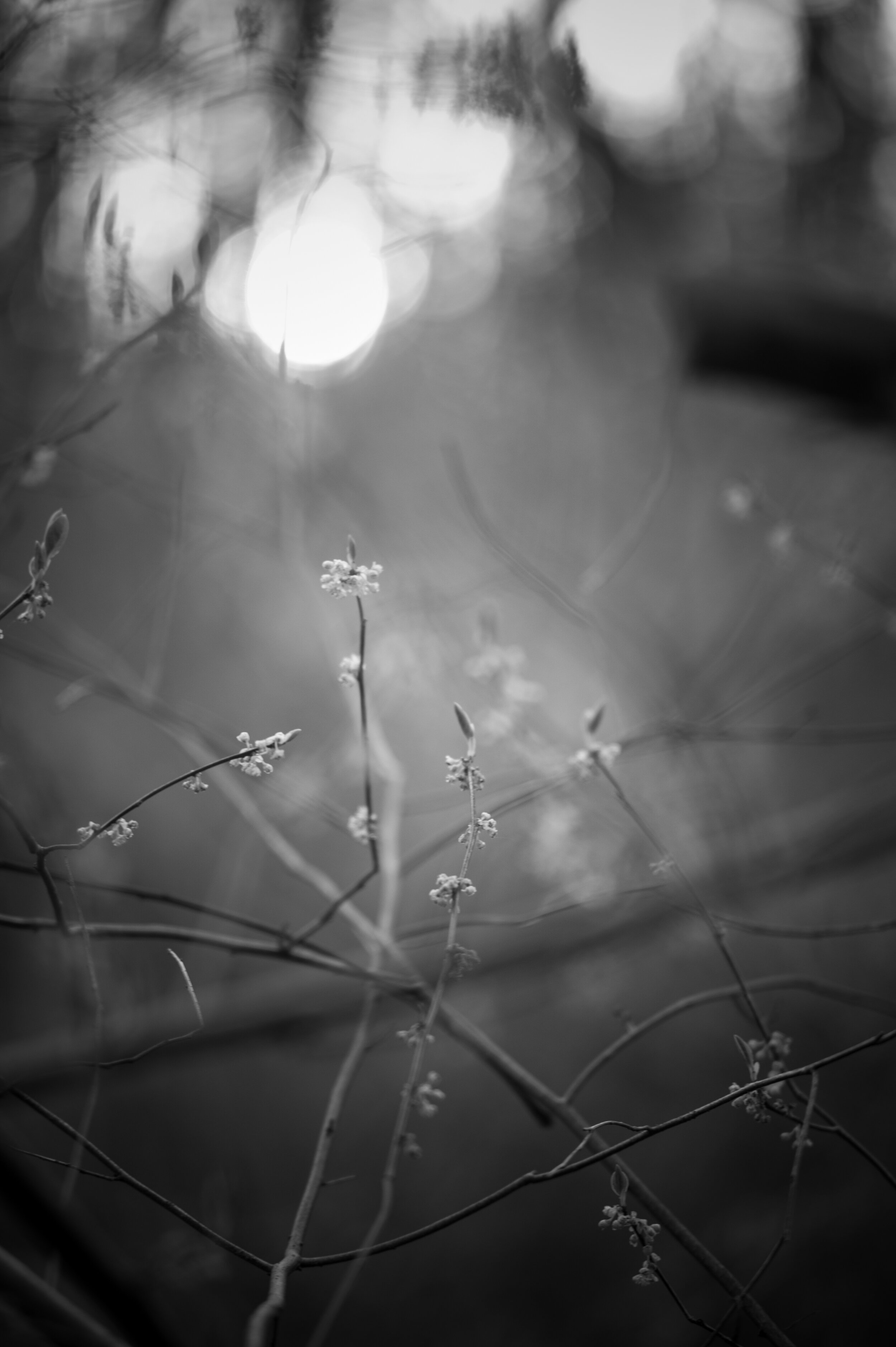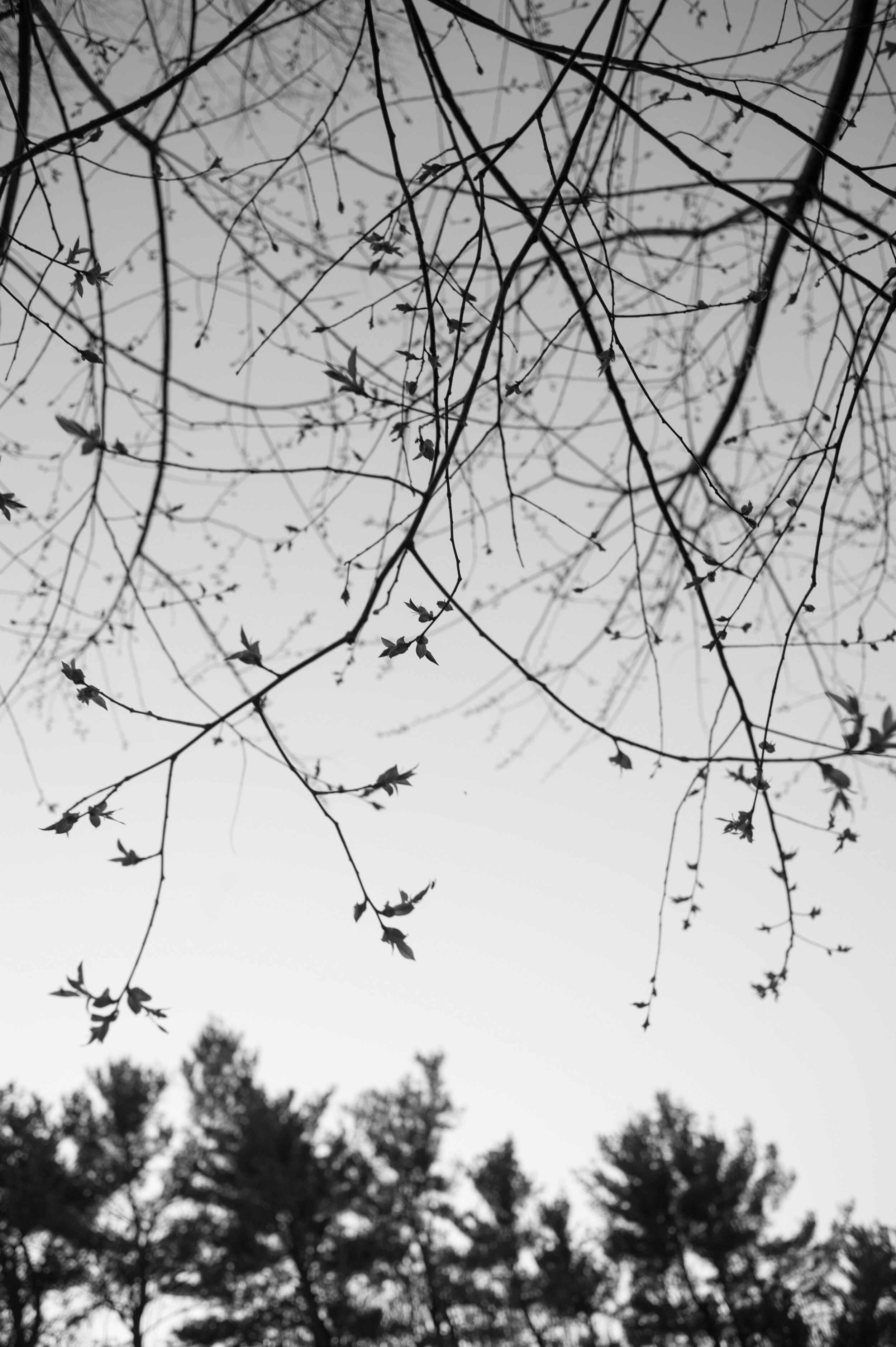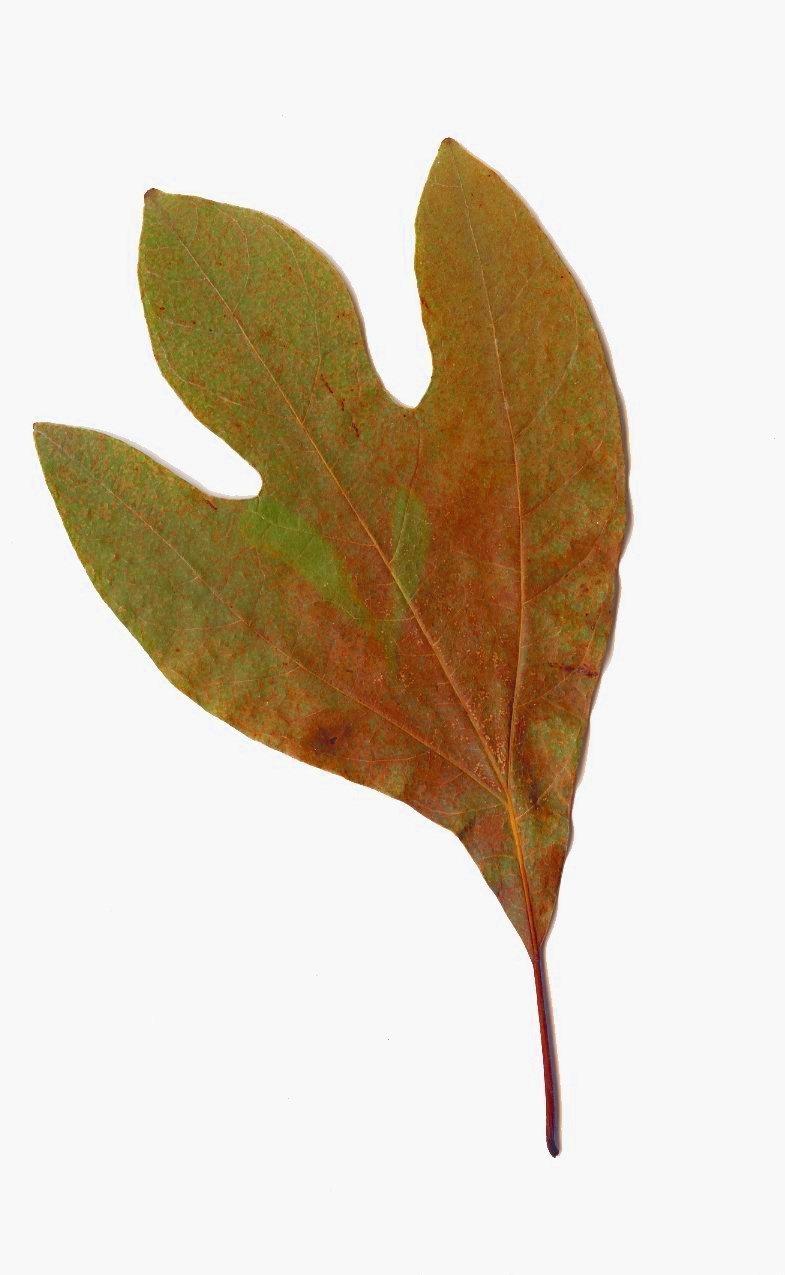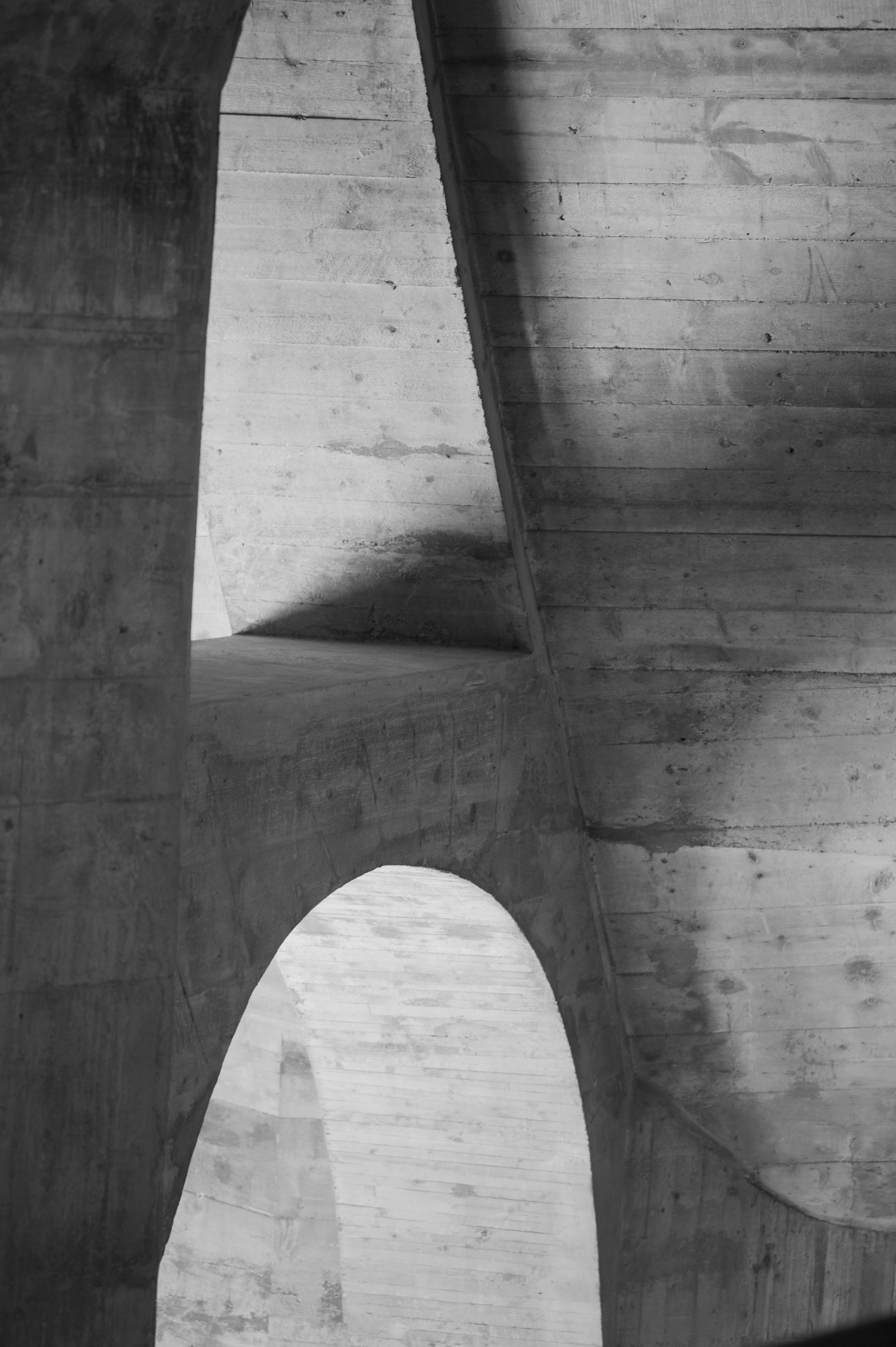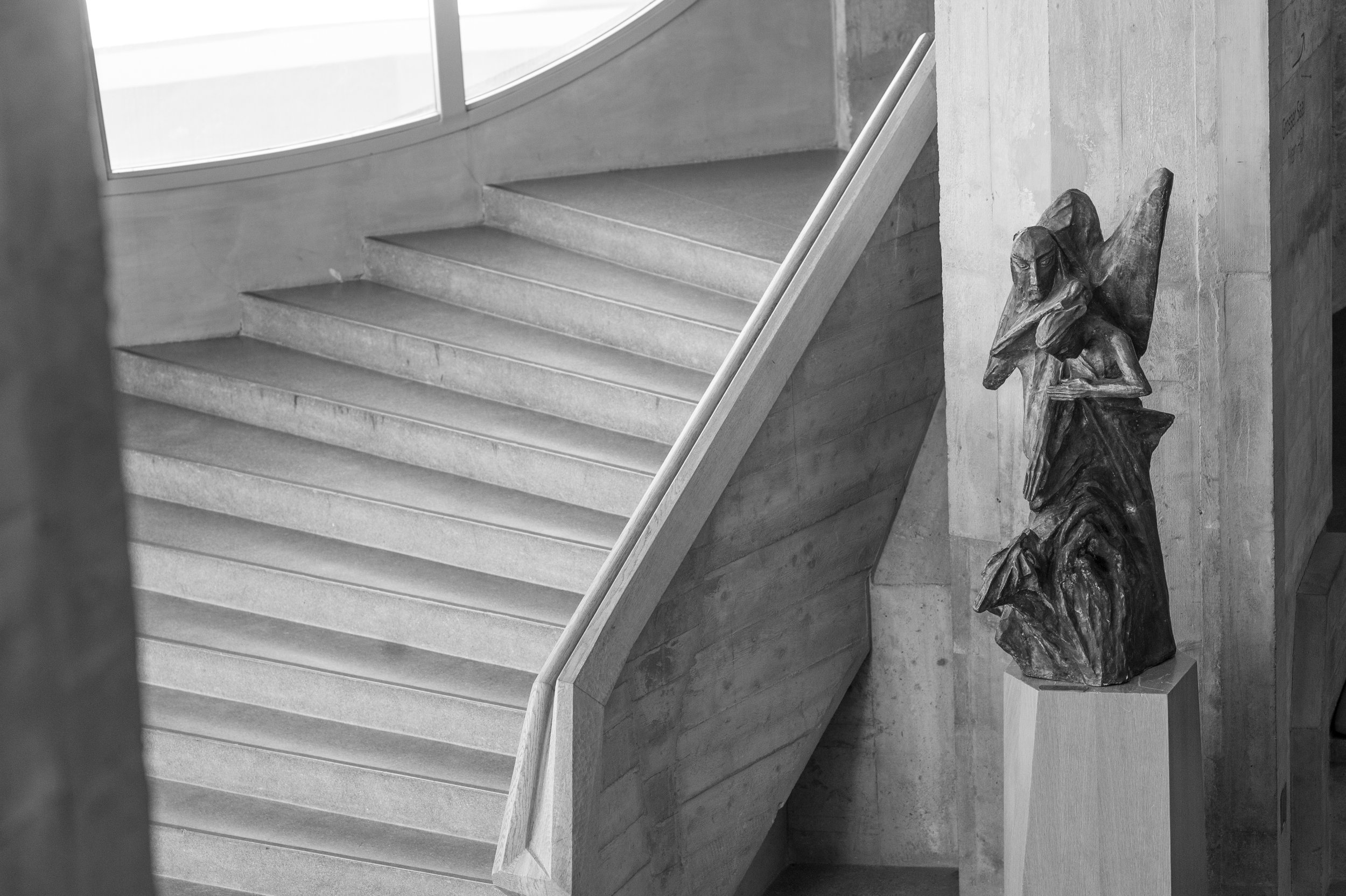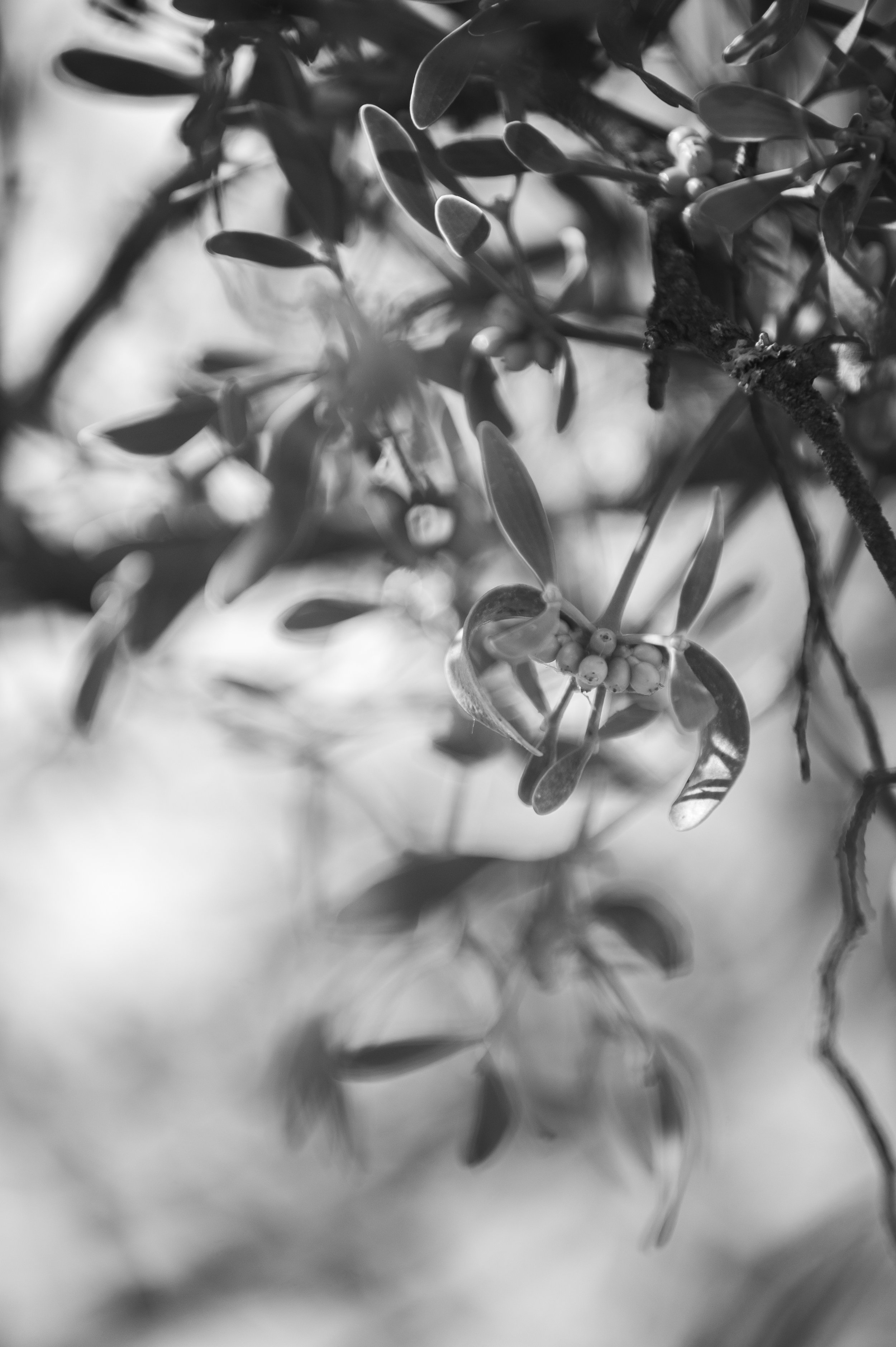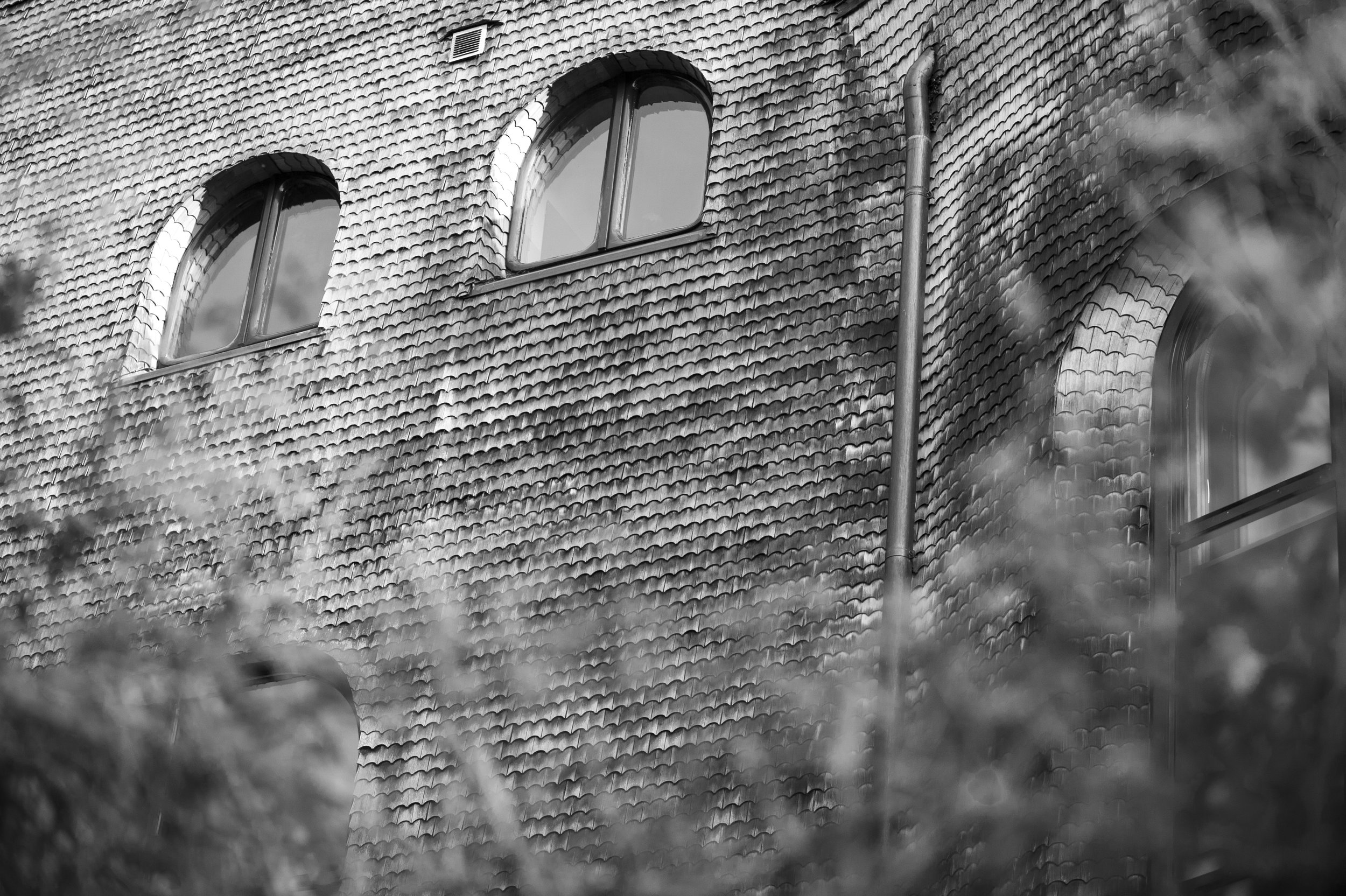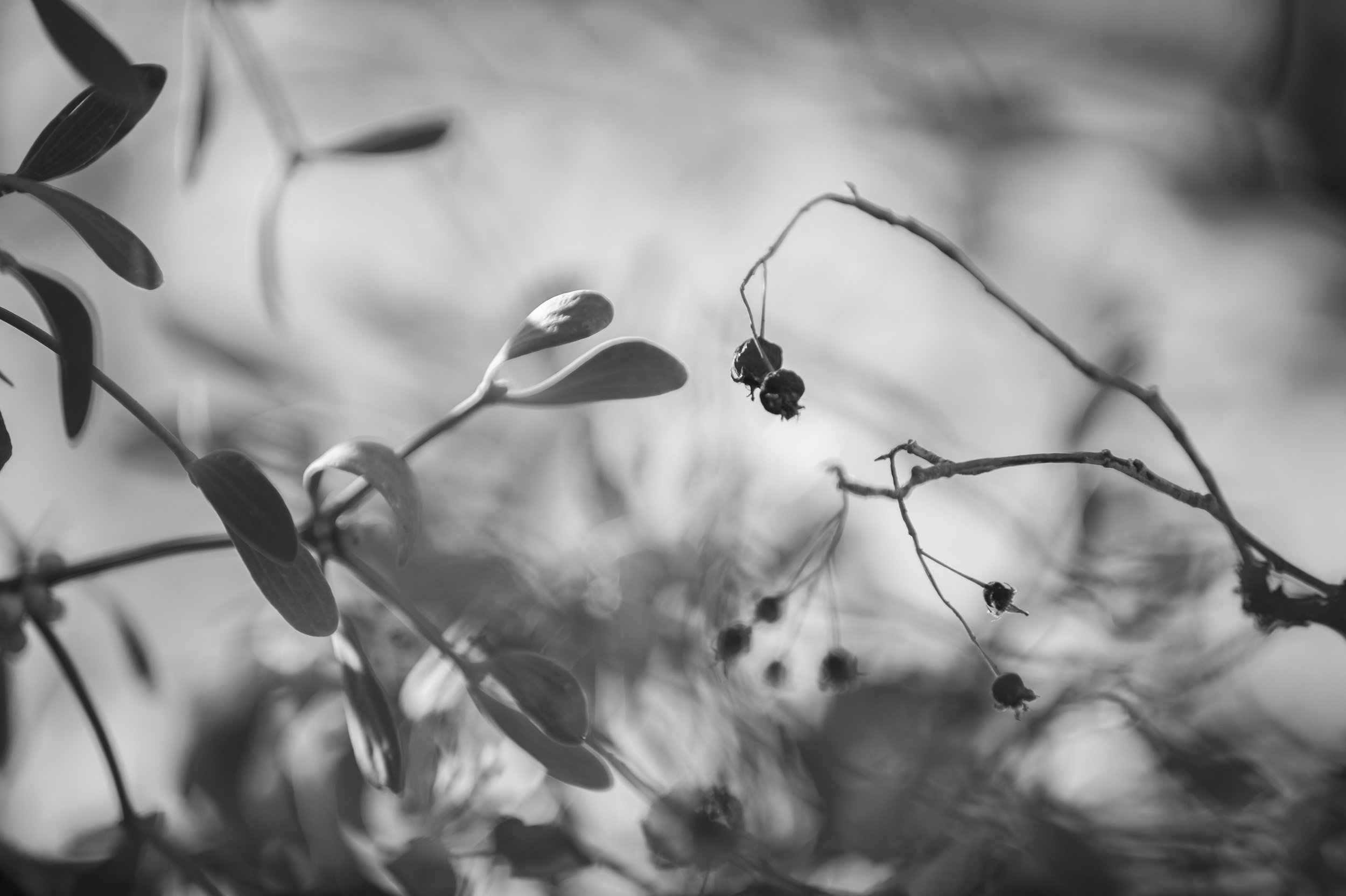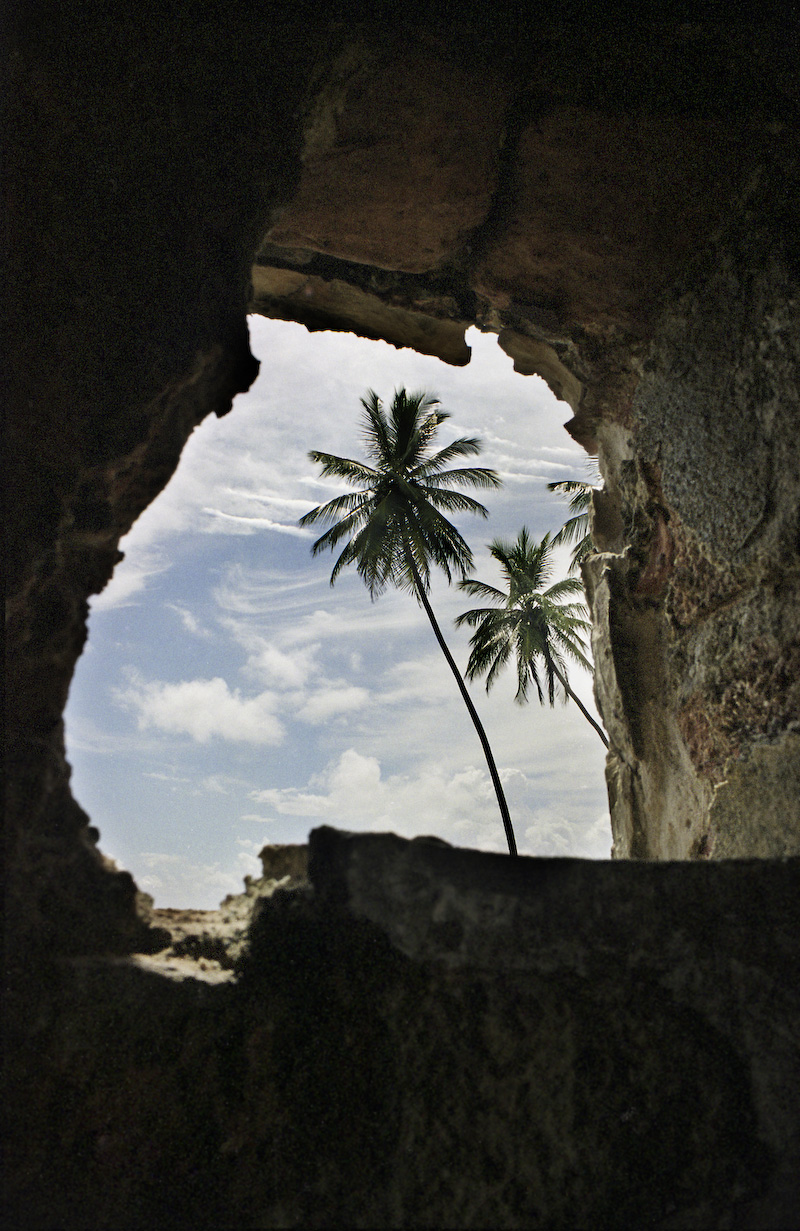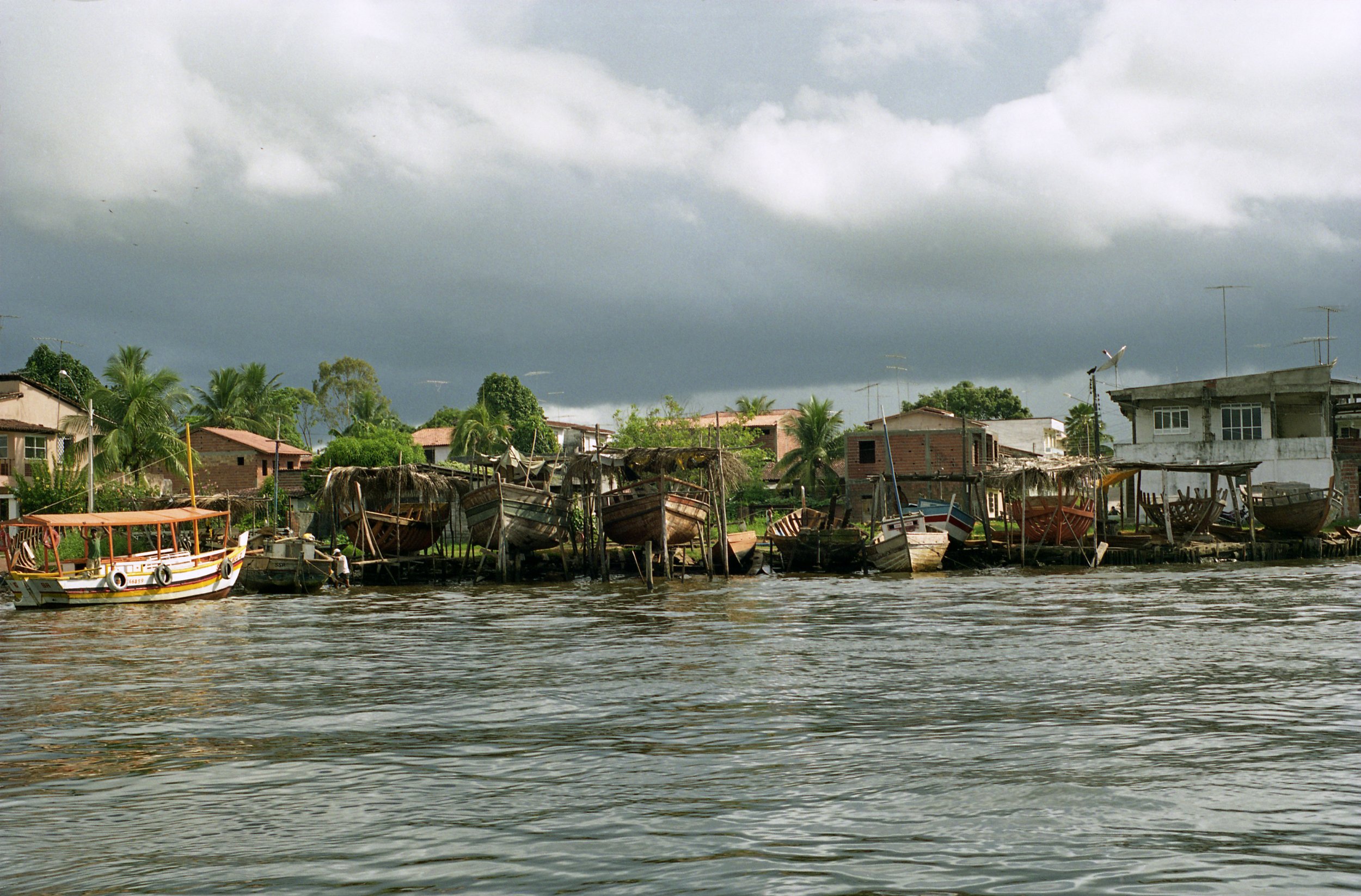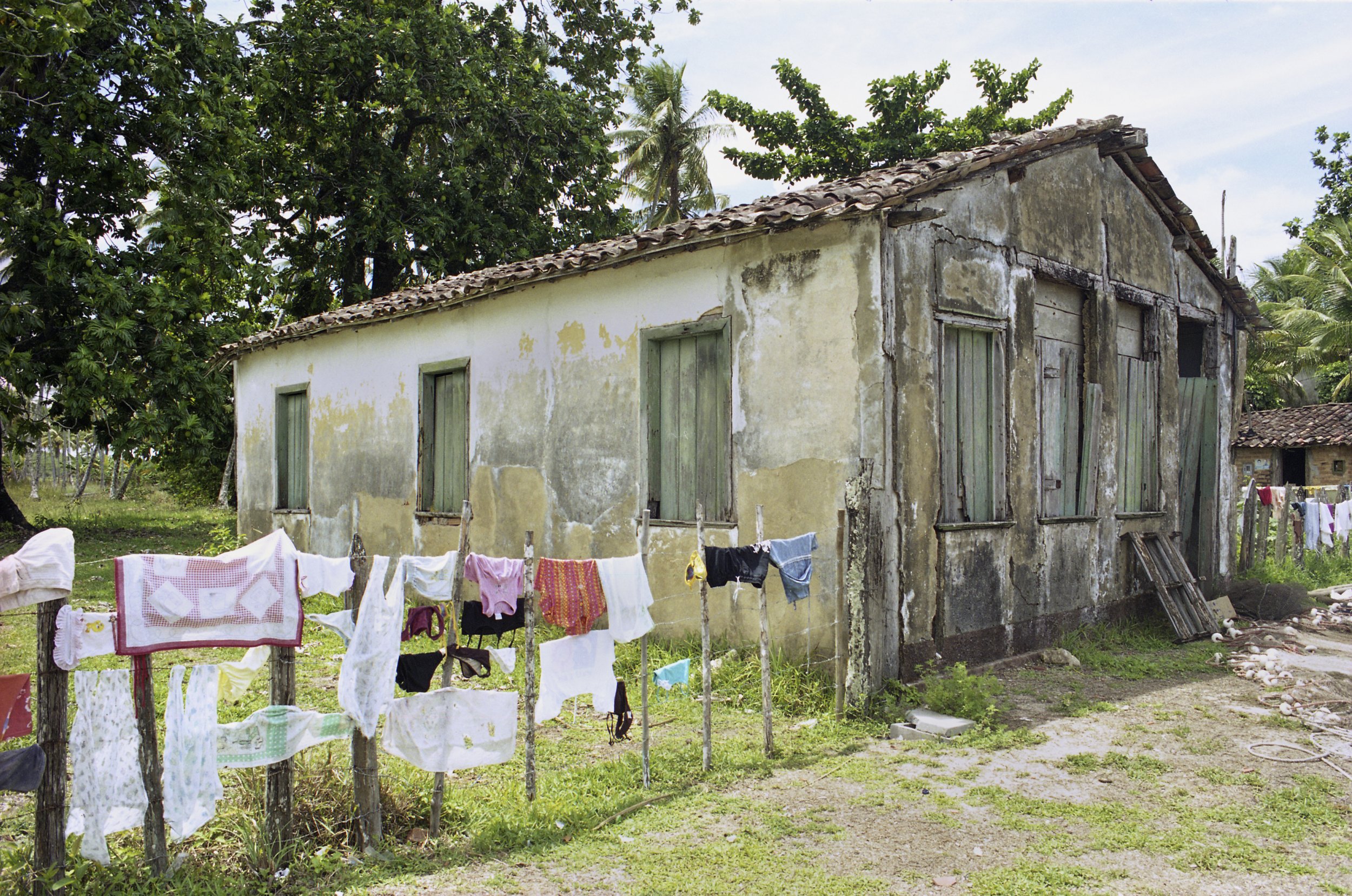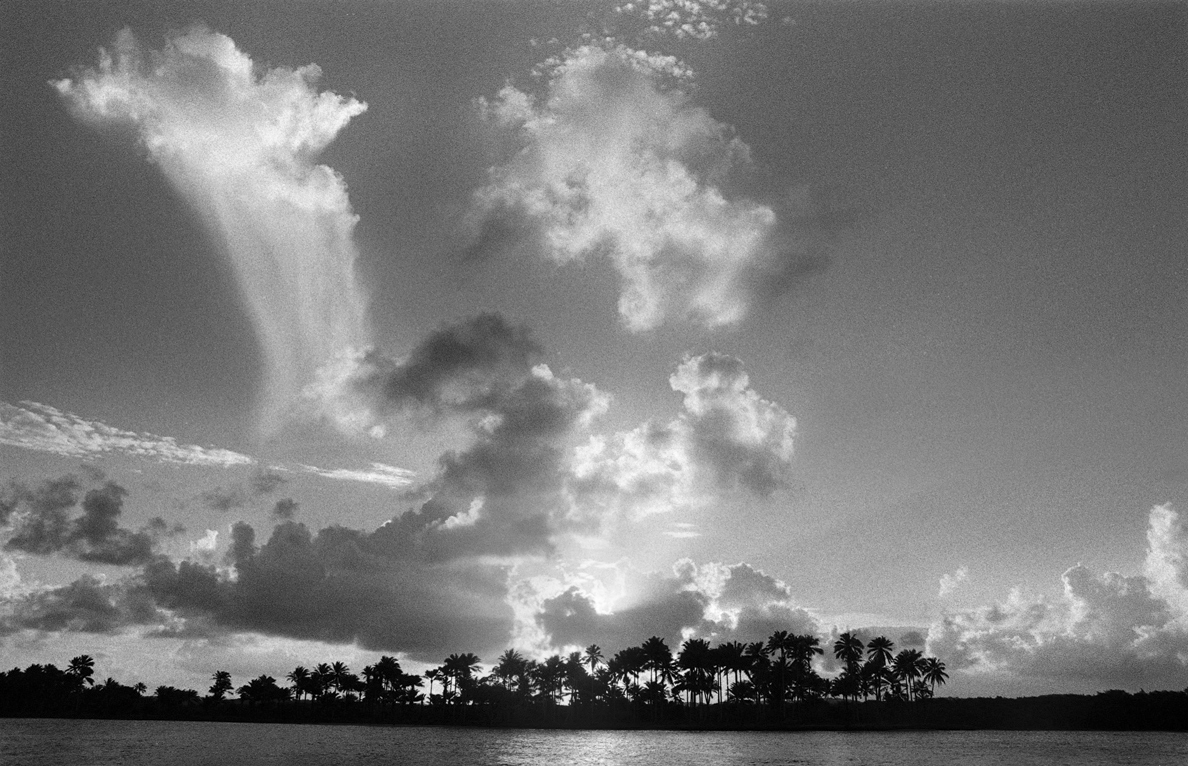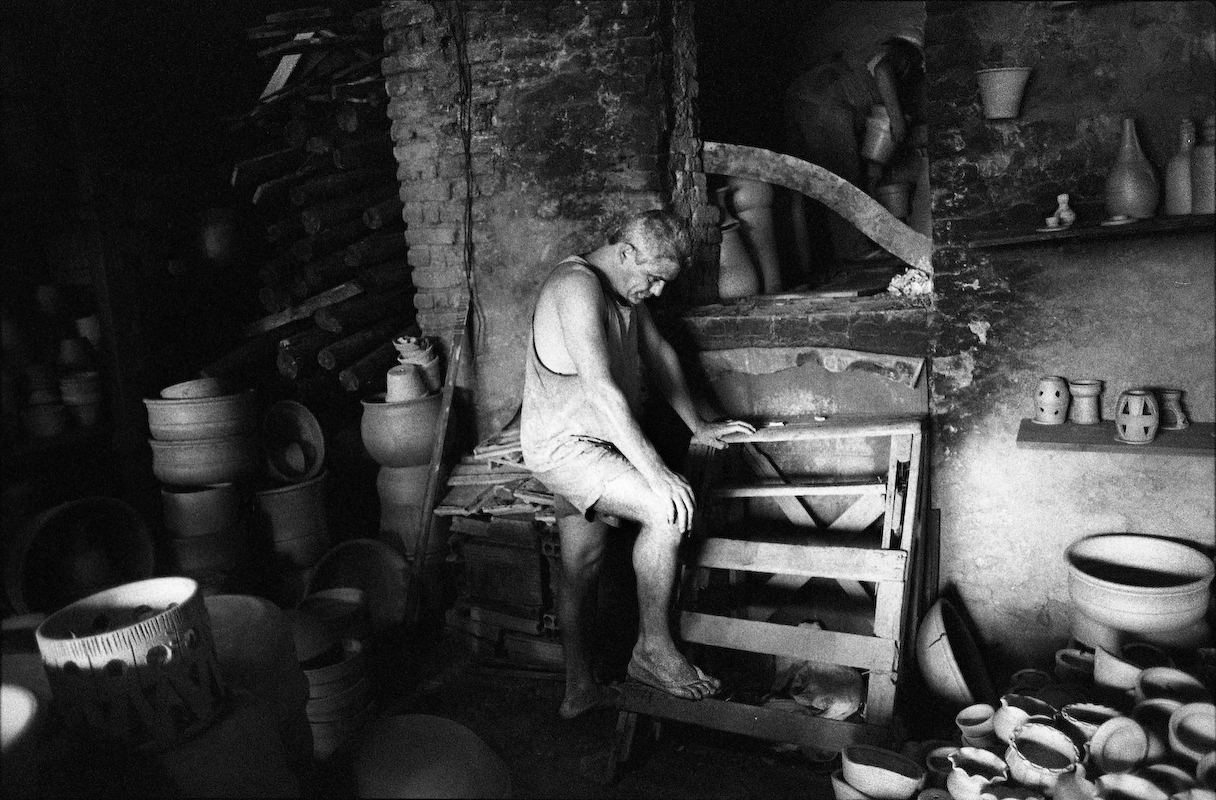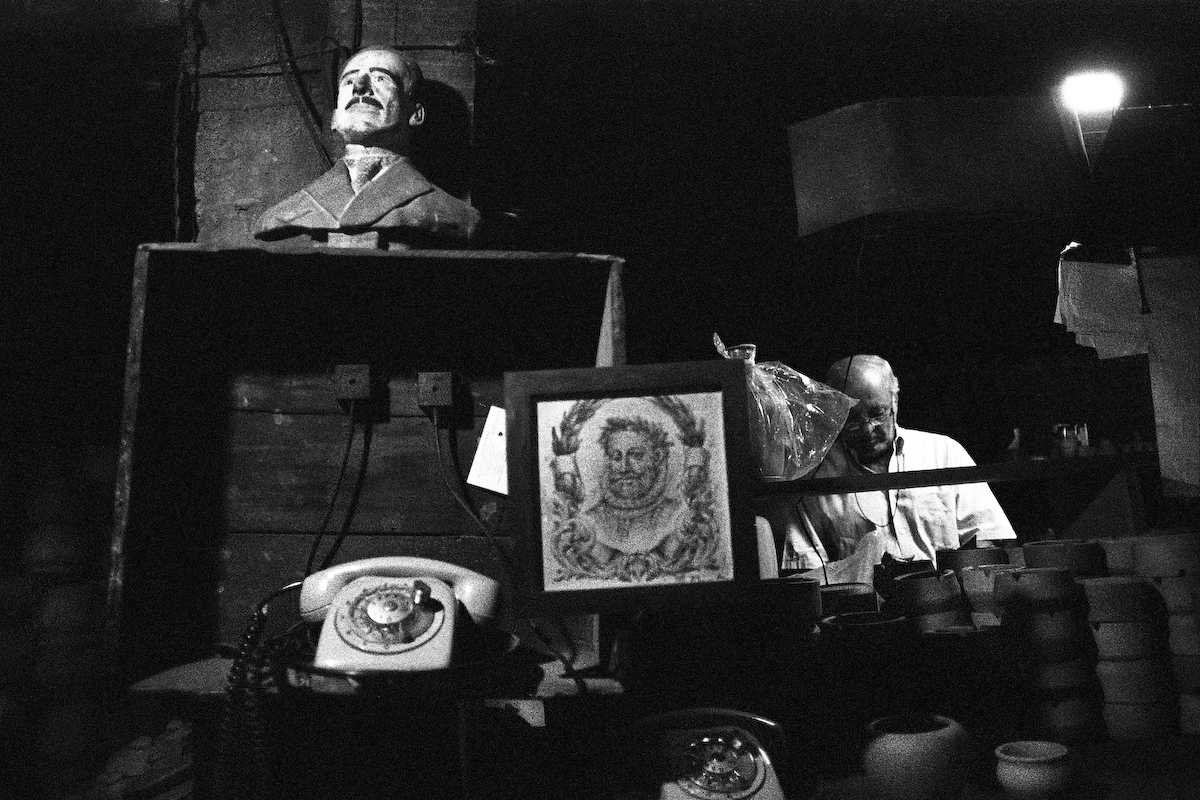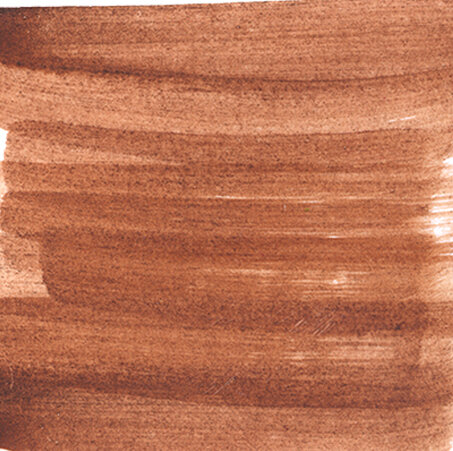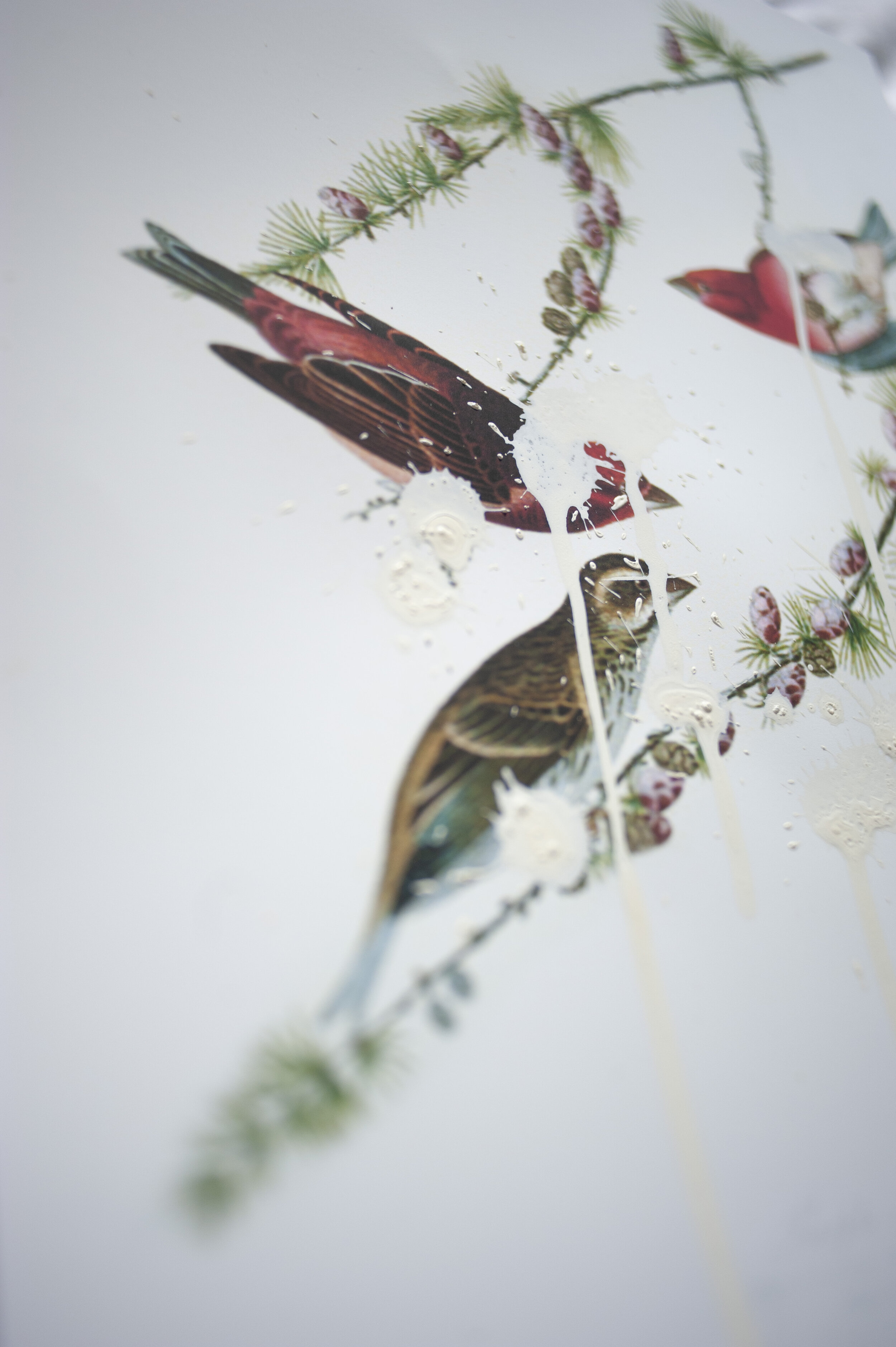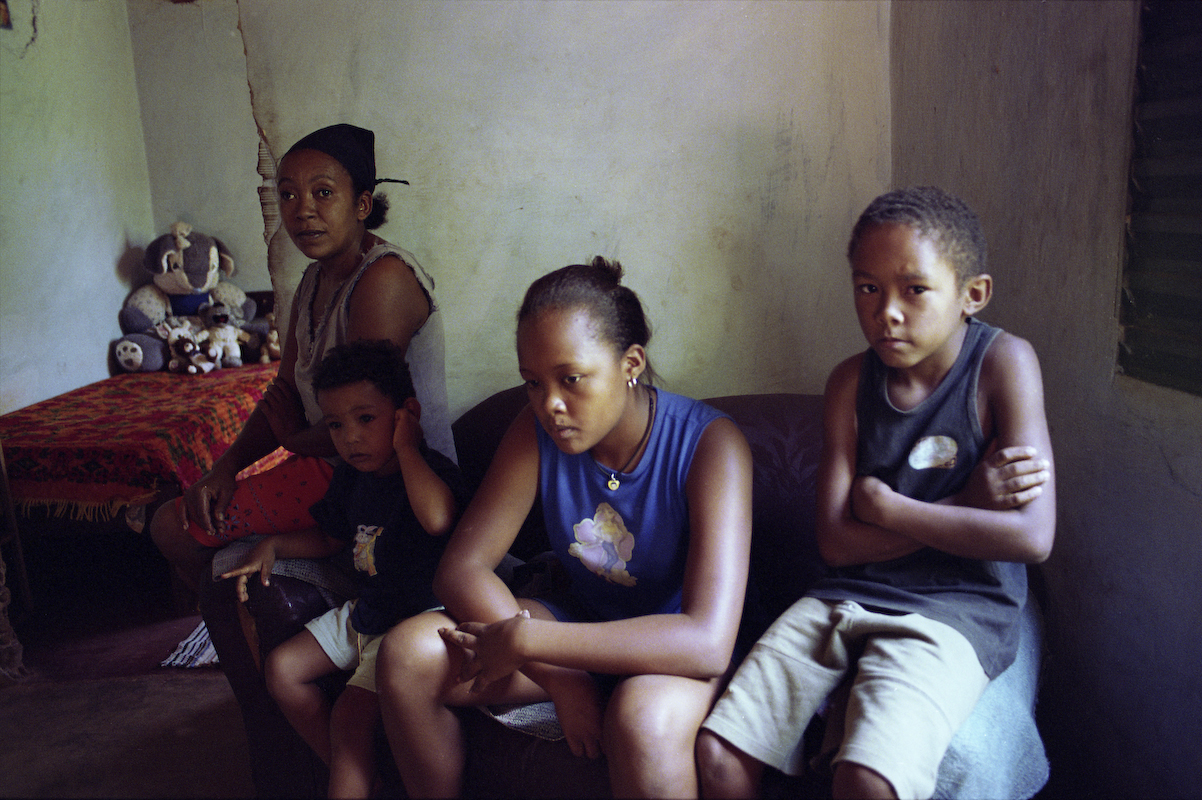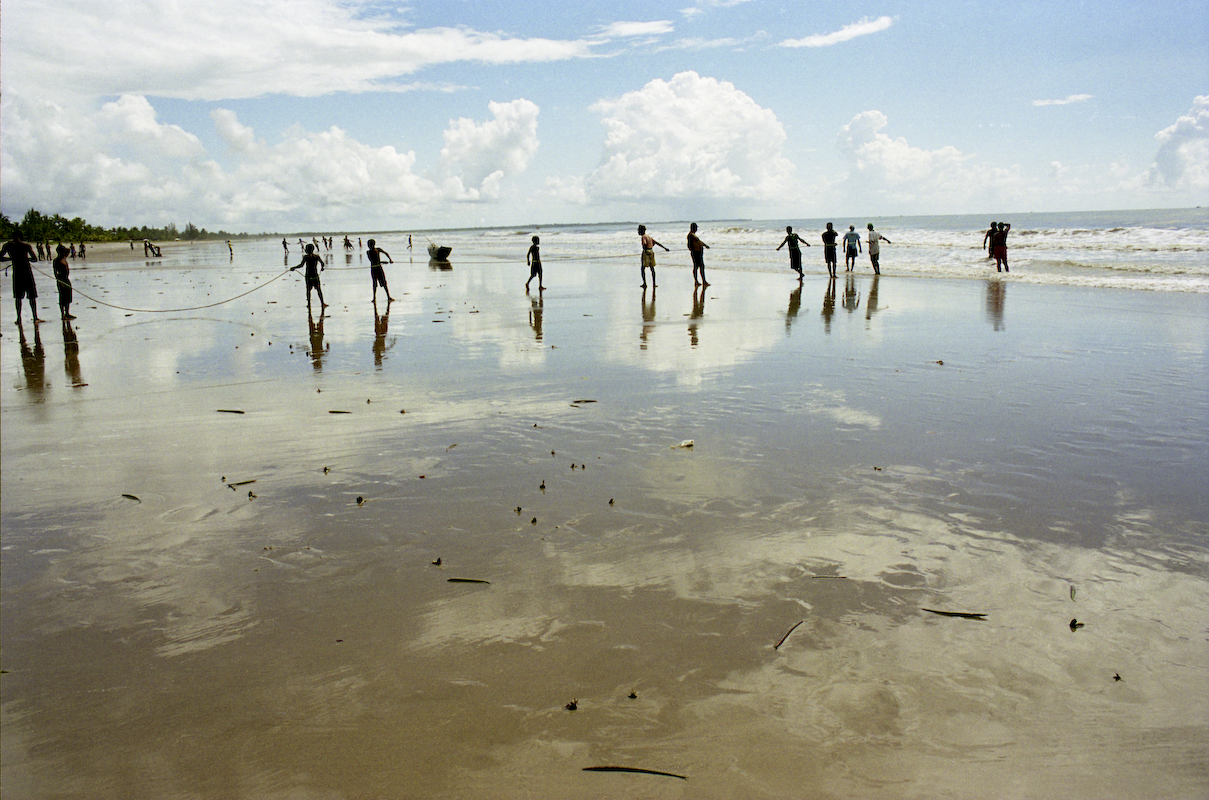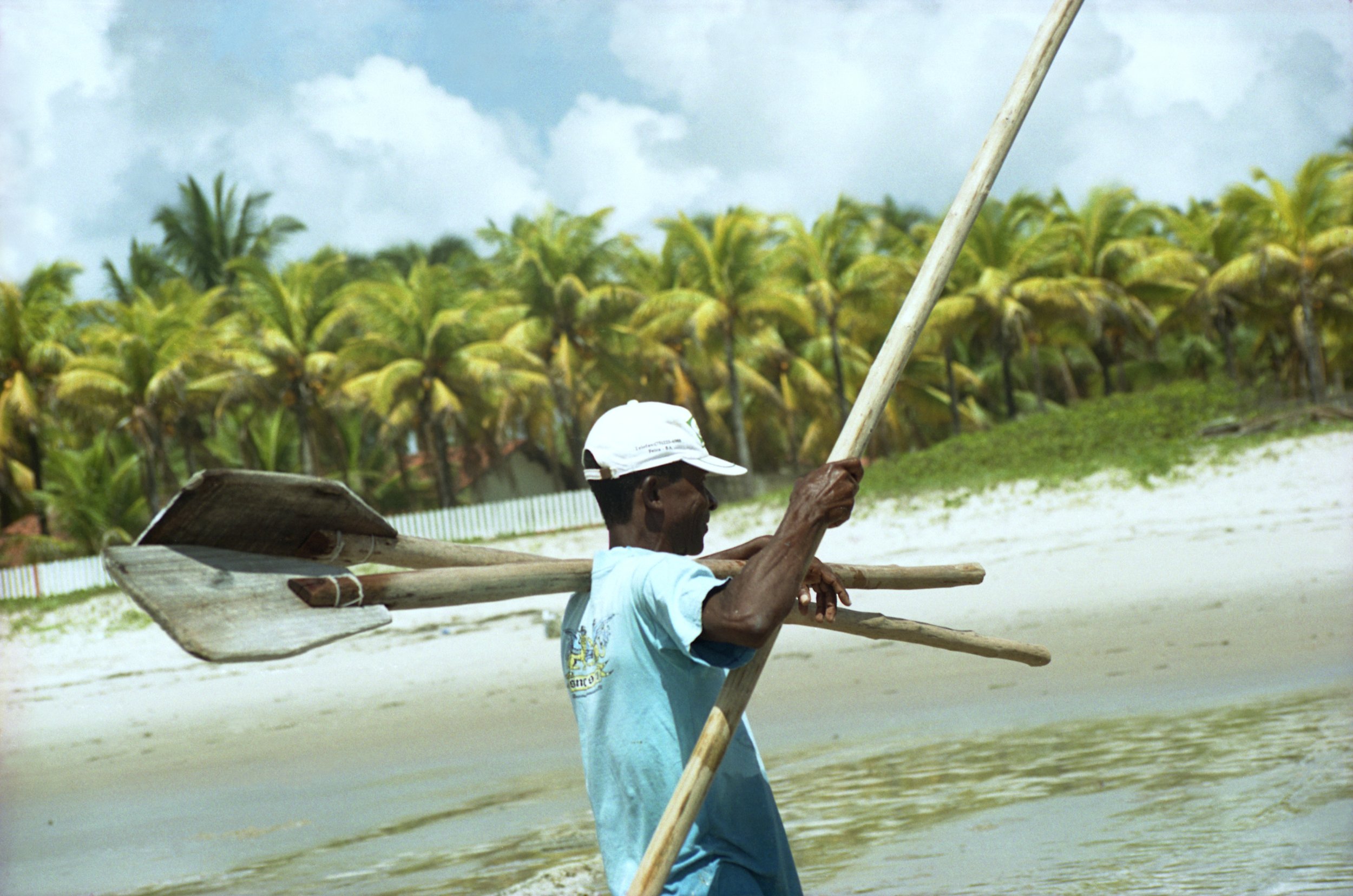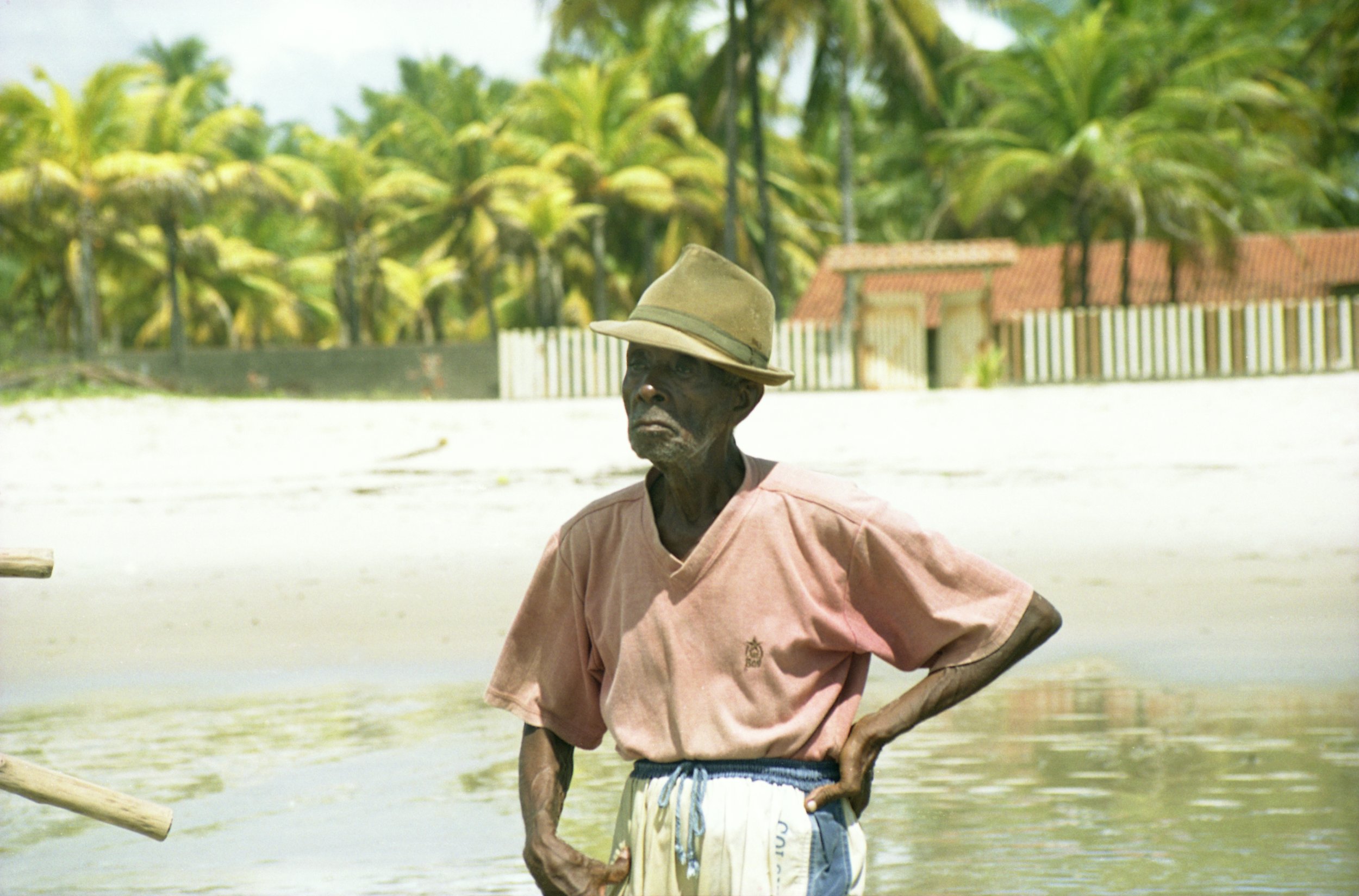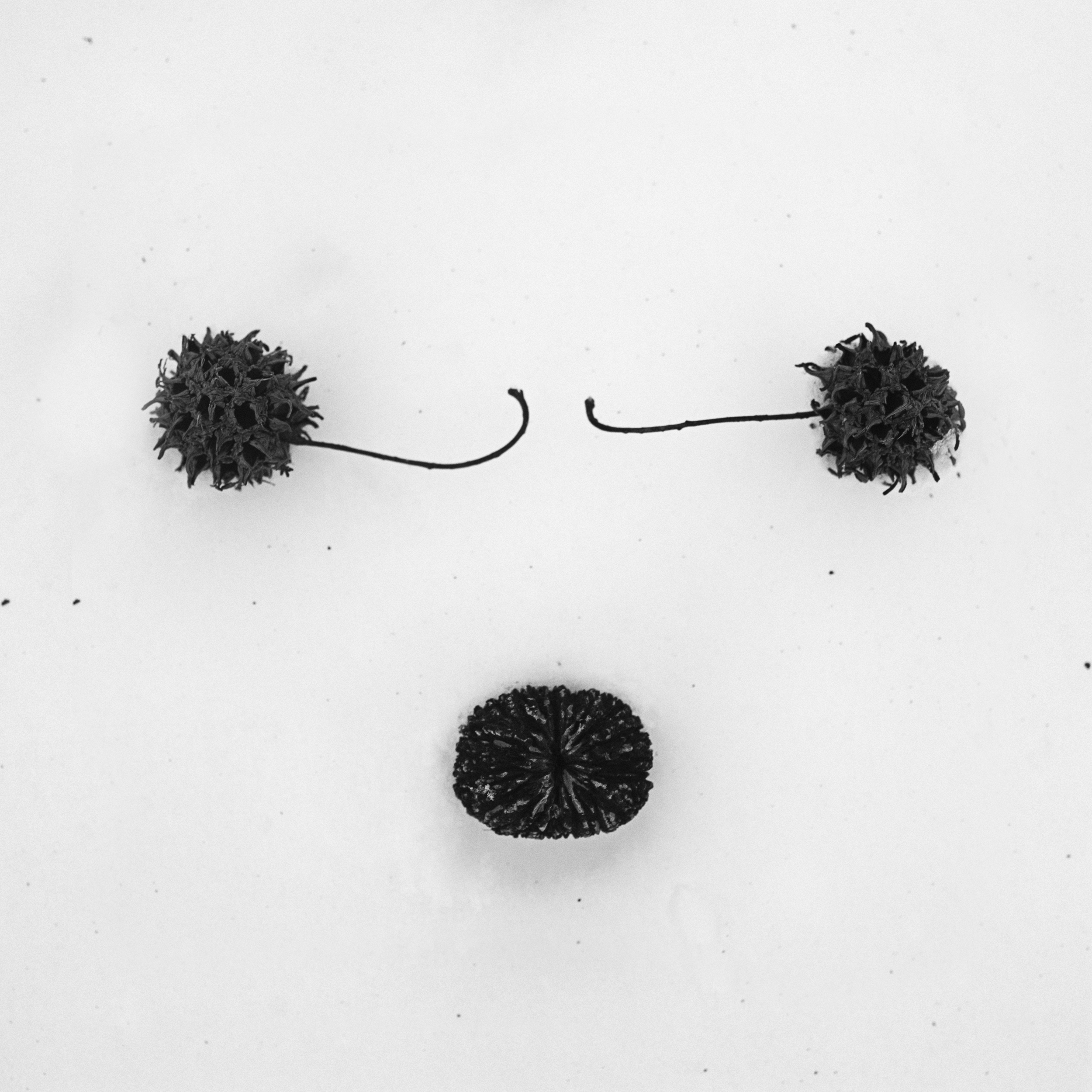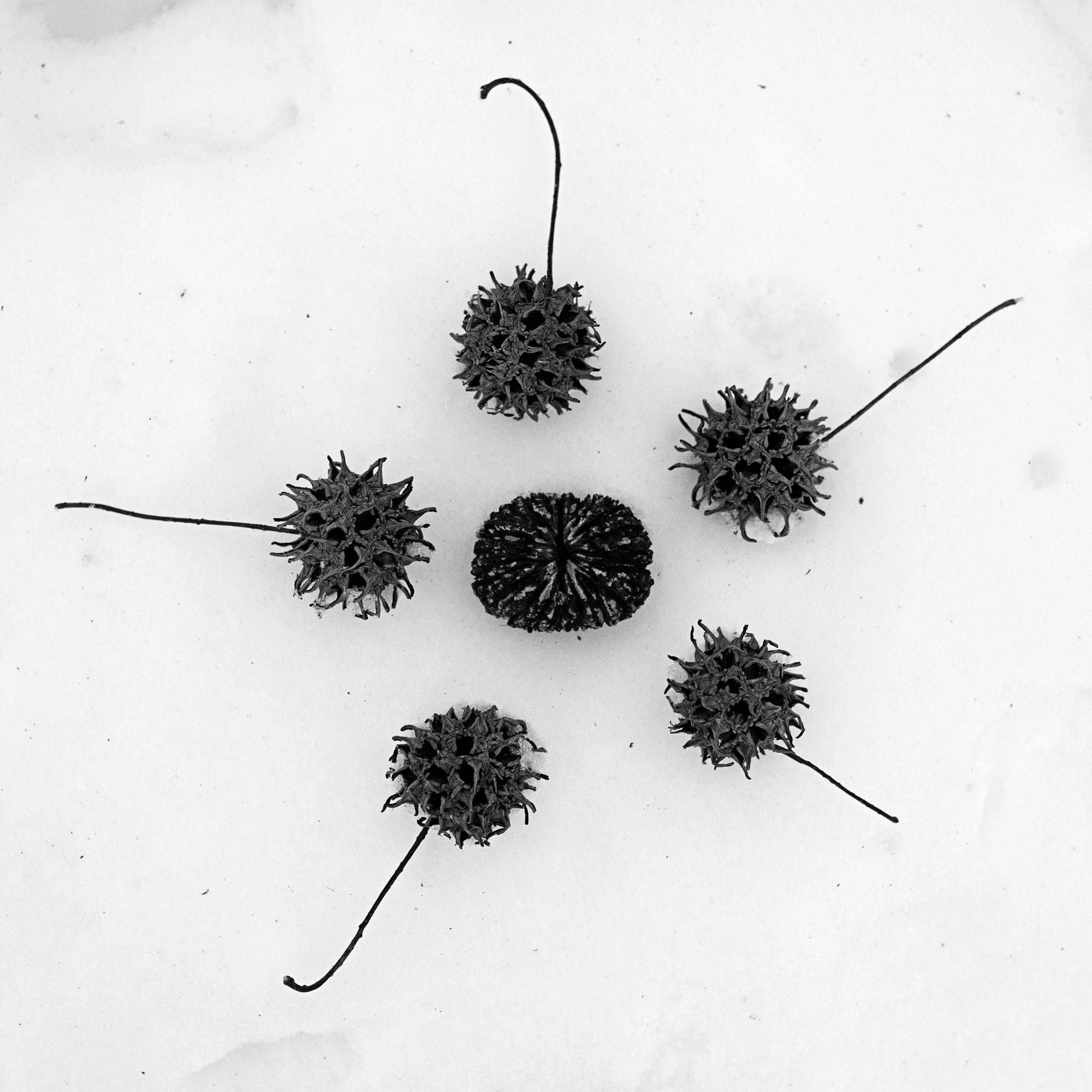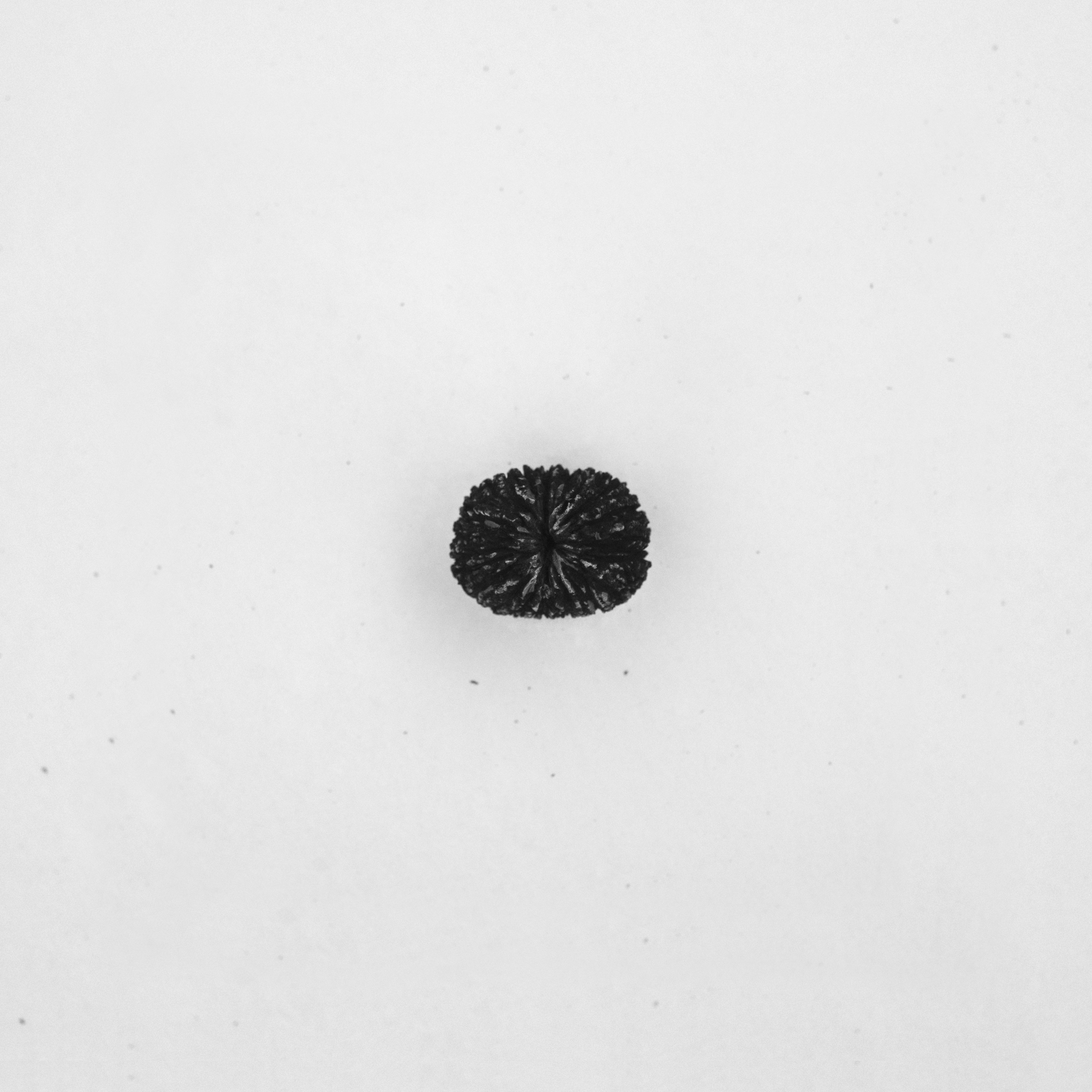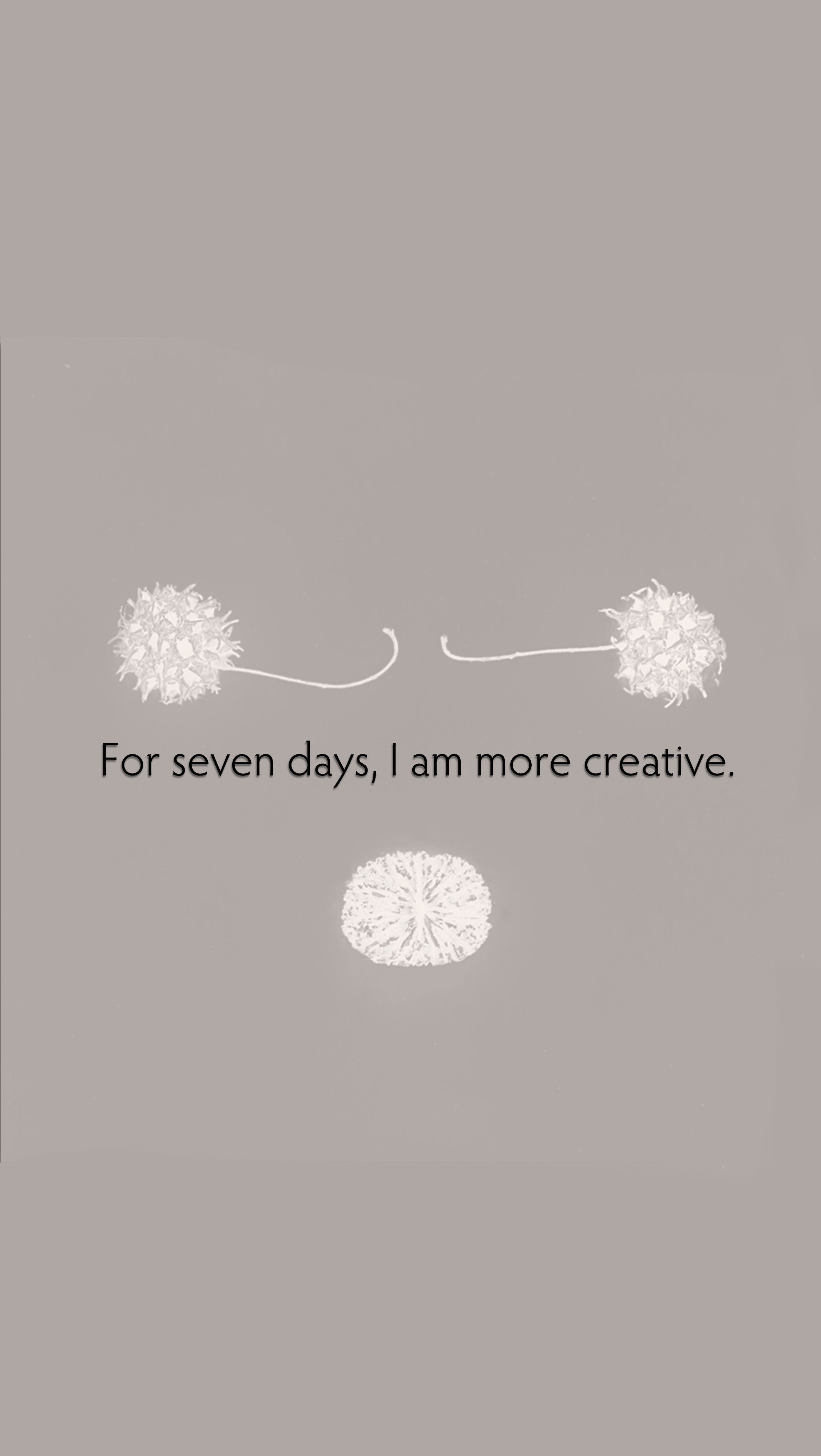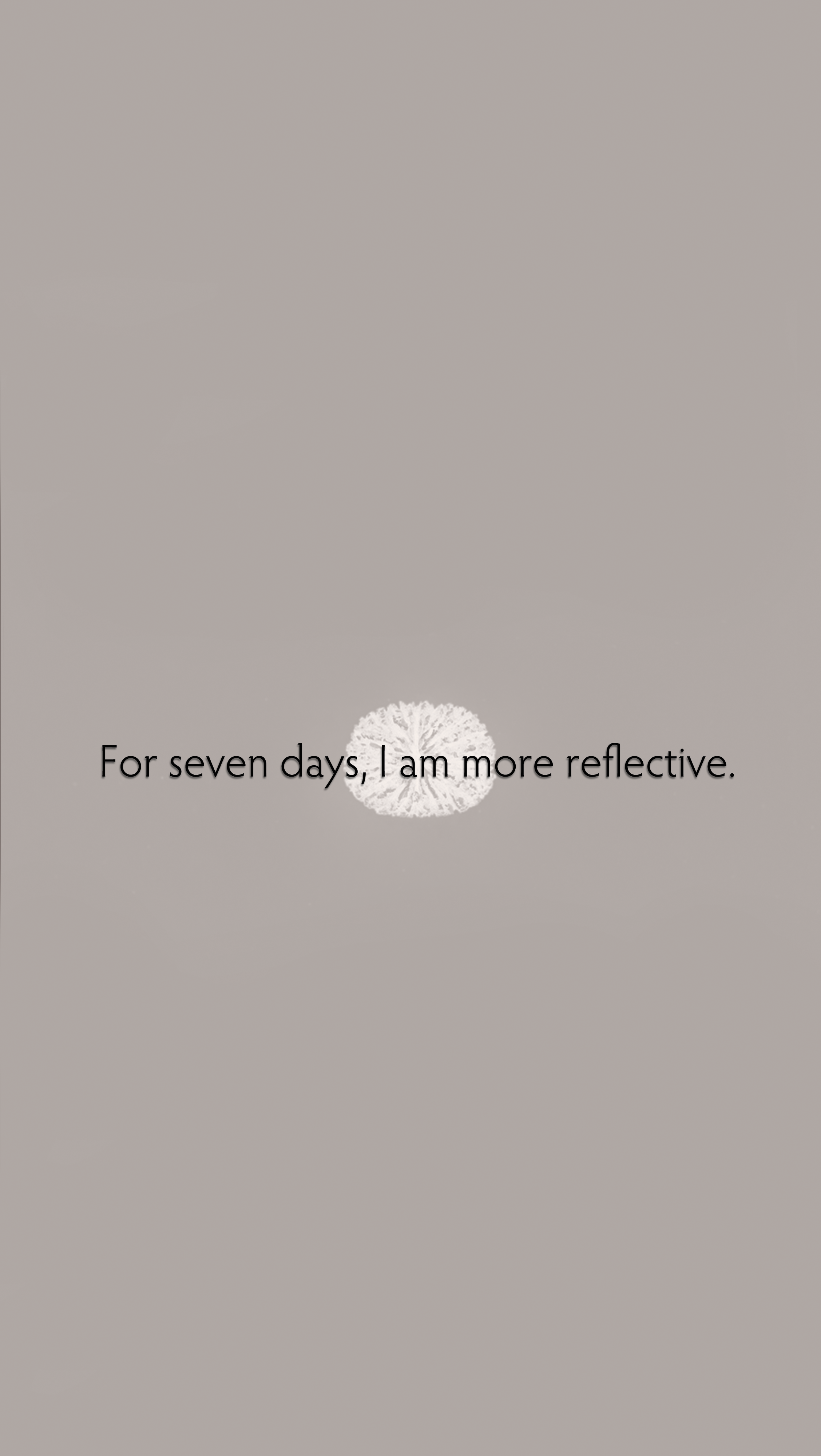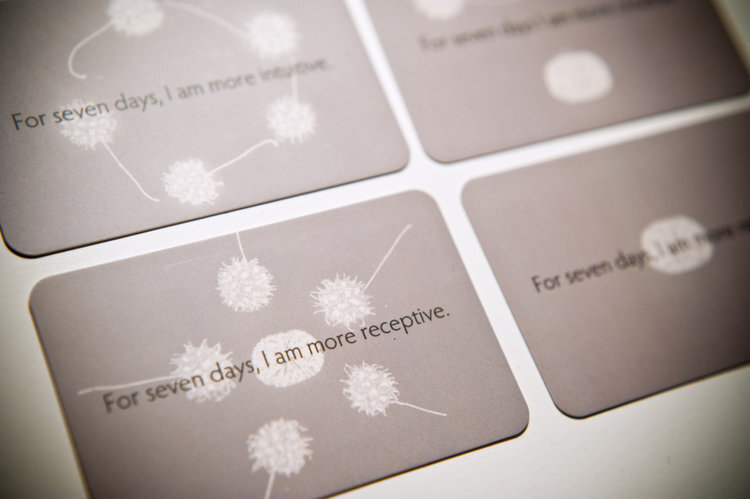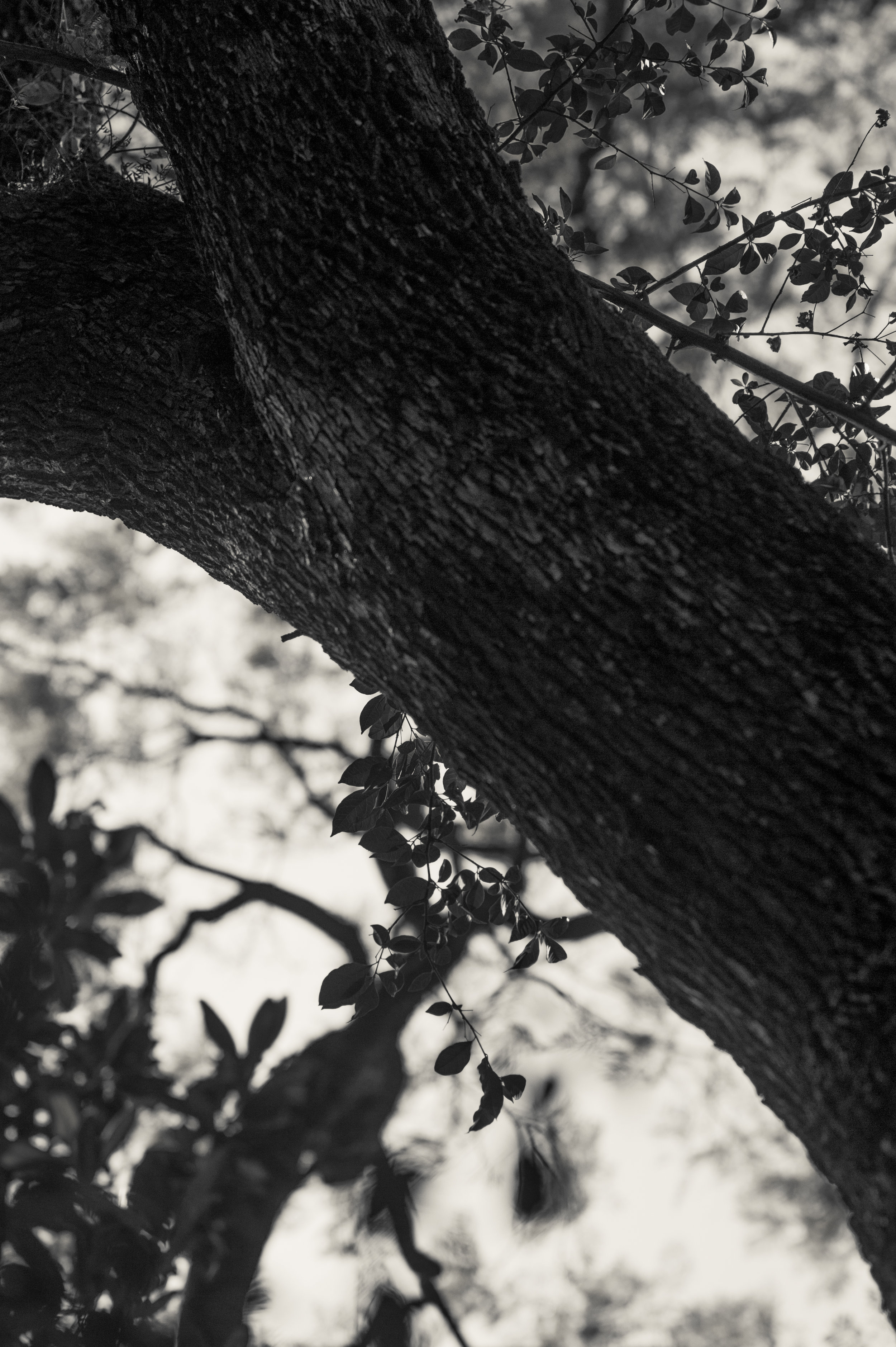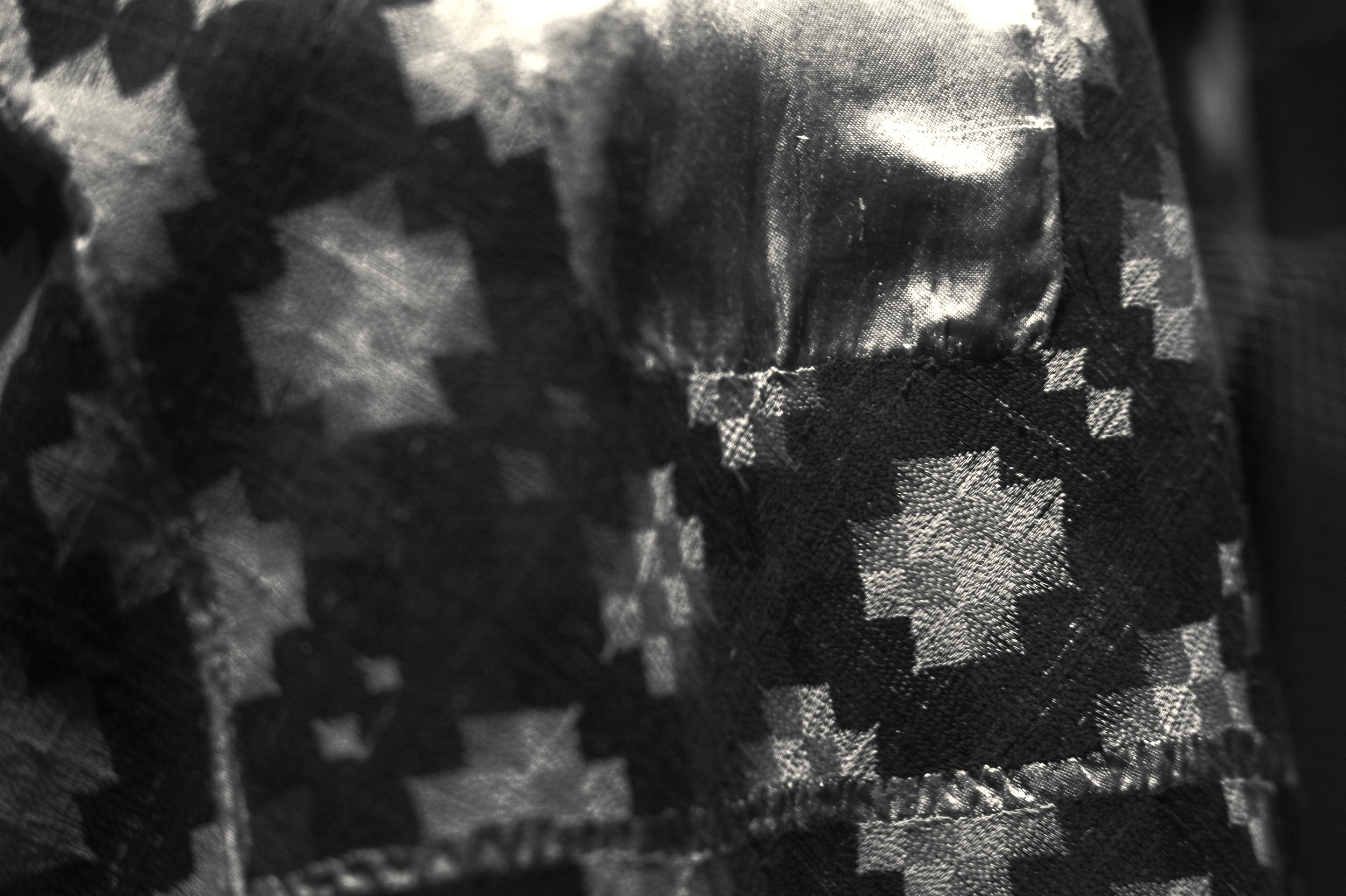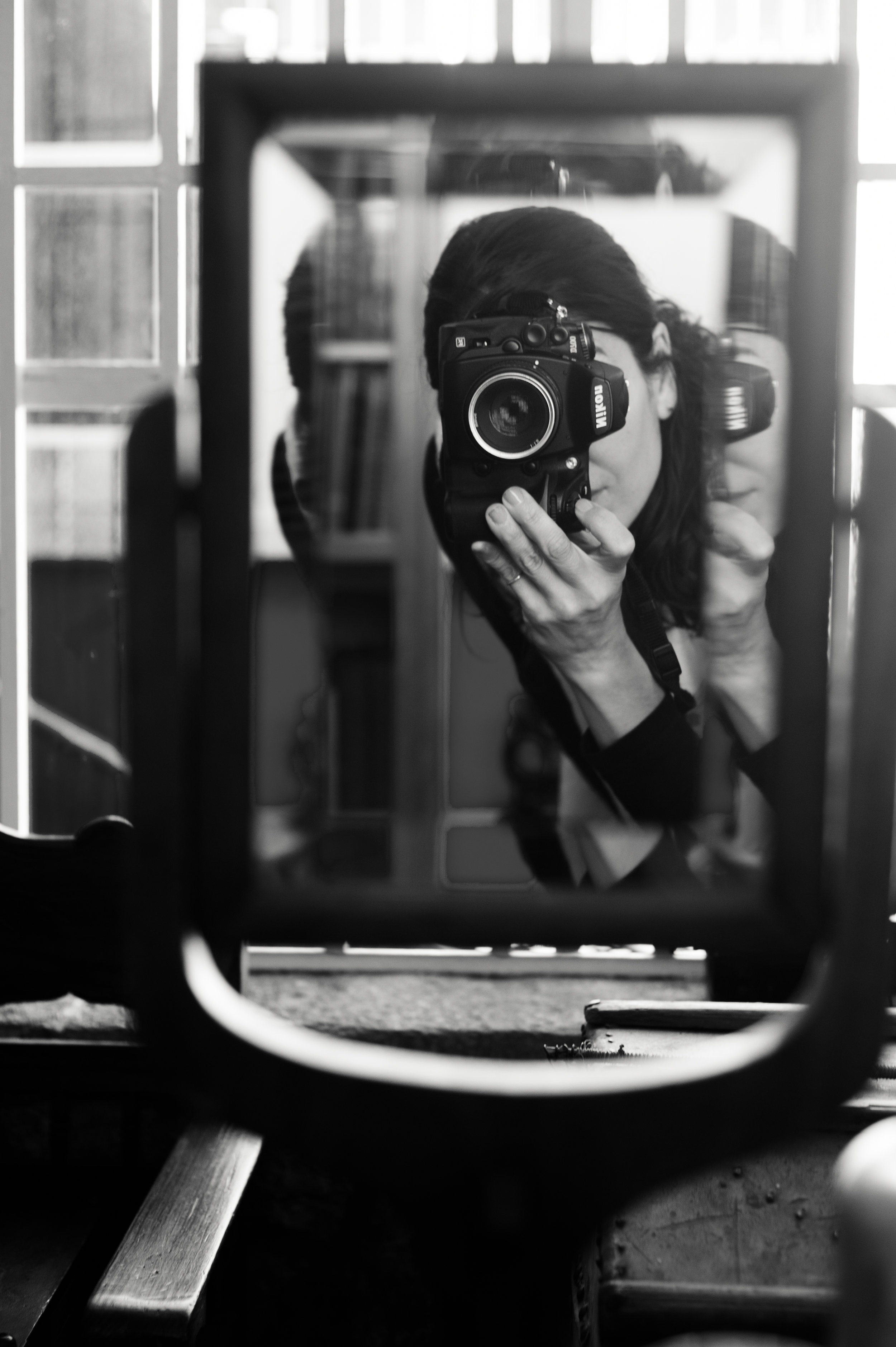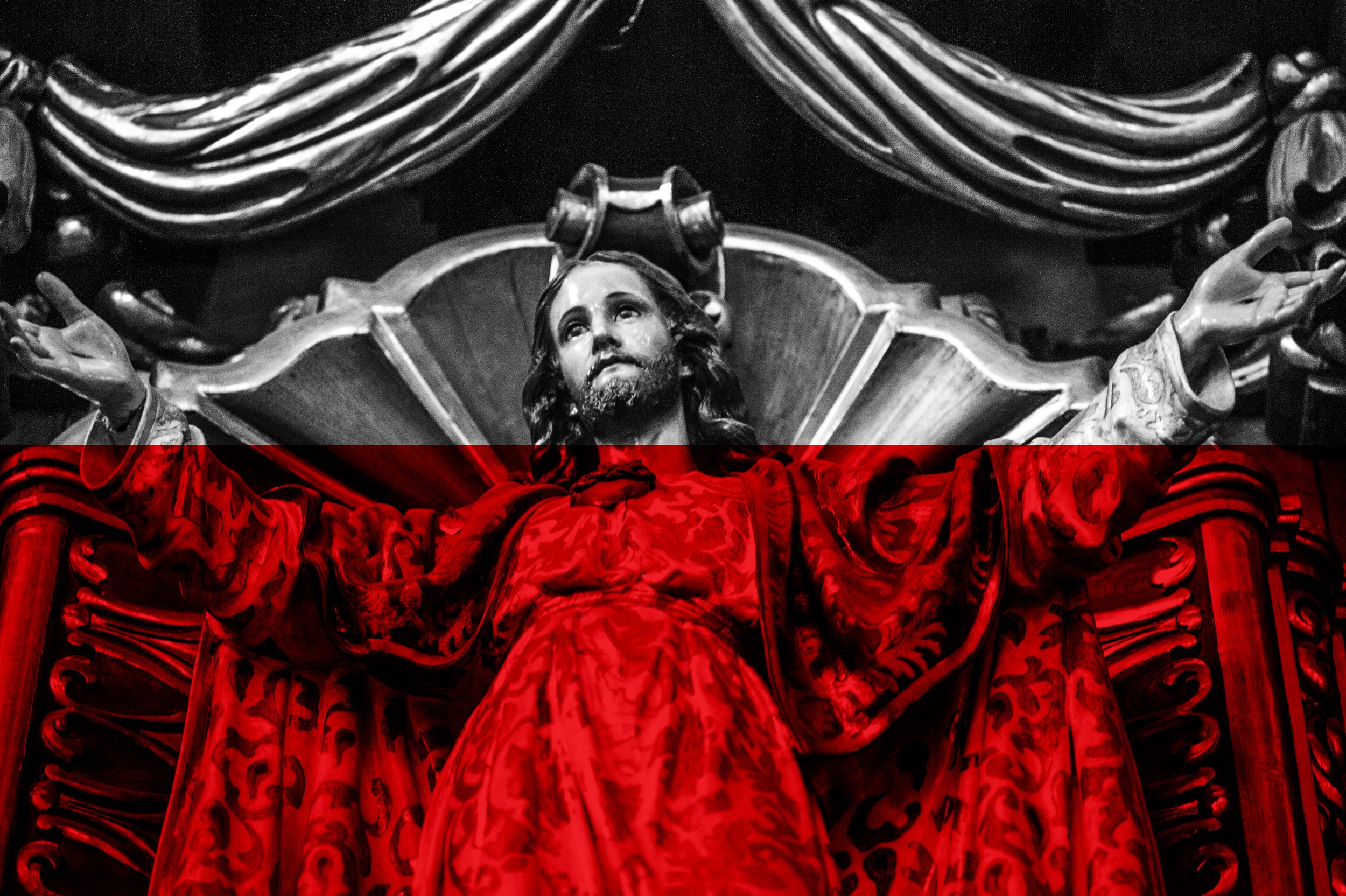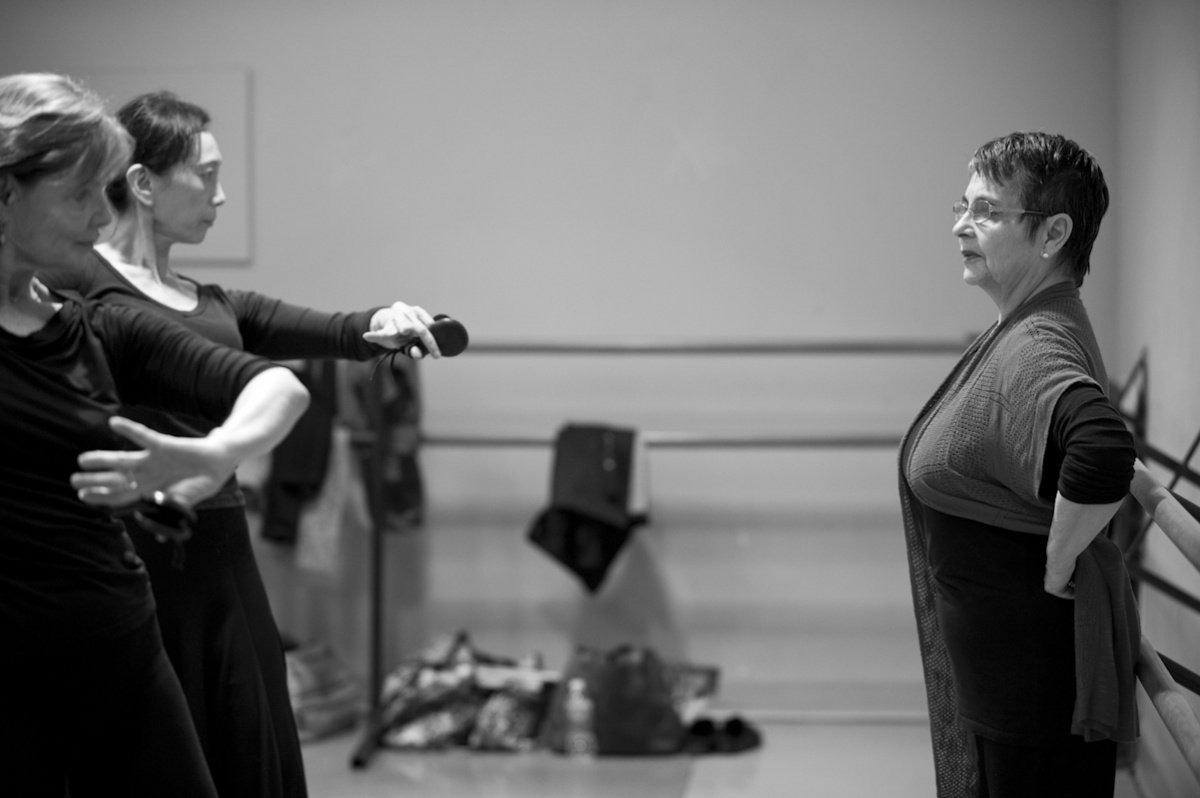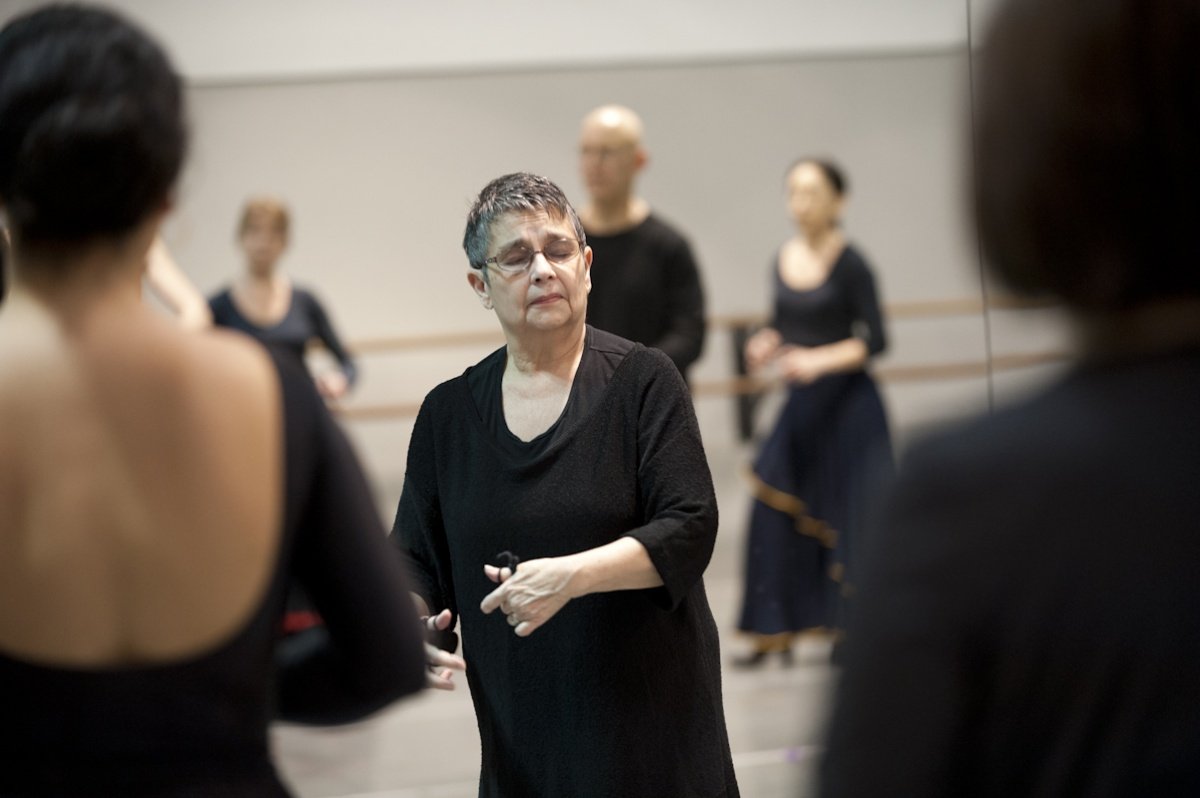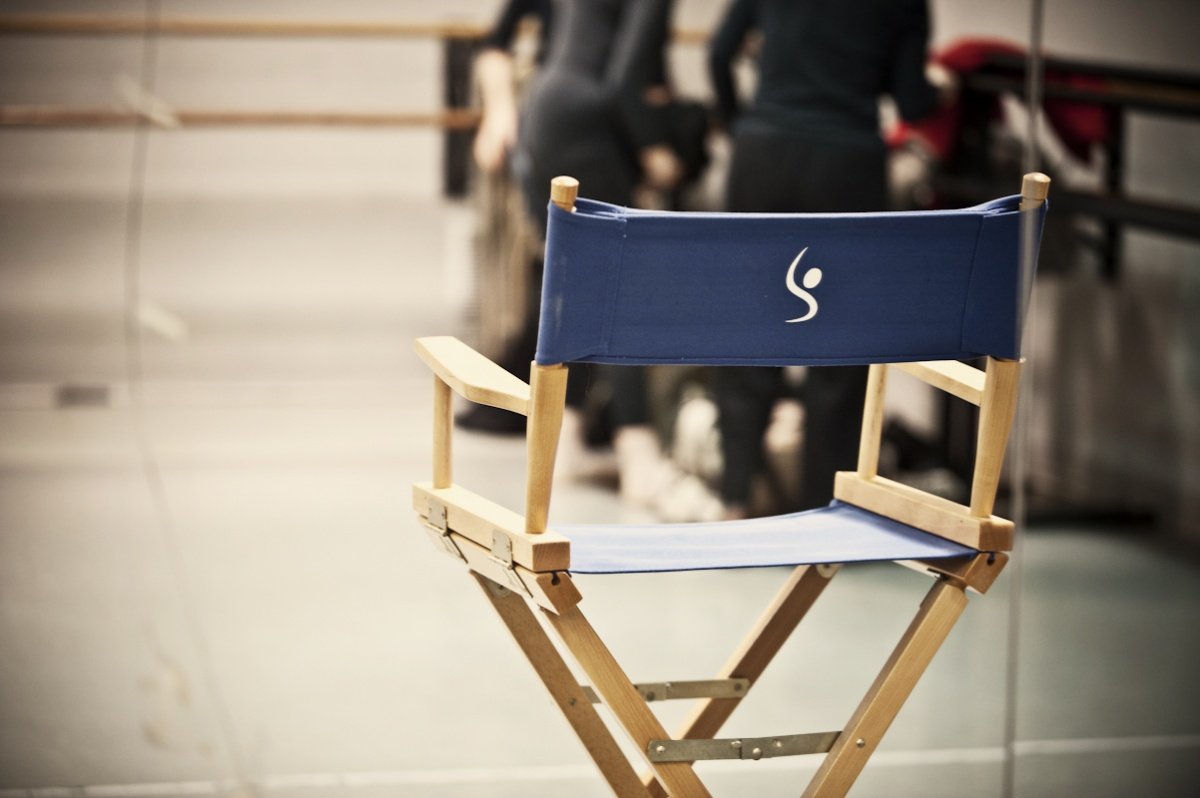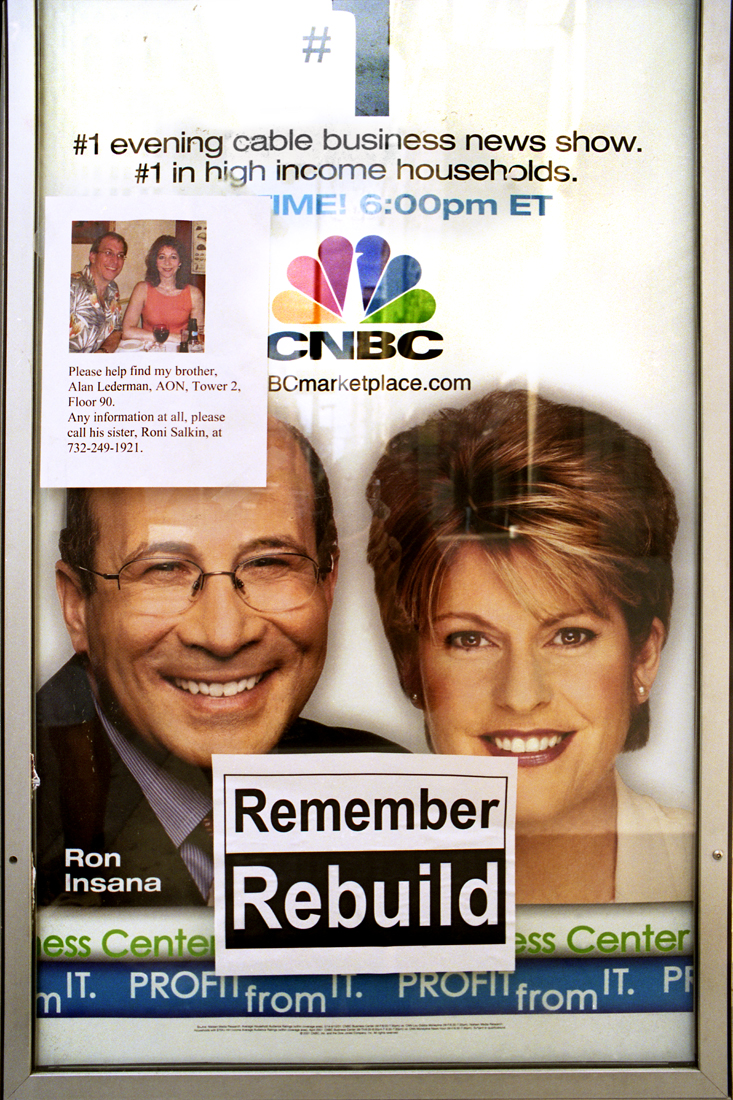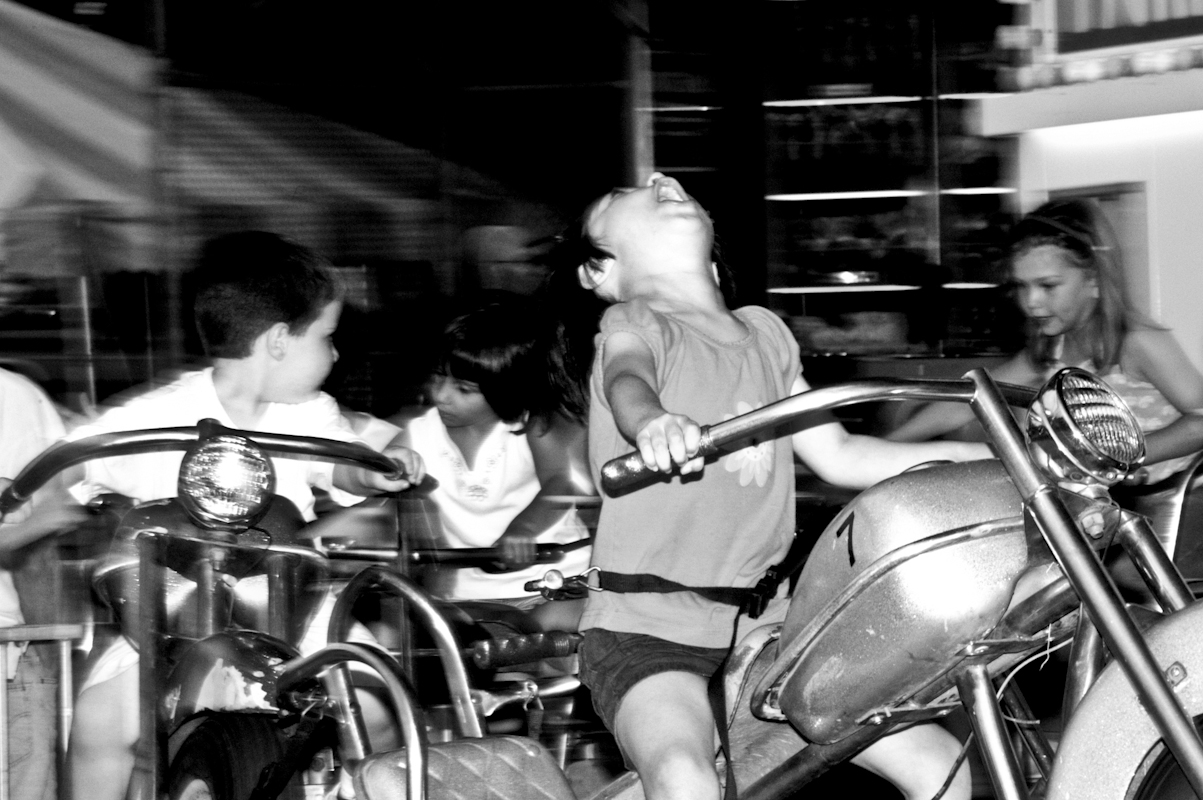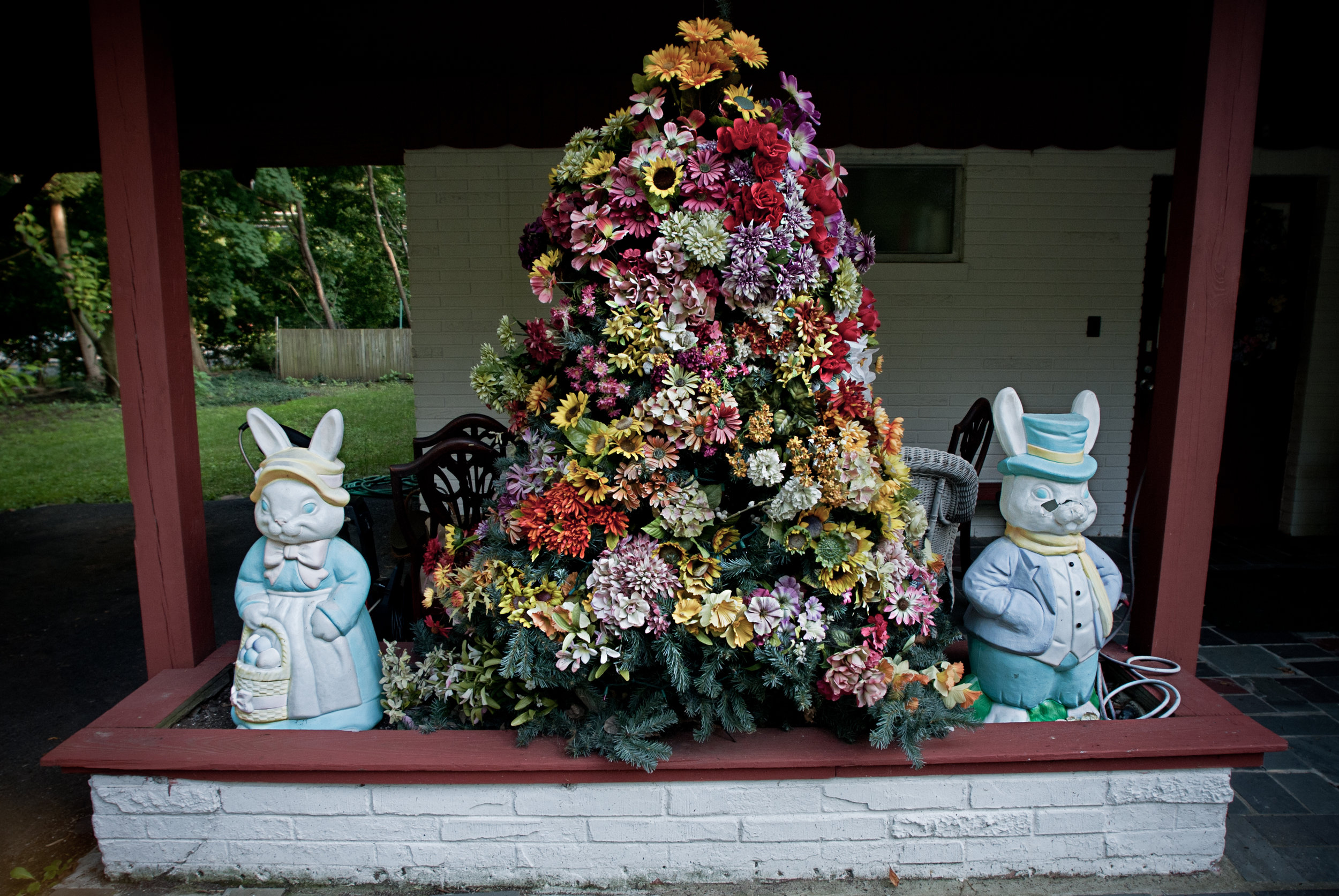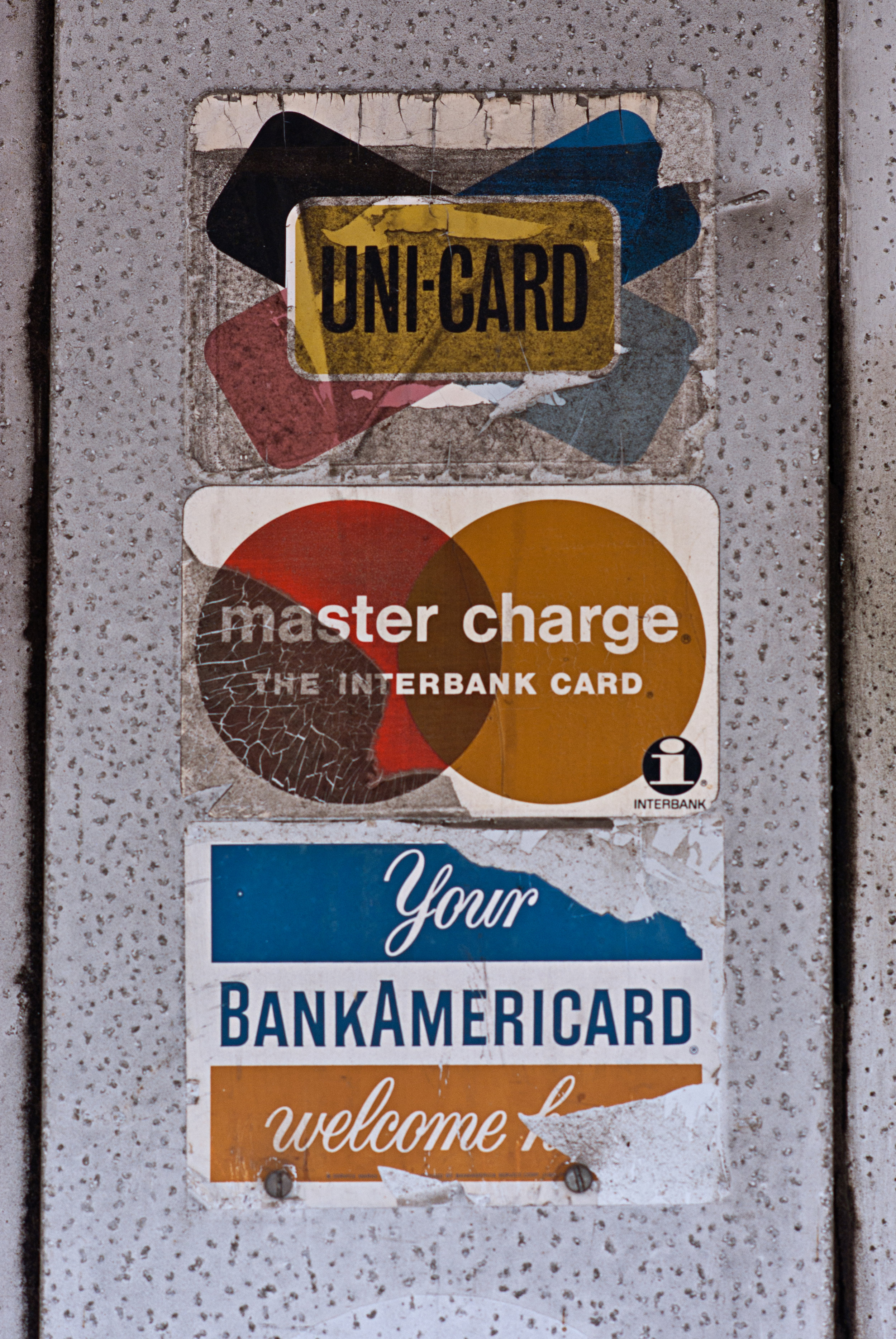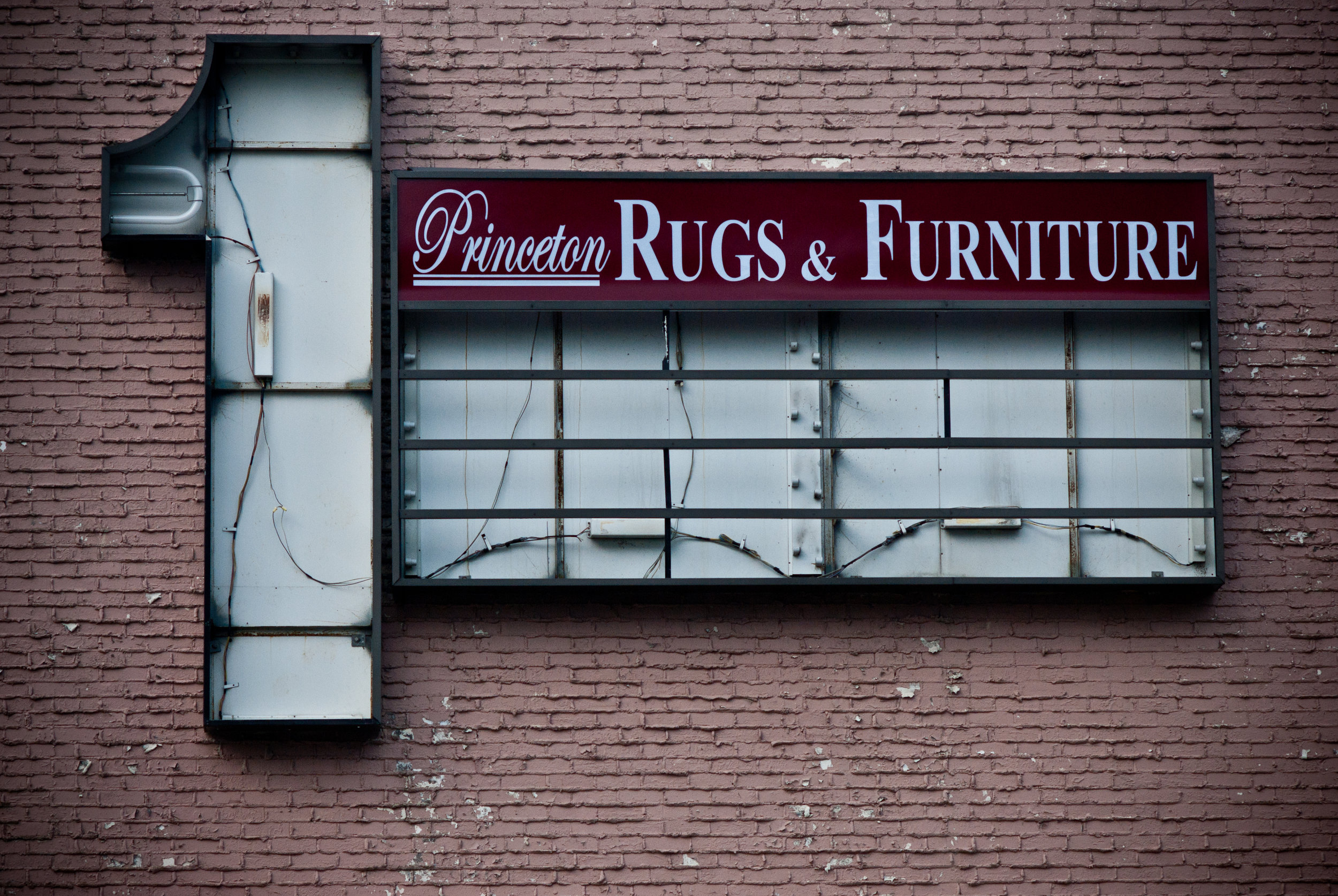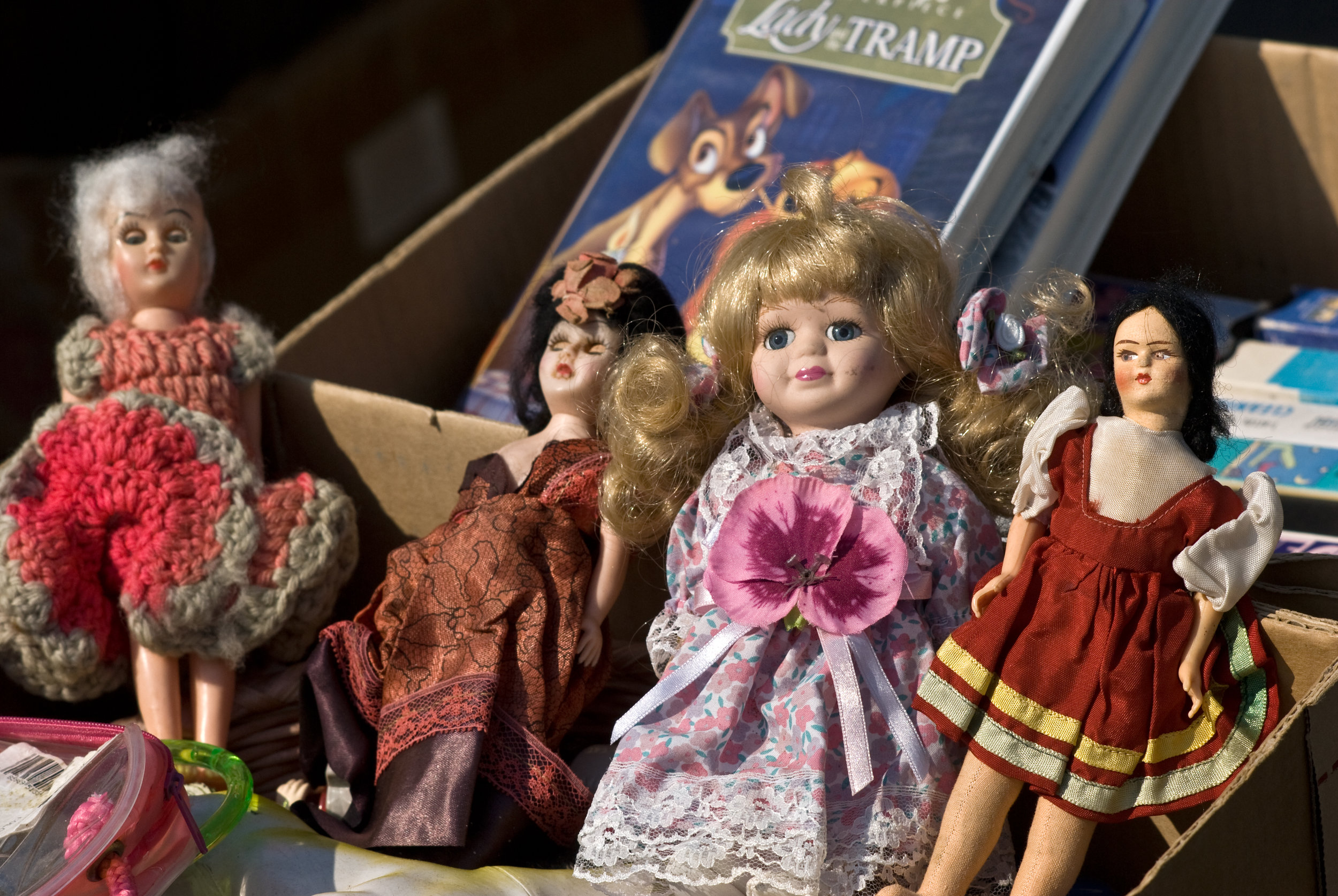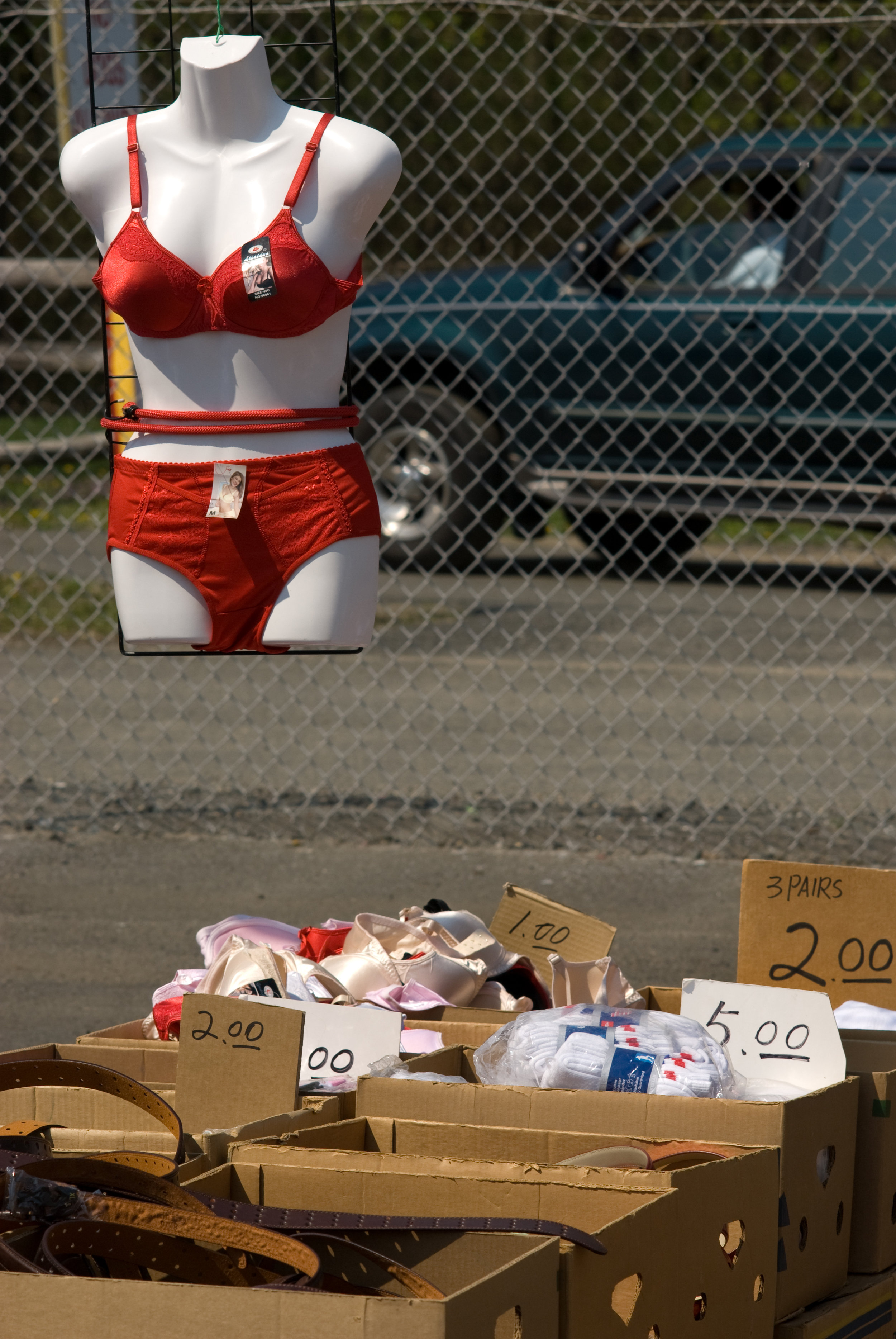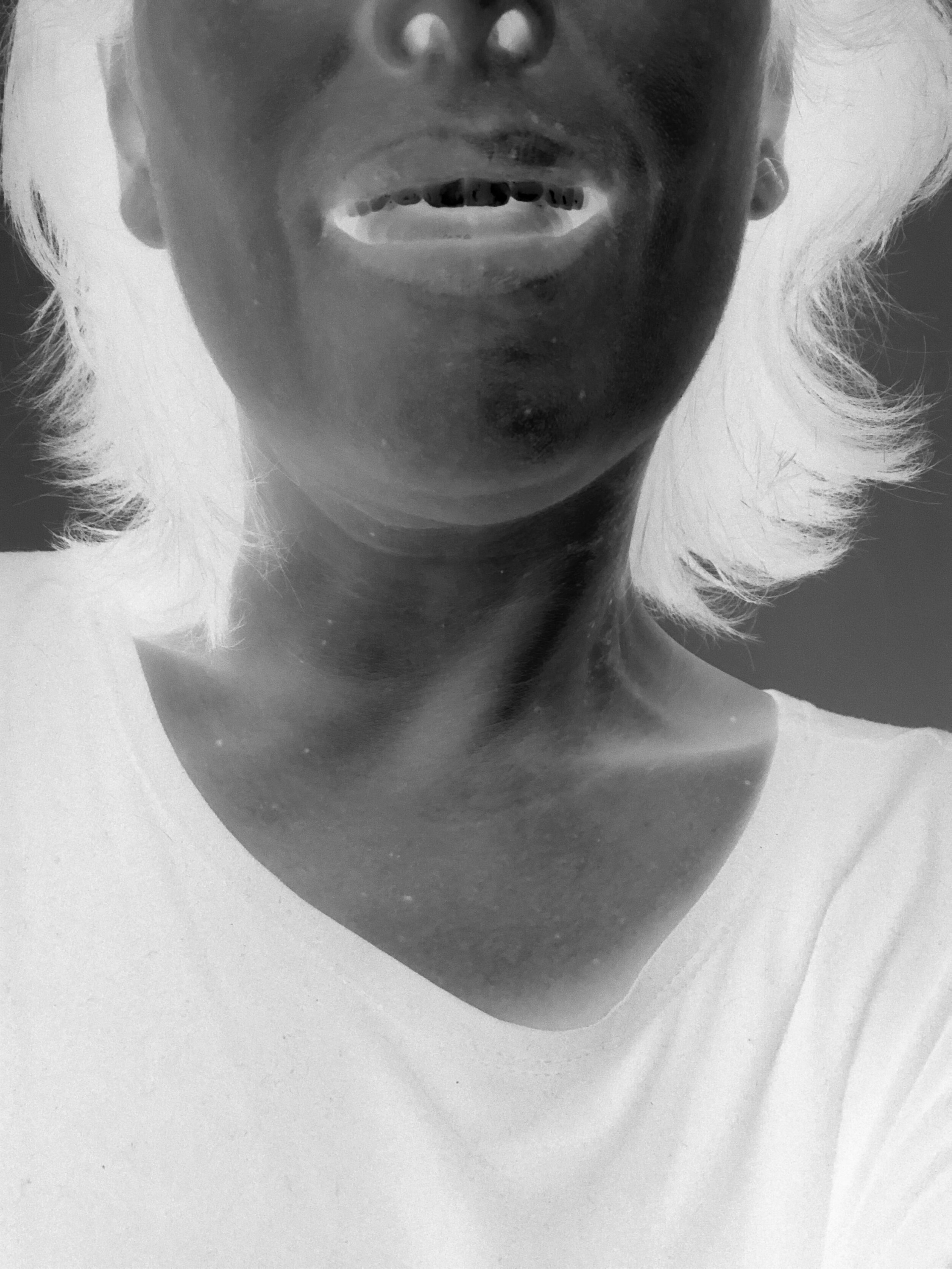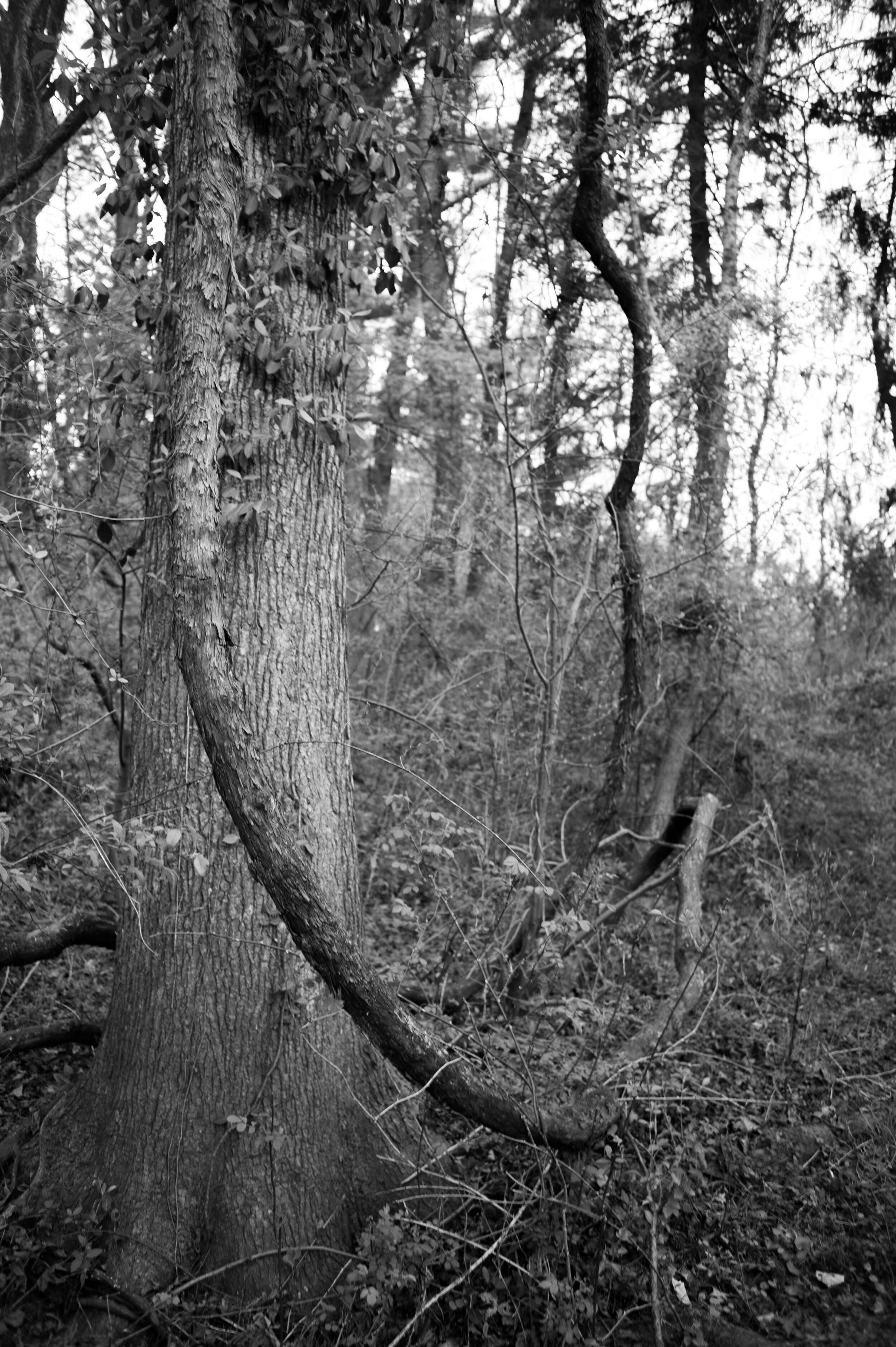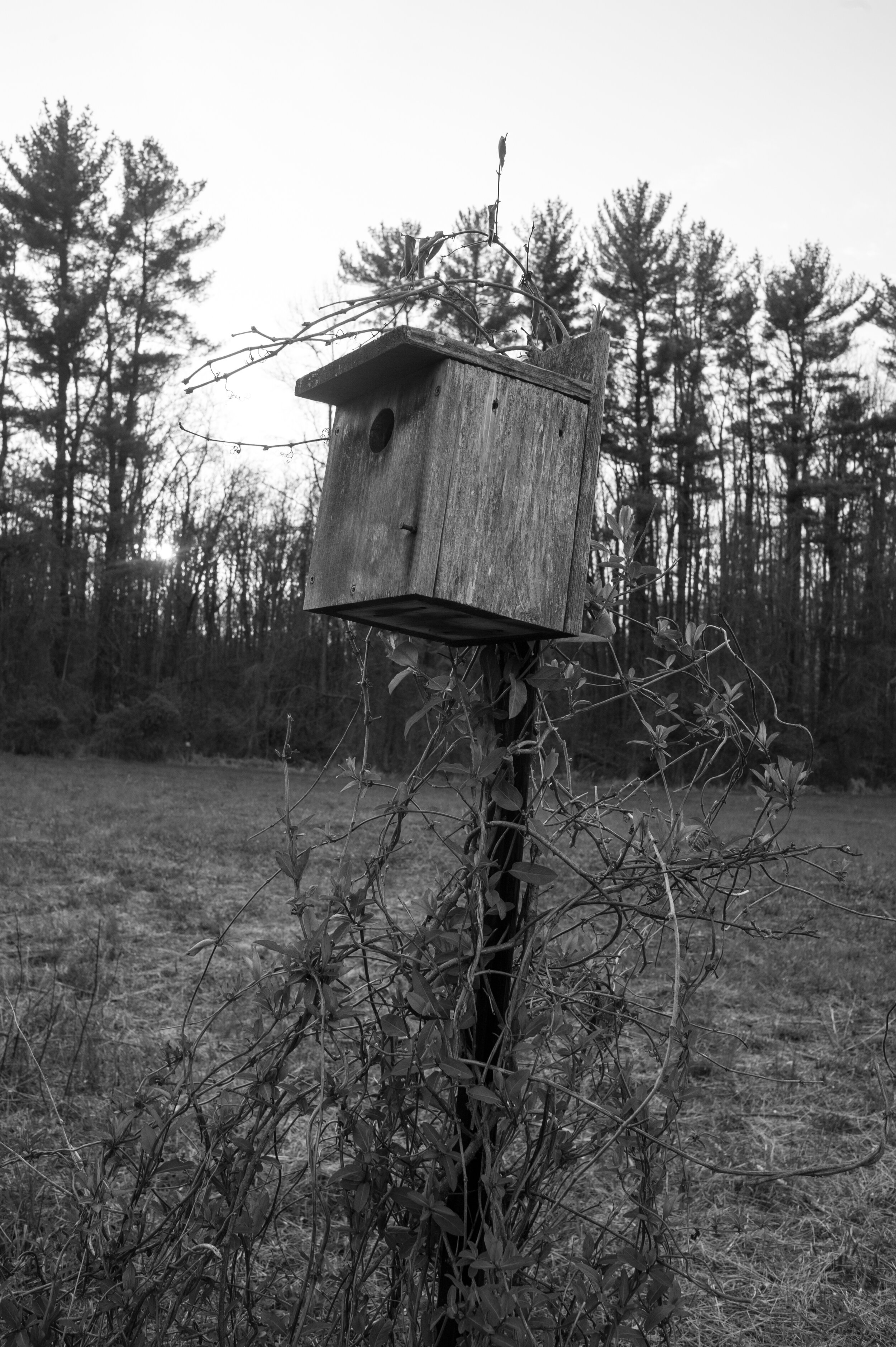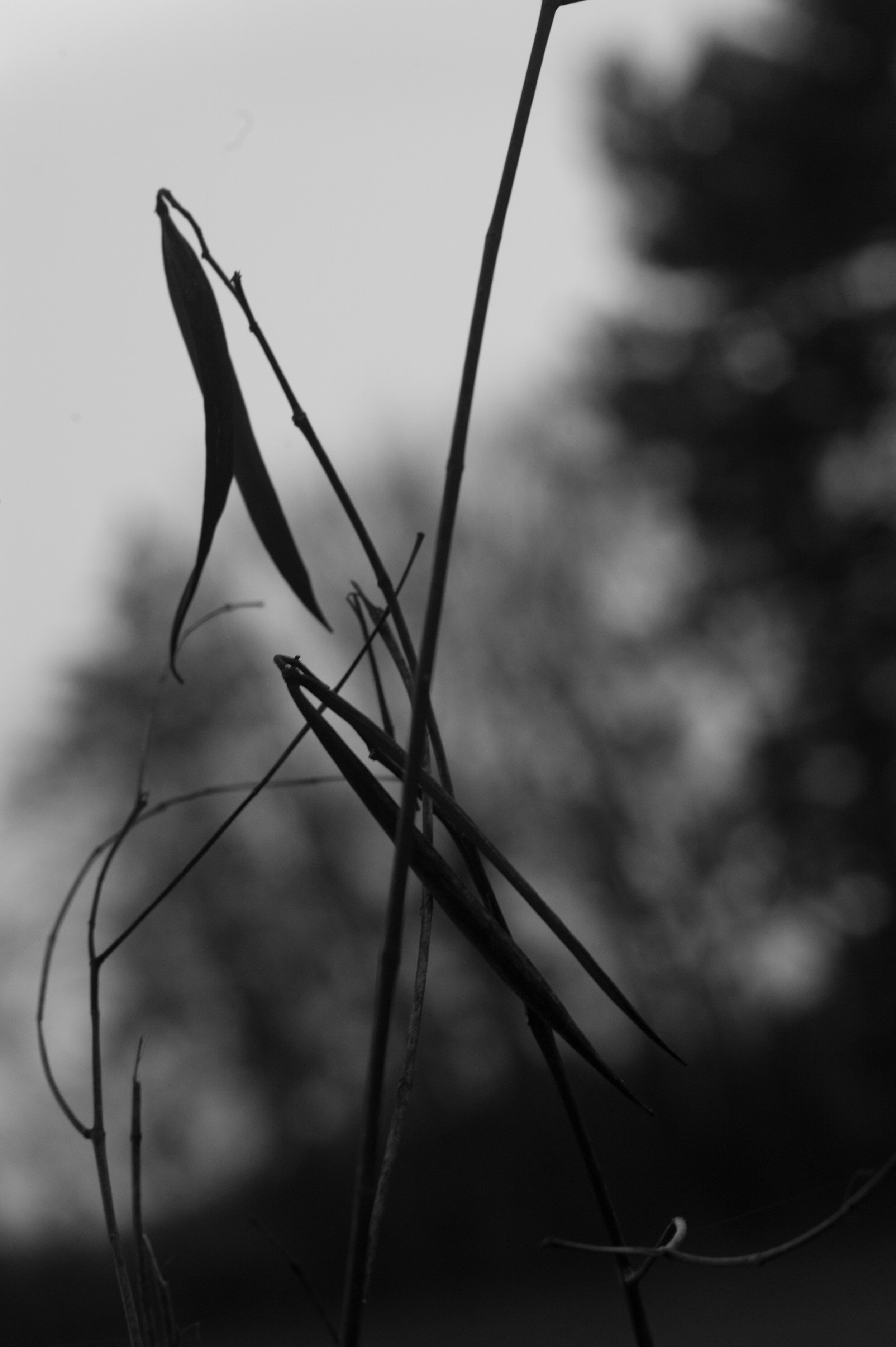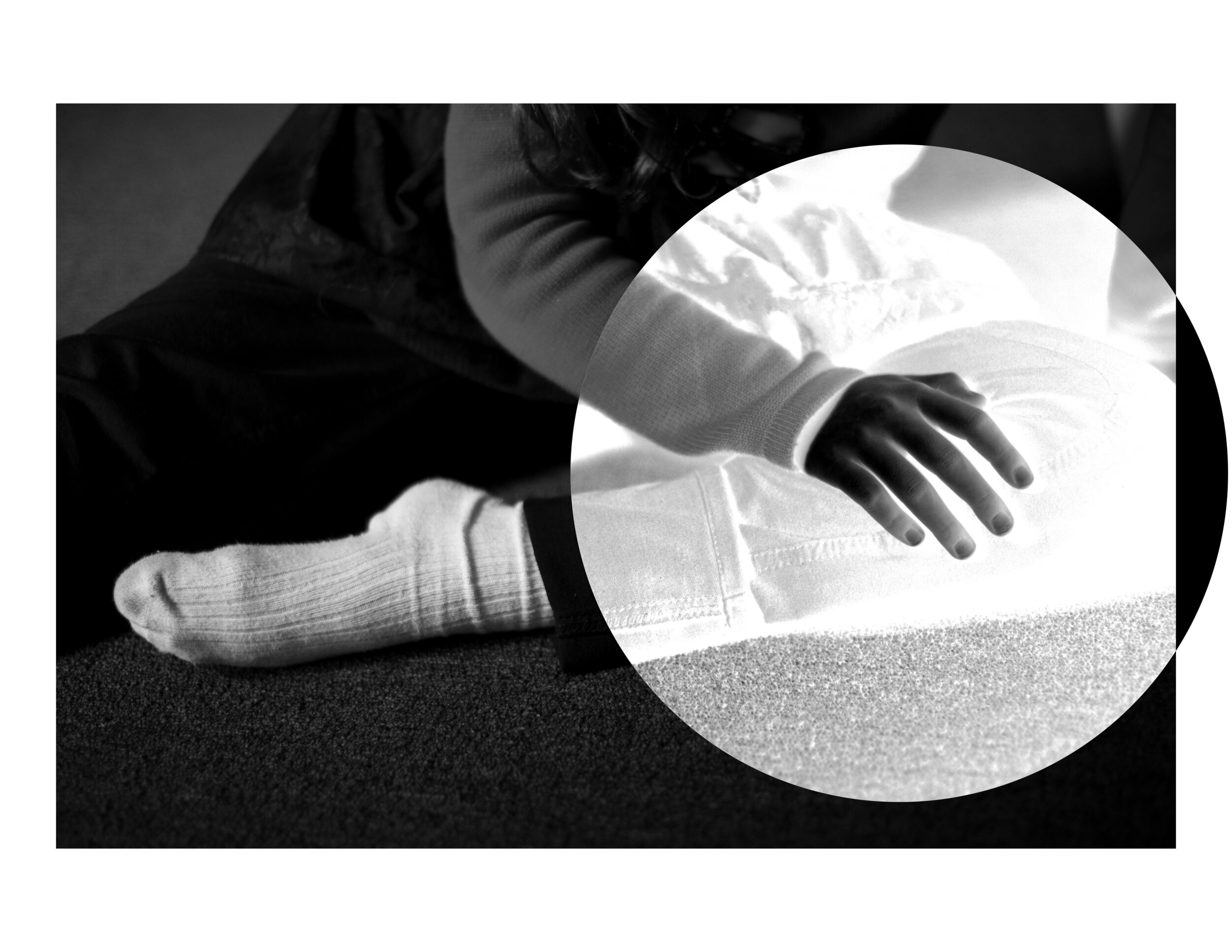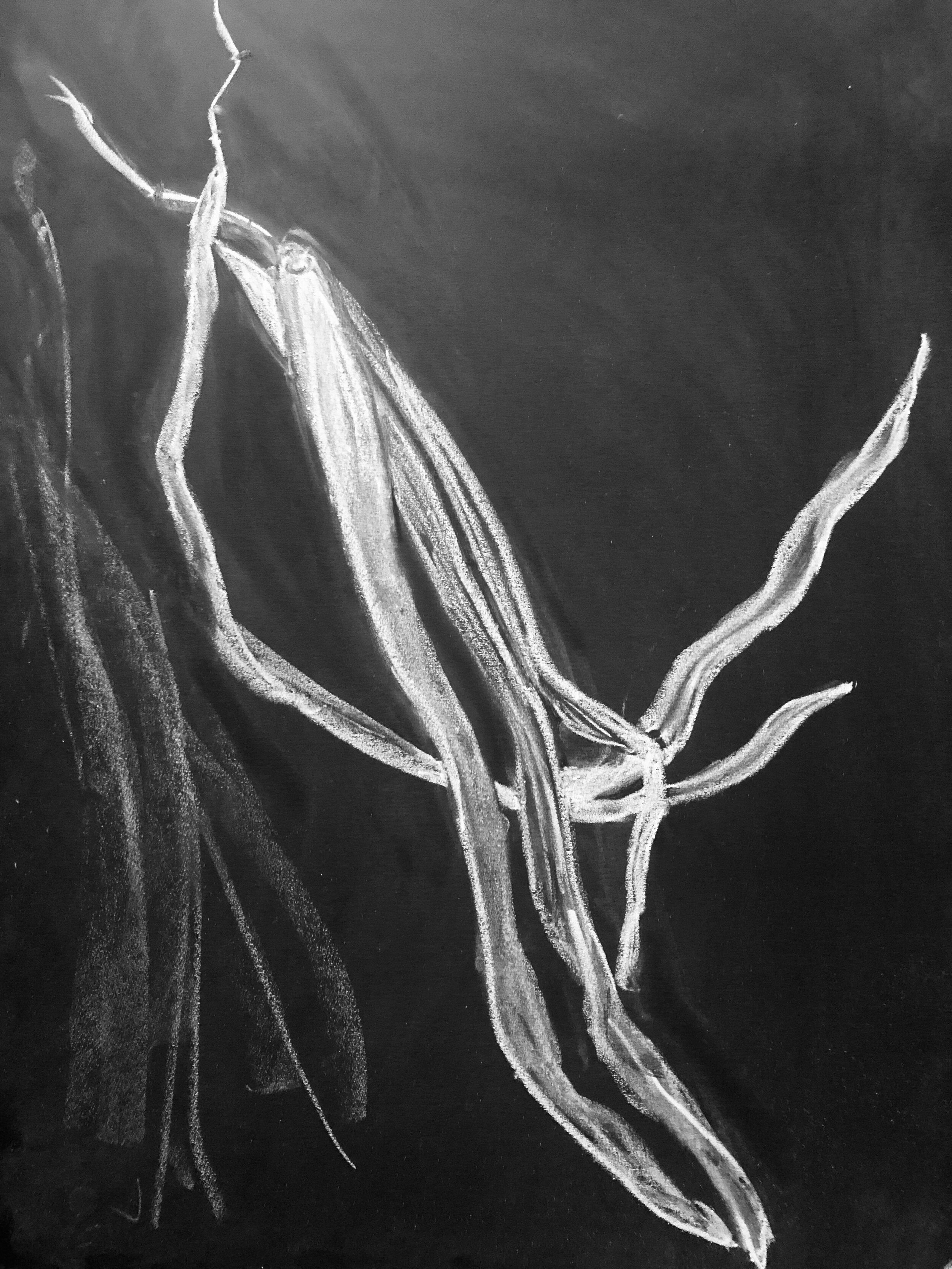The book dummy ALL FOR HER created from the photo series you are about to see, was one of the works selected at ENCONTROS DA IMAGEM PHOTOBOOK AWARDS 2025 in Portugal. It has also received an honorable mention at Prêmio FOTO EM PAUTA 2024 in Belo Horizonte, Brazil and was one of 12 publications selected at MULHERES LUZ Foto Book Fair 2024 in Sao Paulo.
This project also received an acquisition prize from THE MUSEUM OF AVANT-GARDE, in Mendrisio, Switzerland, as a finalists of the 2024 Graciela Iturbide MA-G Photography Awards.
Other exhibitions included the 2024 NJ ARTS ANNUAL SHOW, at the Montclair Art Museum and the FESTIVAL SOLAR in Ceará, Brazil and Museo da Imagem e do Som de Santa Catarina, Brazil as part of the project MADONNAS & FRIDAS.
The following work may generate emotional triggers, as it discusses depression, mental disorders and suicidal thoughts. Please consider your well-being when accessing it.
All photographs used in this work are part of my family archives.
13” x19” Pigment print on archival paper (251 gsm);
The matriarchs of my family had experienced a series of traumatic events in their bodies - postpartum depression, miscarriage, surgical removal of the thyroid and hysterectomy - but adequate treatments were not offered to them. Their traumas, emotional and hormonal imbalances were never properly addressed.
13” x19” Pigment print on archival paper (251 gsm);
13” x19” Pigment print on archival paper (251 gsm);
My grandmother had debilitating moments of depression. For some periods of time, the family even moved temporarily to relatives' homes when my grandmother became incapable to maintain her household in order. When my grandparents emigrated from Rio de Janeiro to the United States, in the 1950’s, the depression she suffered throughout her adult life was treated with tranquilizers. The drug Miltown (meprobamate) became available on the market in 1955 and quickly became the first psychotropic drug in United States history to achieve record sales.
This tranquilizer was freely prescribed for the treatment of depressed women in the cosmopolitan American context. The psychological and physical dependence generated by this medication, even when taken within prescribed quantities, was ignored. In just two years it became the best-selling medical prescription in the United States. One of the factors that contributed to Miltown becoming enmeshed in popular culture was its use among celebrities in the movie industry. Addiction became particularly noticeable among Hollywood artists of that period.
Only in 1967, limits were imposed on the number of prescriptions and duration of treatments with Miltown due to the physical and psychological dependence it generated in users. Finally in 2012, the European Union suspended the marketing of this medication due to the serious side effects observed. Despite being rarely prescribed nowadays, this medicine popularly informally called the “peace pill” is still available in the American market today.
13” x19” Pigment print on archival paper (251 gsm);
13” x19” Pigment print on archival paper (251 gsm);
“… well suited for prolonged therapy.”
- Disclaimer of prescription drug Miltown.
13” x19” Pigment print on archival paper (251 gsm);
Probably one of the most extravagant marketing campaigns in the history of the pharmaceutical industry was created exactly for the Miltown tranquilizer. In 1958, an art installation in the shape of a chrysalis was produced by Salvador Dali for the annual meeting of the American Medical Association in San Francisco. Gala Dali was a user of the drug Miltown and suggested collaboration between Salvador Dali and the pharmaceutical company. A catalog with watercolors and an immersive installation representing the release of anxiety now possible through the use of tranquilizers were commissioned.
“Inside a 60-foot ‘Crisalida,’ created by Salvador Dali for the San Francisco Convention of the American Medical Association,” June 23, 1958. Bettmann Collection / Getty Images
13” x19” Pigment print on archival paper (251 gsm);
“… true butterfly of tranquility”
- Final words of text written by Salvador Dali describing his commisioned work “Crisalida” (1958)
13” x19” Pigment print on archival paper (251 gsm);
“…through the evils of nightmares to divine and paradisiacal dreams.”
- Salvador Dali describing his commisioned instalation “Crisalida” (1958)
Marketing campaigns for the drug Miltown had doctors as their main audience. Advertisements were published in medical journals accompanied by extensive marketing campaigns with distribution of samples to doctors' offices, and even promotional vinyl albums in which the properties of the medicine were proclaimed on side A, and classical music or Christmas carols were recorded on the record’s side B. An audio rendition of these recordings was created.
Although originally conceived as an audio rendition, a video of the graphic elements and photographs in this project were compillated for a video installation at Les Arches Citoyennes in Paris. This group exhibition was a culmination of La.boratoire Transatlantique d’Expérimentation - La.Ima with curation by Ioanna Mello and Olenka Carrasco.
A video projection of this work along side Laima artists is taking place at Le BIR, bureau d’investigation du réel a Laboratory for critical and design thinking based in Arles, during Les Rencontres d’Arles 2024. Le BIR was founded in 2018 by Anna Karin Quinto to reflect on why and how to disseminate images today.
Shadow box: mixed media; canvas print, acrylic box, various objects 11”x14”.
In 1963 a new antidepressant was released into the market. My grandmother began to be prescribed and medicated with Valium. This medication’s advertising campaigns purposely targeted a female audience offering a quick and easy solution to the problem of being a woman - no matter if she was the tired mother, the stressed executive or a spinster. After a decade of campaigns aimed at the domestic and female market, the pharmaceutical industry had created its ideal consumer - housewives apparently became the main users of tranquilizers - the little pills are still called “mother’s little helper”.
Shadow box: mixed media; canvas print, acrylic box, various objects 11”x14”.
O Laboratorio Carter que produz a medicacao Miltown comercializava “Little Nerve Pills” desde o final do seculo XIX com campanhas publicitarias direcionadas especialmente ao publico feminino.
13” x19” Pigment print on archival paper (251 gsm);
13” x19” Pigment print on archival paper (251 gsm);
13” x19” Pigment print on archival paper (251 gsm);
13” x19” Pigment print on archival paper (251 gsm);
Decades later, when my mother went through her own crisis of depression in Brazil in the 1980’s, her diagnosis was determined within a religious context. Spiritualist origins based on the syncretism between Christianity, spiritualism and Candomblé were considered the origin and consequence for the depressive episodes that I cyclically witnessed during my childhood. Not even the extreme side effects she experienced during the use of pshychiatric drugs, culminating in suicidal behavior, were addressed. Instead of medical treatment, promises and blessings were performed - including the offering of an ex-voto wax head in the old Metropolitan Cathedral of Rio de Janeiro to “Our Lady of the Head” asking for a cure.
13” x19” Pigment print on archival paper (251 gsm);
13” x19” Pigment print on archival paper (251 gsm);
“Do not allow my poor head to be tormented by evils that disturb the tranquility of my life.”
- Prayer to Our Lady of the Head, devotion from Andalusia, Spain, circa 1227.
Head, ex-voto made of wax.
13” x19” Pigment print on archival paper (251 gsm);
Thyroid, ex-voto made of wax.
13” x19” Pigment print on archival paper (251 gsm);
“Your thyroid is a butterfly-shaped gland located in the front of your neck.”
Growing up in New York, after migrating from Brazil at 9 year’s old in 1946, my mother would listen to Father Patrick Peyton's litany on radio and television - a priest who would be funded by the C.I.A. to instigate anti-comunist fervor on the streets of Brazil promoting “Family Marches with God for Freedom” in preparation for the military coup of 1964.
The pro-American doctrine came in the suitcase along with the rosary, when my father, recently married and a graduate student in New York City, was hired by General Motors’ headquarters in São Paulo. Multinationals were multiplying in Brazil and so was my mother. With a ring on her finger, and the North American “Alliance for Progress” policy in full swing in Brazil, my mother gives birth in São Paulo in the 1970’s.
13” x19” Pigment print on archival paper (251 gsm);
“A Marcha da Familia em Belo Horizonte.” MANCHETE. ano 2. edição 0632. Rio de Janeiro, RJ: Bloch, 30 de maio de 1964. Disponível em: http://memoria.bn.br/DocReader/DocReader.aspx?bib=004120&pagfis=56609. Acesso em: 28 Mar. 2024. Digitalização pela Biblioteca Nacional Digital.
Shadow box: mixed media; canvas print, acrylic box, various objects 11”x14”.
13” x19” Pigment print on archival paper (251 gsm);
Shadow box: mixed media; canvas print, acrylic box, various objects 11”x14”.
batmacumbaiéié batmacumbaoba
batmacumbaiéié batmacumbao
batmacumbaiéié batmacumba
batmacumbaiéié batmacum
batmacumbaiéié batman
batmacumbaiéié bat
batmacumbaiéié ba
batmacumbaiéié
batmacumbaié
batmacumba
batmacum
batman
bat
ba
bat
batman
batmacum
batmacumba
batmacumbaié
batmacumbaiéié
batmacumbaiéié ba
batmacumbaiéié bat
batmacumbaiéié batman
batmacumbaiéié batmacum
batmacumbaiéié batmacumbao
batmacumbaiéié batmacumbaoba
“Batbacumba”, lyrics by Caetano Veloso and Gilberto Gil, Gravação Tropicália ou panis et circensis, Philips, R 765.040L (1968).
13” x19” Pigment print on archival paper (251 gsm);
13” x19” Pigment print on archival paper (251 gsm);
“Quero perder de vez tua cabeça, Minha cabeça perder teu juízo, Quero cheirar fumaça de óleo diesel ”
Song Cálice, by Chico Buarque and Milton Nascimento.
13” x19” Pigment print on archival paper (251 gsm);
“Cuidado pessoal, aí vem vindo a veraneio
Toda pintada de preto, branco, cinza e vermelho”
-Song “Veraneio Vascaína”, lyrics by Renato Russo.
13” x19” Pigment print on archival paper (251 gsm);
Uterus, ex-voto made of wax.
13” x19” Pigment print on archival paper (251 gsm);
Religiosity as a form of self-protection becomes an obsession beyond the mother’s body. The innocence of childhood began to be protected at any cost - the mother becomes a zealot against two growing bodies - while the emotional imbalance would gradually undermine control over her own.
The mixing of repression and religion that little by little dominated the family space did not seem so absurd. Not even the sewing of blessed medals in clothing. For years on the streets of Brazil, led by the military and the elite, thousands had been exorcising the country with rosary in hand in order to rid the country of the bodies of those so called communists.
“só quero agasalhar meu anjo.”
- “Angélica”, Song by Chico Buarque dedicated to Zuzu Angel assasinated during the military dictoriaship in Brazil.
13” x19” Pigment print on archival paper (251 gsm);
13” x19” Pigment print on archival paper (251 gsm);
“Quando a porca torce o rabo
Pode ser o diabo
E ora vejam só.”
- “Bicharia” from the record “Os Saltimbancos” by Chico Buarque
Object: Replica of a childhood bra. Fabric and miraculous medal of Our Lady of Graces.
"our unworthiness because of our countless faults.”
- Prayer to Our Lady of the Miraculous Medal.
Just like my body’s maturing, the dictatorship was better covered up. The core of the family chose to ignore, not to know, not to recognize the dictatorship. They did the same with mental illness. The erasure of these two facts continues to this day.
My childhood came and went during a dictatorial regime, without the knowledge of stories of women like Miriam Leitão, Zuzu Angel, Aurora Marta Nascimento Furtado that resisted the dictatorial government. The hundreds of tortured, disappeared, imprisoned and assassinated during the Brazilian dictatorship were lost to me in the echo of propaganda - all I ever heard was: “what is good for the United States is good for Brazil.”
13” x19” Pigment print on archival paper (251 gsm);
“ Fighting for your rights
And the old red, white, and blue ”
- Theme song TV series “Wonder Woman” (1975-1979)
13” x19” Pigment print on archival paper (251 gsm);
“Você precisa aprender inglês
Precisa aprender o que eu sei”
“Baby” by Caetano Veloso, Gravação Gal Costa, Philips, R 765.098 L (1969).
I grew up in Belo Horizonte completely abstracted from the political repression that was happening around me. Right there in the city’s center was one of the main areas of illegal incarceration during the military dictatorship: DOPS - Departamento de Ordem Política e Social. Downtown at Avenida Afonso Pena, 2351, inside a cork-covered room, torture was being perpetrated against those who resisted the dictatorial government. In my political innocence, any sound of resistance went unnoticed.
13” x19” Pigment print on archival paper (251 gsm);
“Às cinco horas na avenida central
Mas as pessoas da sala de jantar
são ocupadas em nascer e morrer”
Panis et Circensis. Song by Gilberto Gil e Caetano Veloso. Marisa Monte. Barulhinho Bom, EMI, 854211 2, 1996.
Diary entry when I was 11 year’s old.
After 21 years of a dictatorial government, a civil president was elected. He died suddenly. It was the first time I wrote about death. The second time, I didn't write about it because my mother’s death didn't happen. It was just an attempt. We installed bars on the windows on the seventh floor and admired the landscape as if they weren’t there. The attempt happened only once, and never again. Miracles do happen.
Diary entry when I was 11 year’s old.
“…in high doses it can lead the individual to suicidal behavior.”
- contraindications in anti-depressant leaflets.
13” x19” Pigment print on archival paper (251 gsm);
ARTIST STATEMENT
I represent the protection and resilience mechanisms that women in my family used for their survival when dealing with physical imbalances and mental disorders that gradually affected their bodies. Exposing their weaknesses and dependencies through layers of meanings, I reveal emotional, hormonal, social or cultural gaps that prevented these women from maturing in an environment of understanding, care and support.
Through interventions I insert a constant tension into my family’s photographic archive to represent the gap in emotional references in my matrilineal heritage. The absence of references in my own maturation and the natural emotional and hormonal fluctuations that culminate in the transmutation into a mature female being, mixes with the abstraction of the political reality in which I co-existed. When contextualized within a dictatorial government, emotional gaps mimic the historical gaps that bodies occupying spaces under censorship and oppression may carry.
To the cover-up of feminine issues, and the taboos linked to their mental disorders, is added the geopolitical context in which these bodies were inserted. The multiple family migrations between the United States and Brazil were not translatable experiences, leaving the ancestral female bodies permeable to political ideologies, social rhetoric and religious beliefs.
I demarcate moments in which international policies, social strategies and cultural indoctrination permeate women in my lineage, causing them to loose possession of their own bodies. The family archive becomes evidence of the eventual and inevitable loss of autonomy suffered by territories and bodies where silencing and repression prevails.
“…aqueles que escolhem o mal menor, a omissão, o testemunhar em silêncio, muitas vezes se esquecem de que ainda assim optaram pelo mal.”
-Heloisa M. Starling
This series was part of the group exhibition La Chair du Tourbillon in June 2024 at the artist space Les Arches Citoyennes, in Paris. This exhibition is a result of La.ima - La.boratoire Transatlantique d’Expérimentation and it’s flagship Gender&Body program. This European program expanded to include the work of artists from Latin America. The works of 11 artists have been produced, matured, explored, and come to life thanks to the support of La.ima’s and it’s principle of collective construction. The curator is Ioana Mello The research direction is led by Oleñka Carrasco.
COMPLETE CATALOG HERE.
AMERI_CANA
DEPRESSION. POSSESSION. REPRESSION is part of a series of works where I explore spaces between myth and reality, tales and memory, history and fables. In passed down stories, the unfinished tracings of the diaspora of multiple generations leaves gaps that welcome the imagination and delusional fantasies of identity, while historical documents eliminate any minimization of our ancestral colonial roles - from the Brazilian northeast to the American northeast - From sugarcane to a dream of America.
REFERENCES
Alves, M.M. (1968). Beaba dos MEC-USAID
Andujar, C., Nogueira, T., Andujar, C., & Andujar, C. (2015). Claudia Andujar: No lugar do outro. IMS.
Azoulay, A. (2022). The Civil Contract of photography. Zone Books.
Azoulay, A. (2019). Potential history: Unlearning Imperialism. Verso.
Azoulay, A. (2018). Civil imagination: Ontologia Politica della fotografia. Postmedia books.
Borges, C. J. P., & Merlino, T. (2019). Heroínas desta história : mulheres em busca de justiça por familiares mortos pela ditadura. Instituto Vladimir Herzog.
Galeano, E., & Belfrage, C. (1973). Open veins of Latin America : five centuries of the pillage of a continent. New York: Monthly Review Press.
Iversen, M. (2017). Photography, Trace, and trauma. The University of Chicago Press.
Lage, C. (2019). O corpo interminável (1a edição). Editora Record.
Larangeira, A. (2014). A mídia e o regime militar. Editora Sulina.
Leitão, M. (2017). Em nome dos pais. Intrínseca.
Leitão, Miriam. (2014). Tempos Extremos: Romance. Intrínseca.
Manchete. Rio de Janeiro, RJ: Bloch, 30 de maio de 1964. Disponível em: http://memoria.bn.br/DocReader/docreader.aspx?bib=004120. Acesso em: 28 Mar. 2024.
Alves, M.M. (1968). Beaba dos MEC-USAID
Motta, R. P. S. (2020). On guard against the red menace : anti-communism in Brazil, 1917-1964. Sussex Academic Press.
Motta, R. P. S. (2023). A present past : the Brazilian military dictatorship and the 1964 coup. Sussex Academic Press.
Nunes, Paulo Giovani Antonino. “Golpe Civil-Militar e Repressão No Imediato Pós-Golpe: Os Casos Da Paraíba e de Minas Gerais (Civil-Military Coup and Repression in the Immediate Post-Coup: The Cases of Paraíba and Minas Gerais) - DOI: 10.5752/P.2237-8871.2014v15n22p63.” Cadernos de história. 15.22 (2014): n. pag. Web.
Patto, S. M. R. (2022). On guard against the red menace: Anti-communism in Brazil, 19171964. SUSSEX ACADEMIC PRESS.
Quain, J., Sharpey-Schäfer, E. A. (Edward A., & Thane, G. D. (1890). Quain’s Elements of anatomy (10th ed.). Longmans, Green.
Starling, H. M. M., Lago, M., Bignotto, N. (2022). Linguagem da destruição: a democracia brasileira em crise. Brazil: Companhia das Letras.
Starling, Heloísa. Os Senhores das Gerais – Os Novos Inconfidentes e o Golpe de 1964. Petrópolis: Editora Vozes, 1986
Schwarcz, L. M. (2022). Brazilian authoritarianism: Past and present. Princeton University Press.
Schwarcz, L. M., & Murgel, S. H. M. (2020). Brazil: A Biography. Picador.
Tone, A. (2009). The age of anxiety: A history of America’s turbulent affair with Tranquilizers. Basic Books.
Tone, A. (2007). Medicating modern america: Prescription drugs in history. New York Univ. Press.
Vesalius, A., Saunders, J. B. deC. M. (John B. deCusance M., & O\’Malley, C. Donald. (1982). The anatomical drawings of Andreas Vesalius : with annotations and translations, a discussion of the plates and their background, authorship, and influence, and a biographical sketch of Vesalius. Bonanza Books.
Wallace Pharmaceuticals, “An Eminent Role in Medical Practice,” American Institute of the History of Pharmacy Digital Collection, accessed May 4, 2024, https://aihp.omeka.net/items/show/687.
Weir, S. (n.d.). Surrealist architecture: Dalí’s 1958 CRISALIDA, San Francisco. Journal of Surrealism and the Americas. https://jsa-asu.org/index.php/JSA/article/view/245
Wilford, H. (2008). The mighty Wurlitzer : how the CIA played America. Cambridge, Massachusetts: Harvard University Press.
